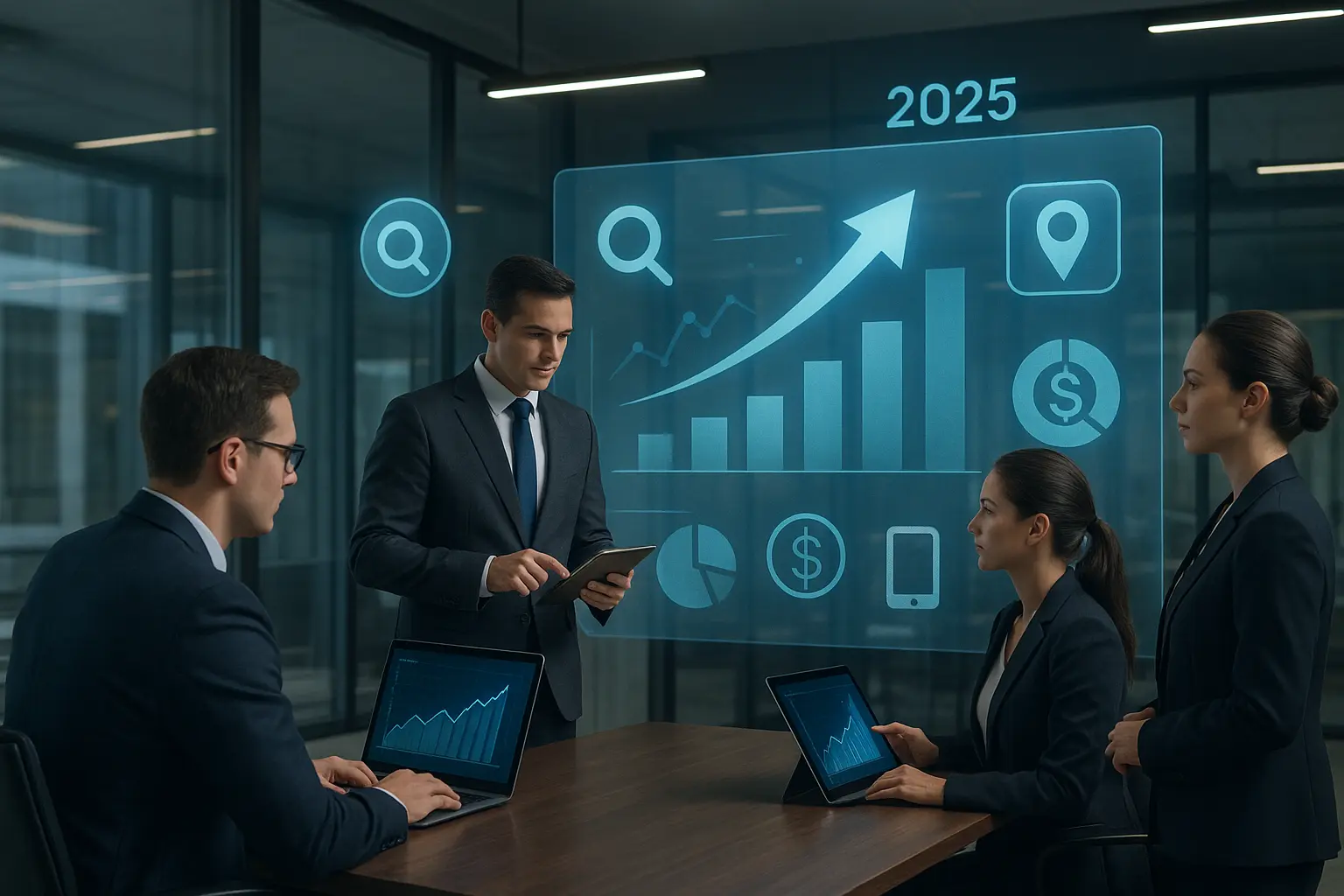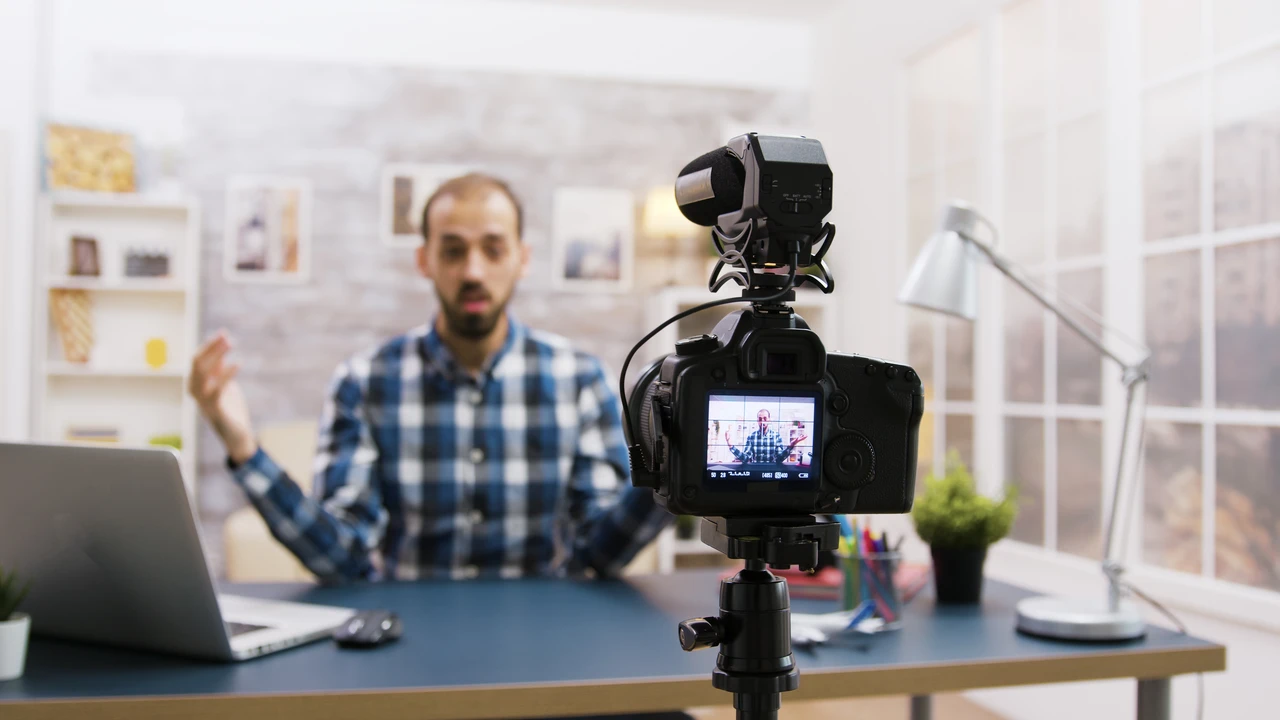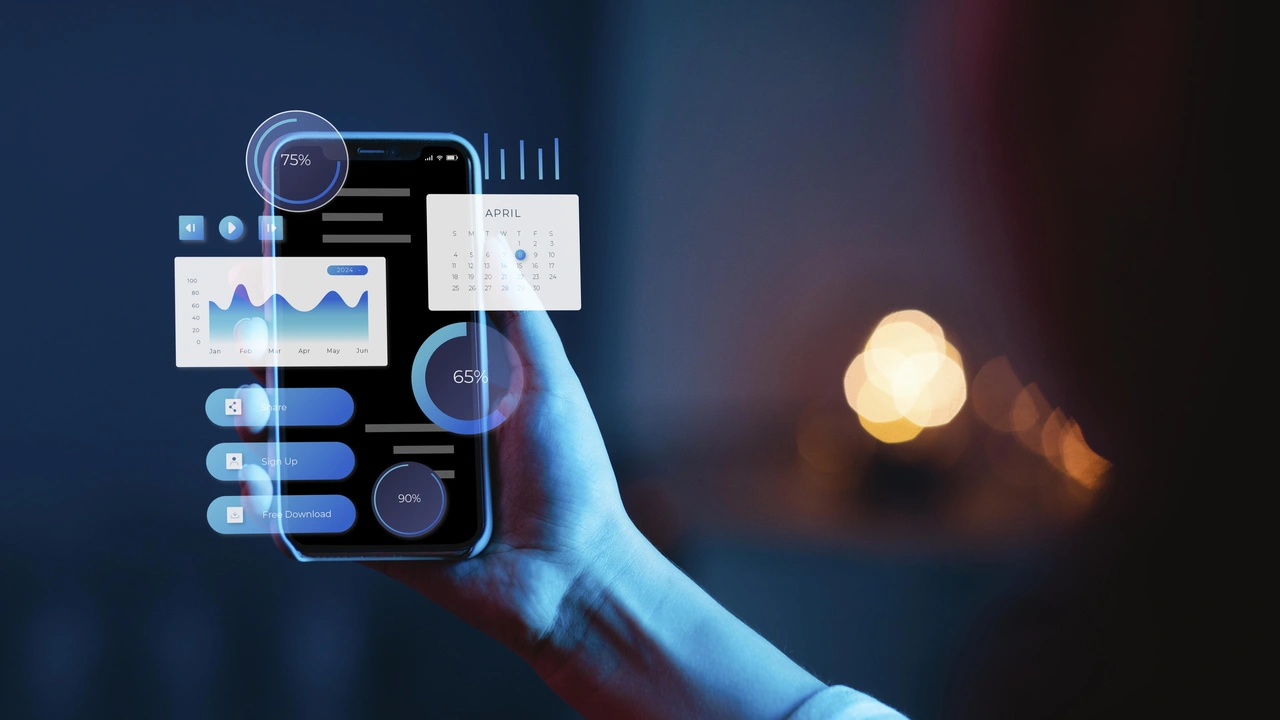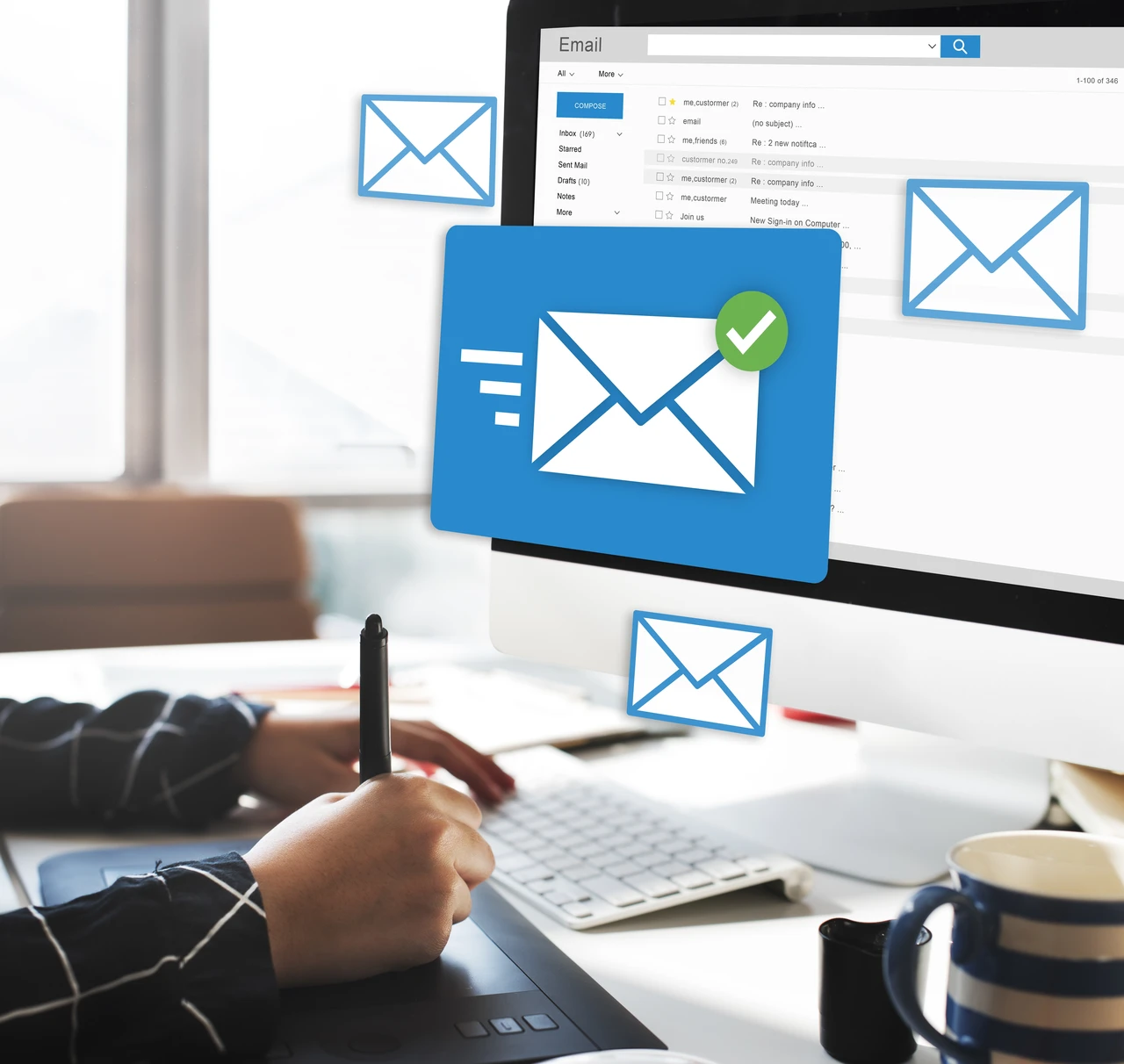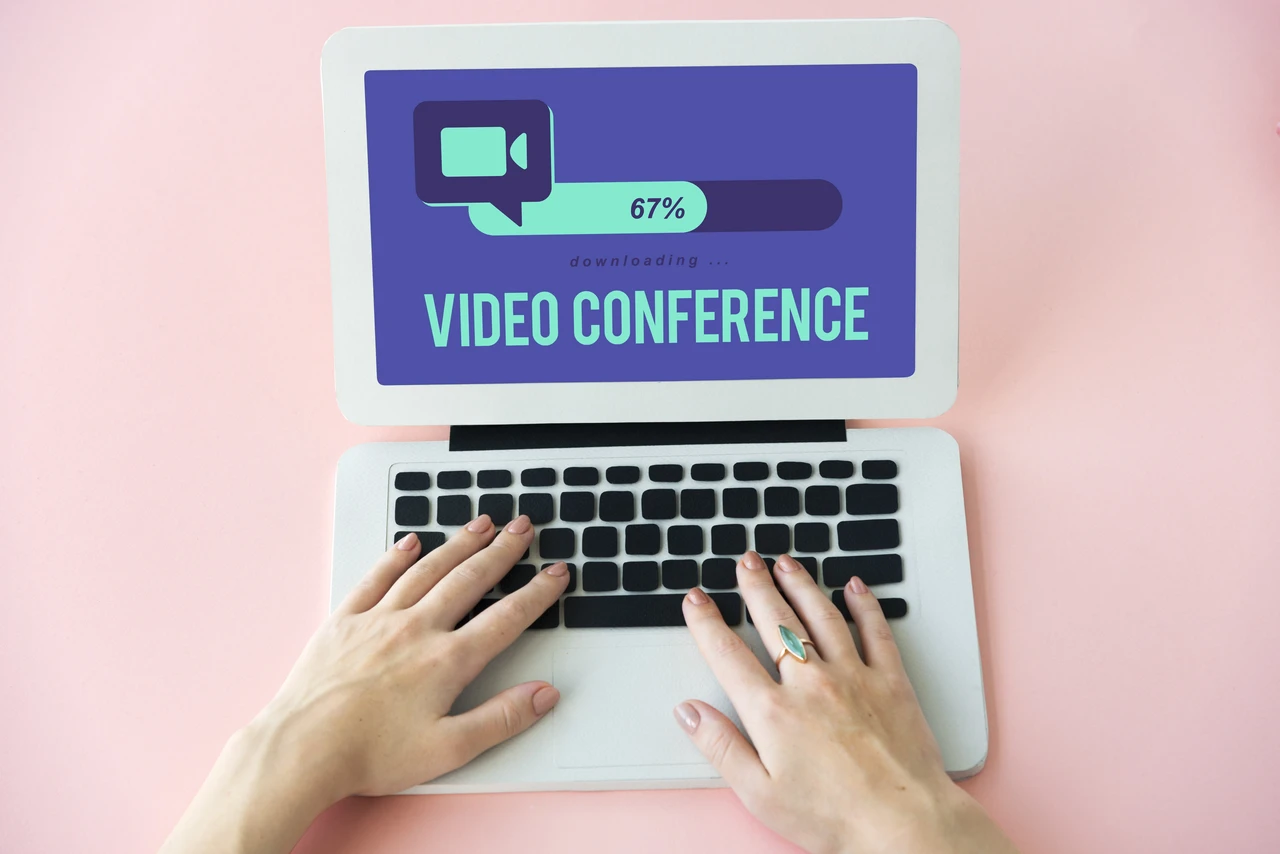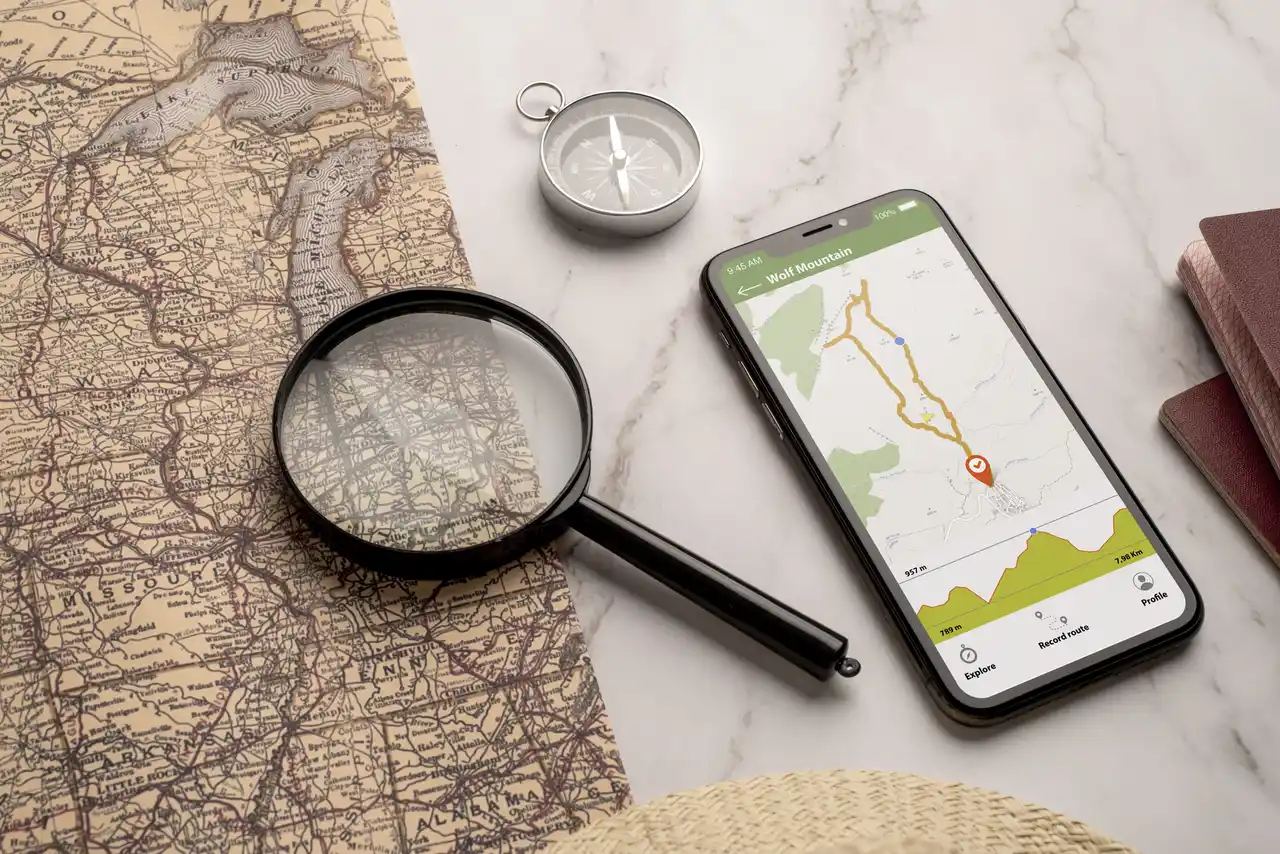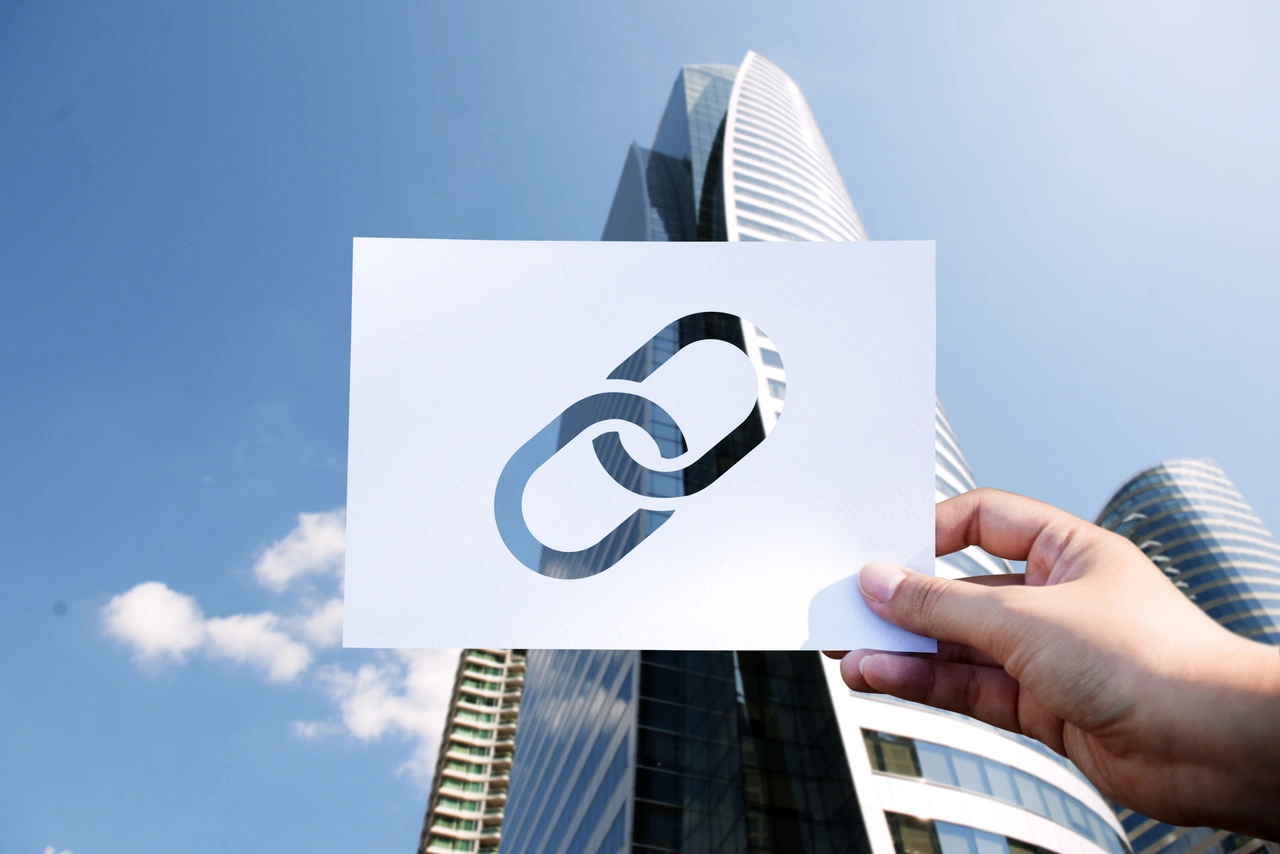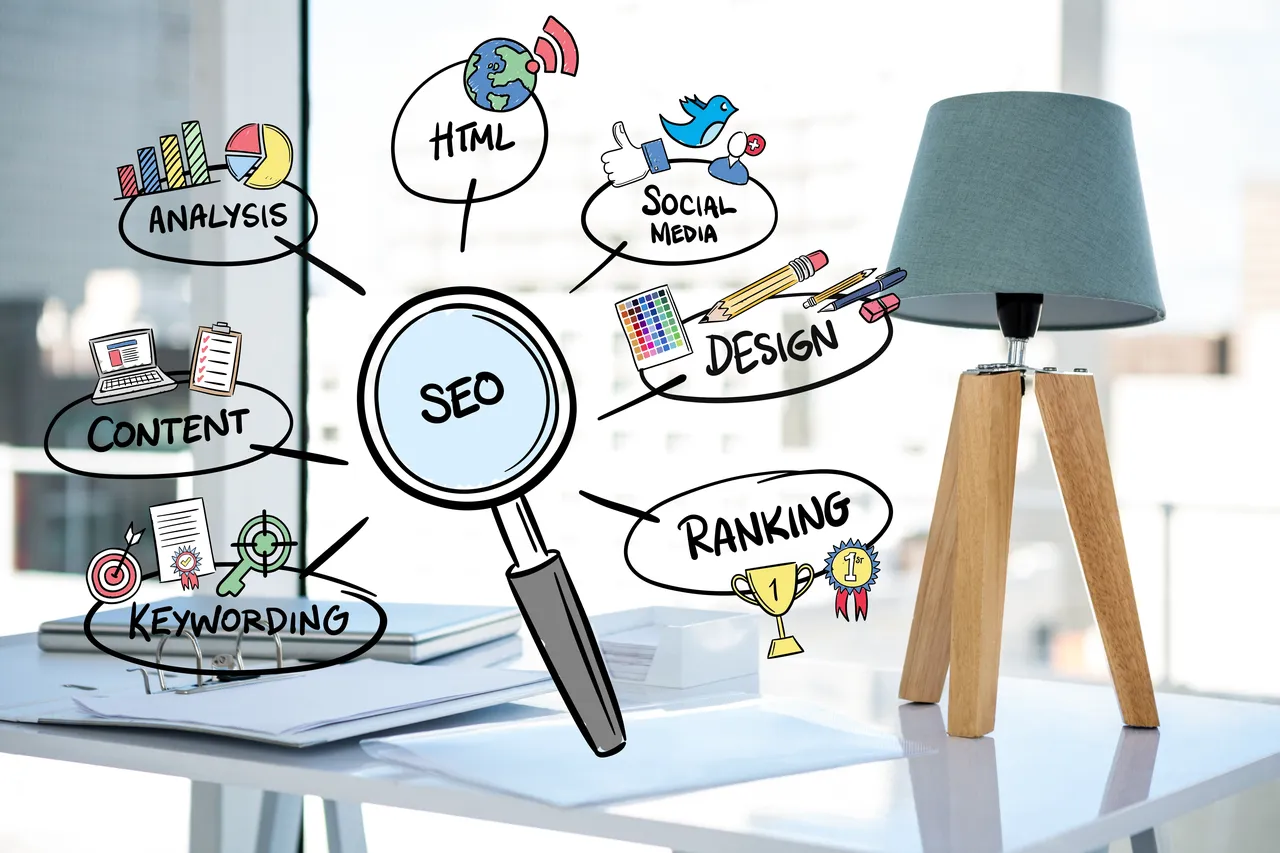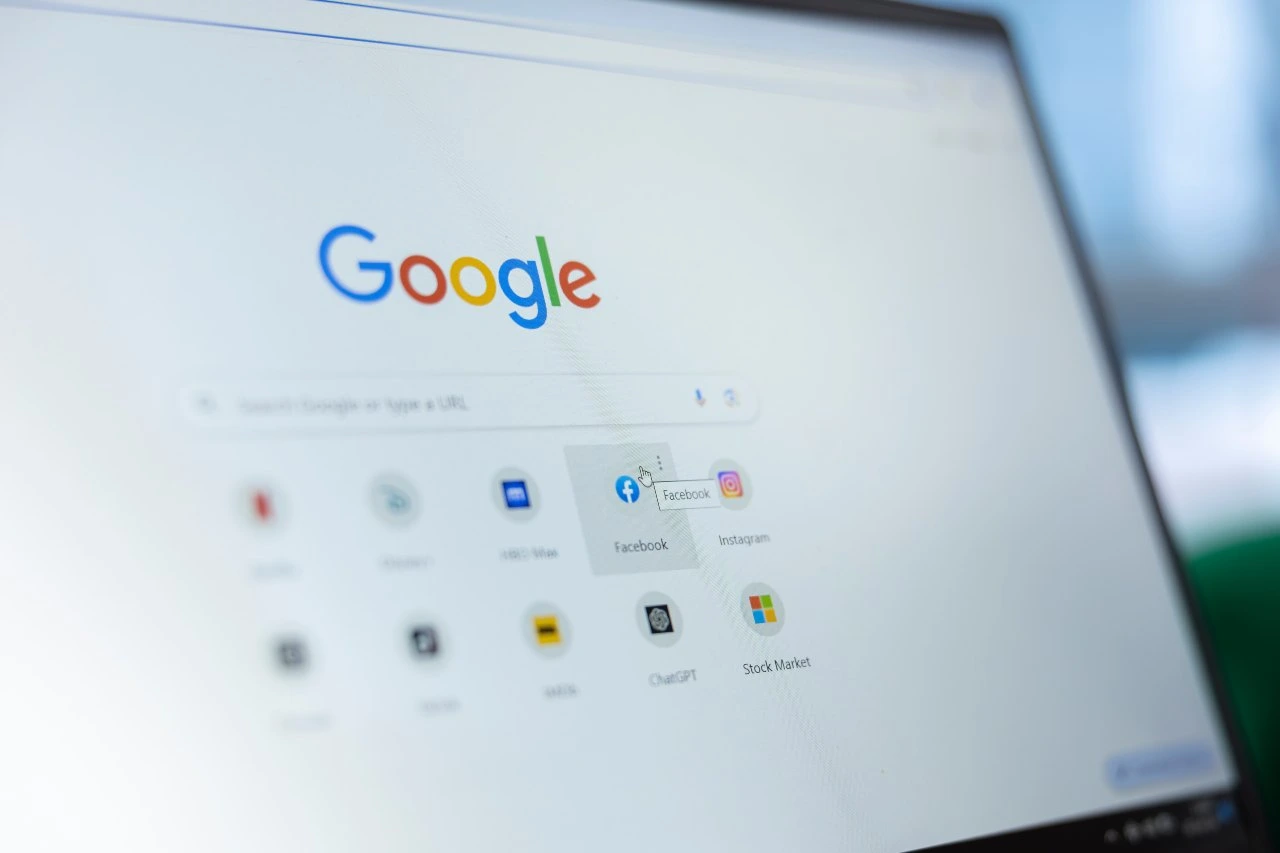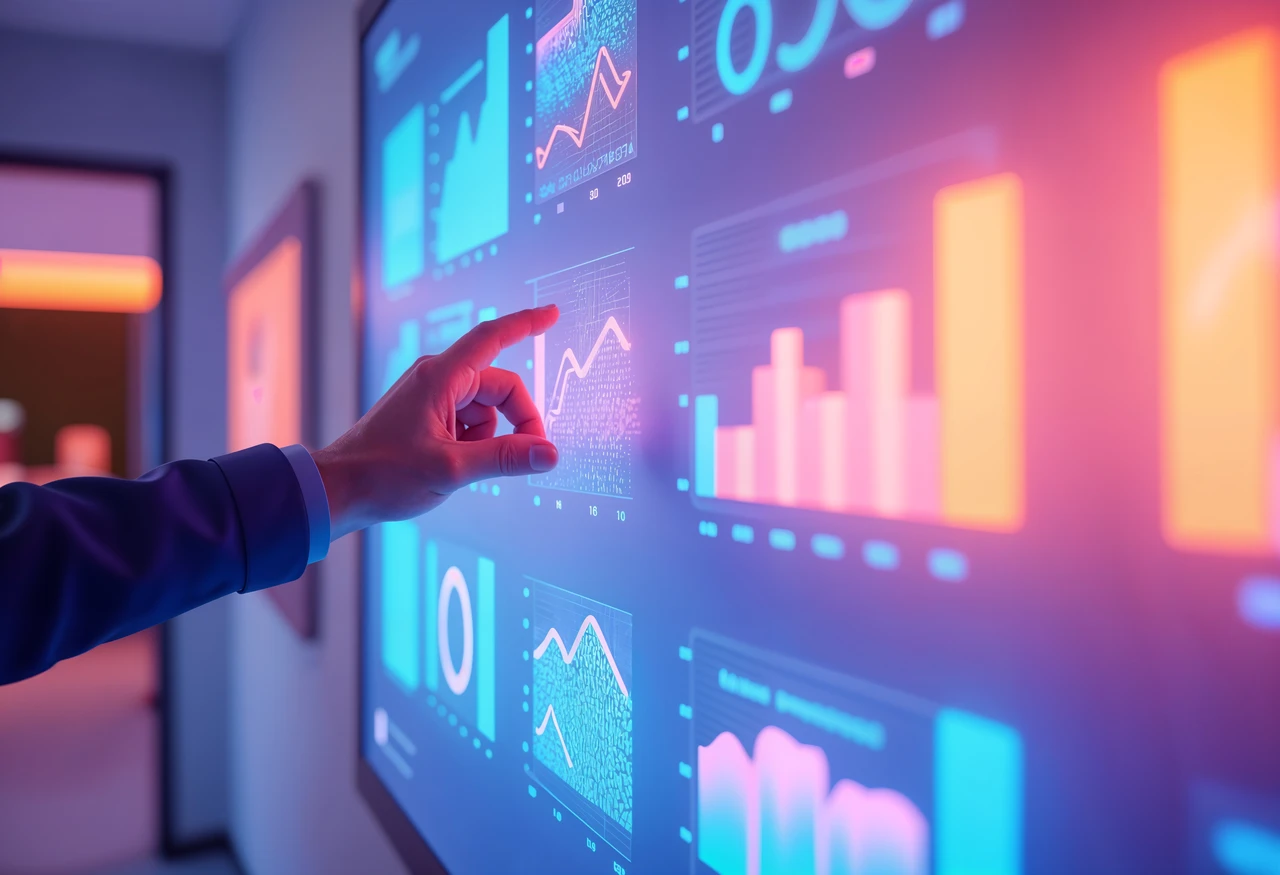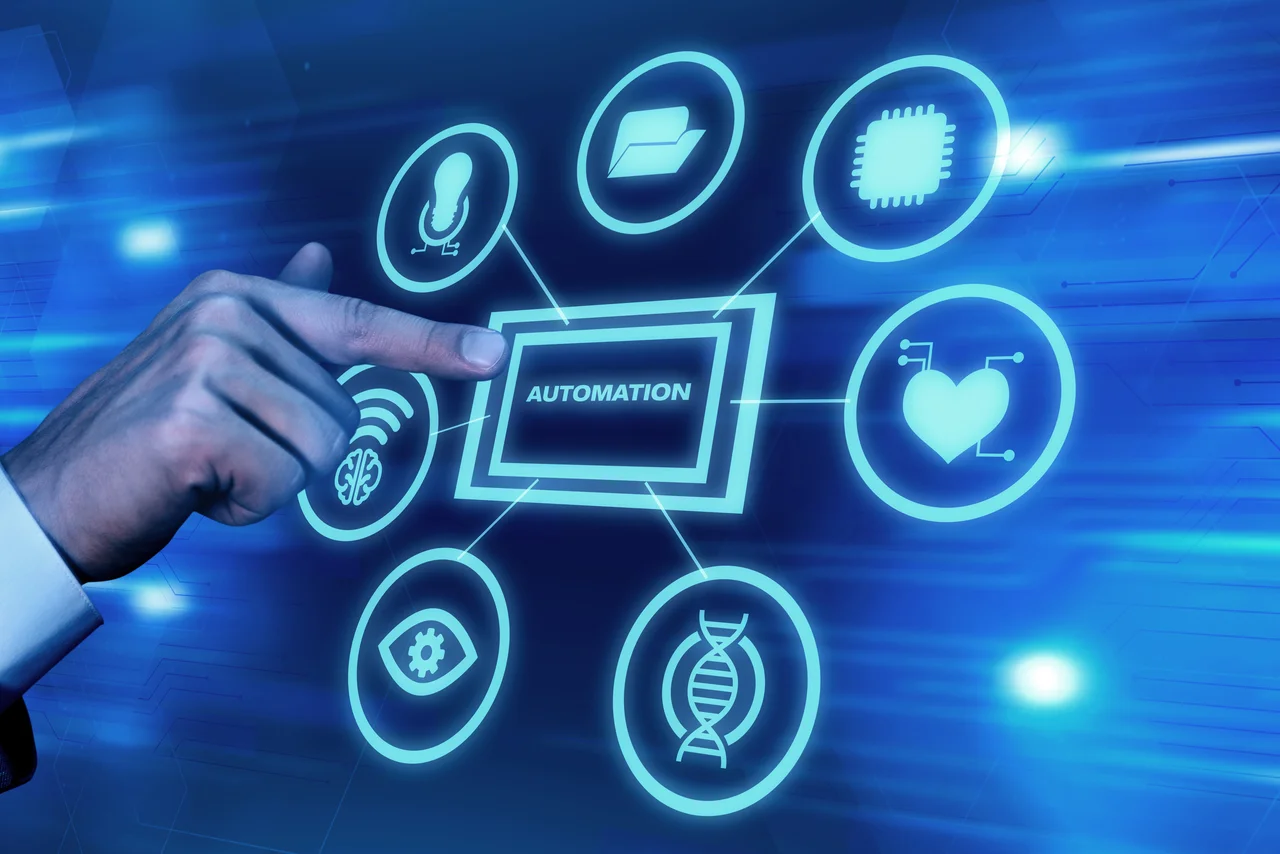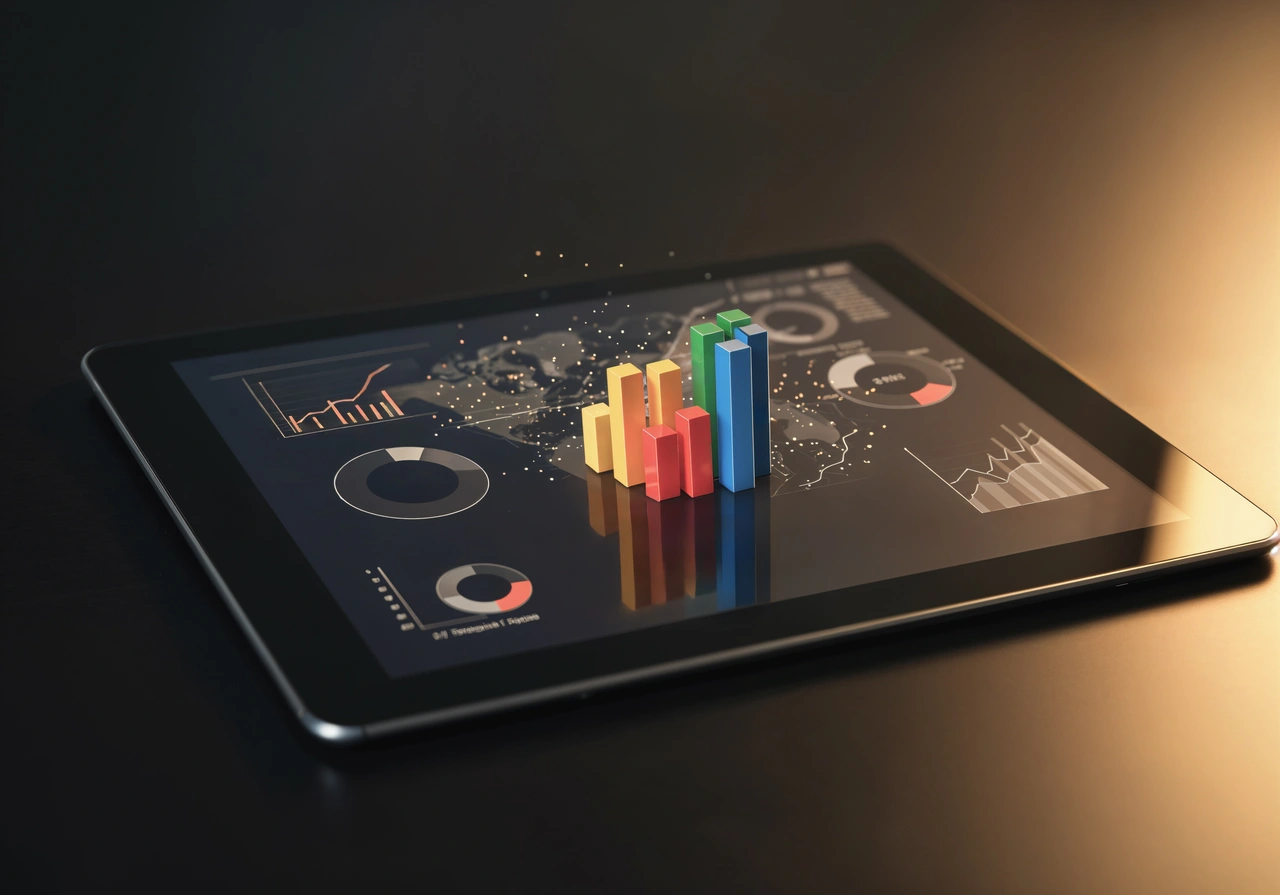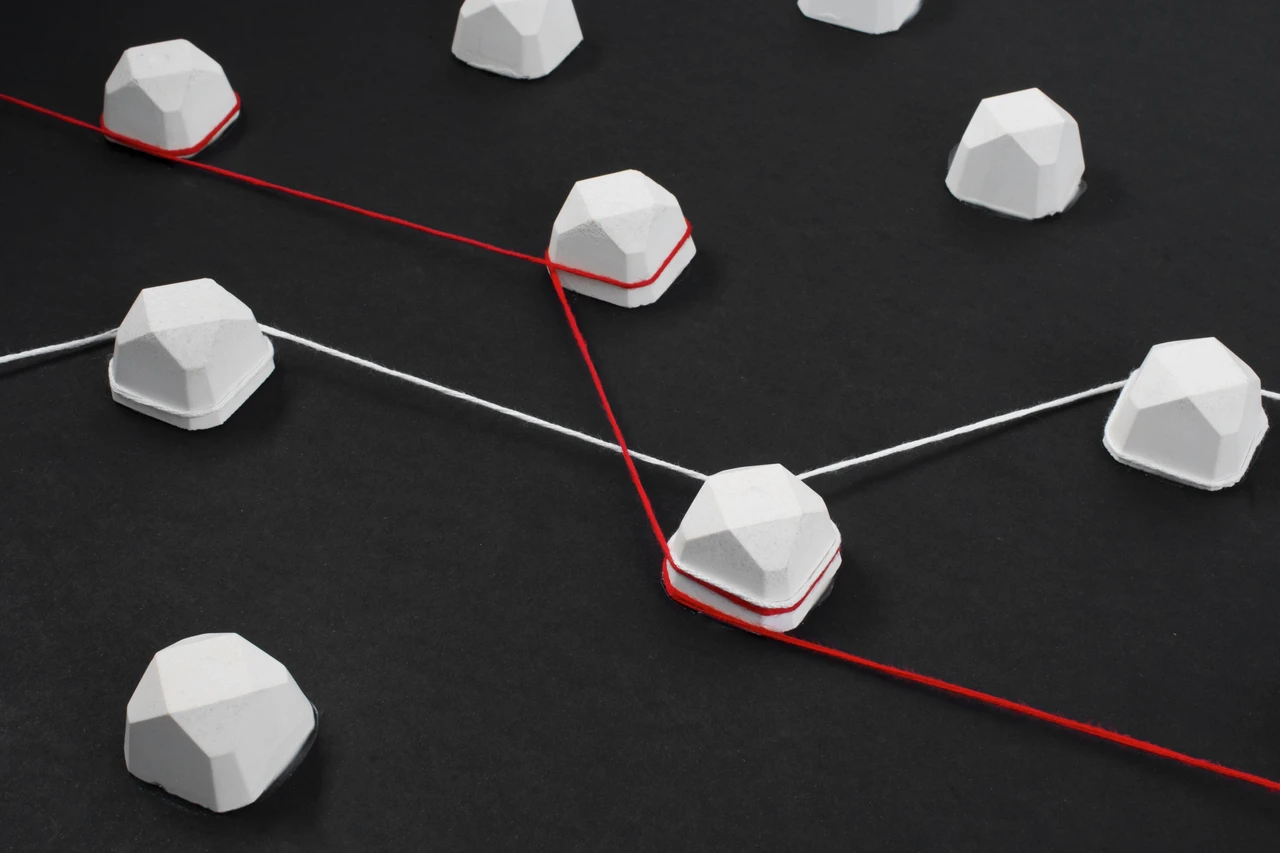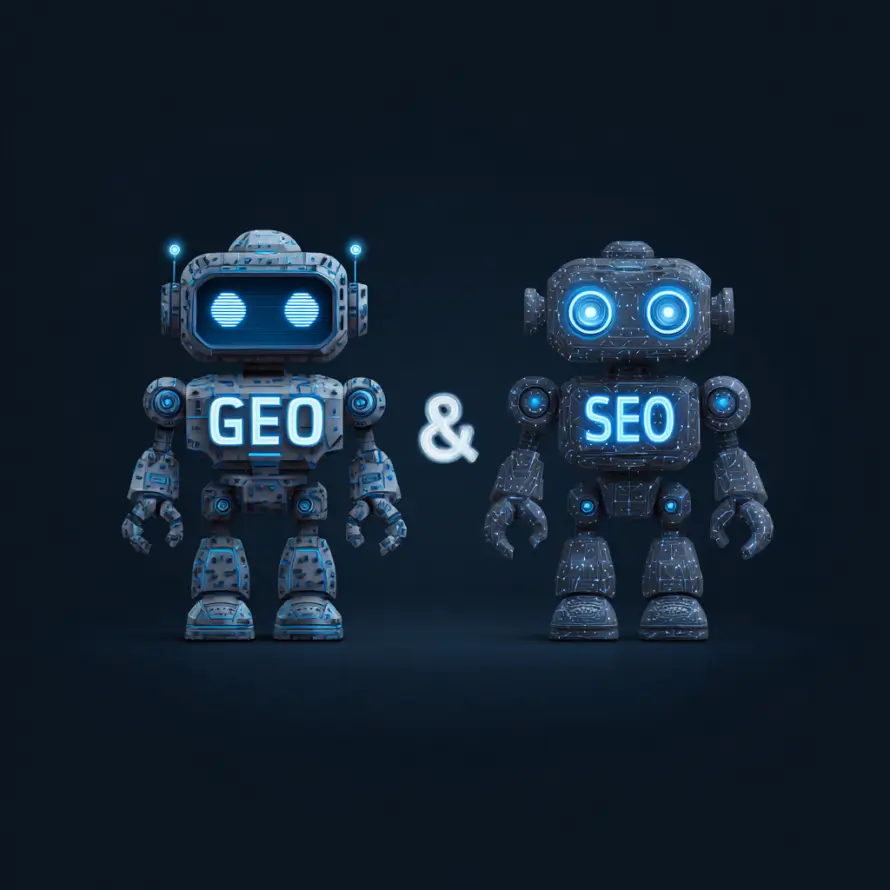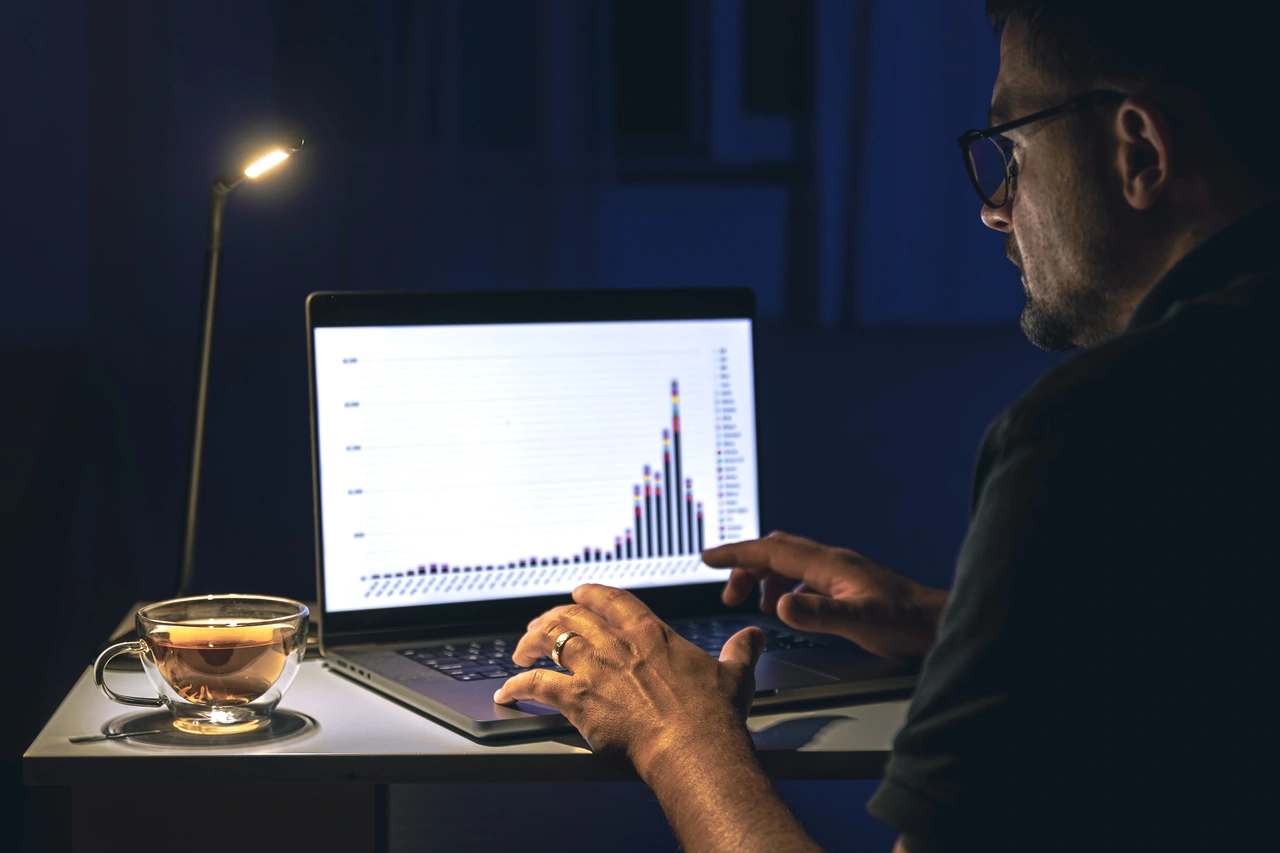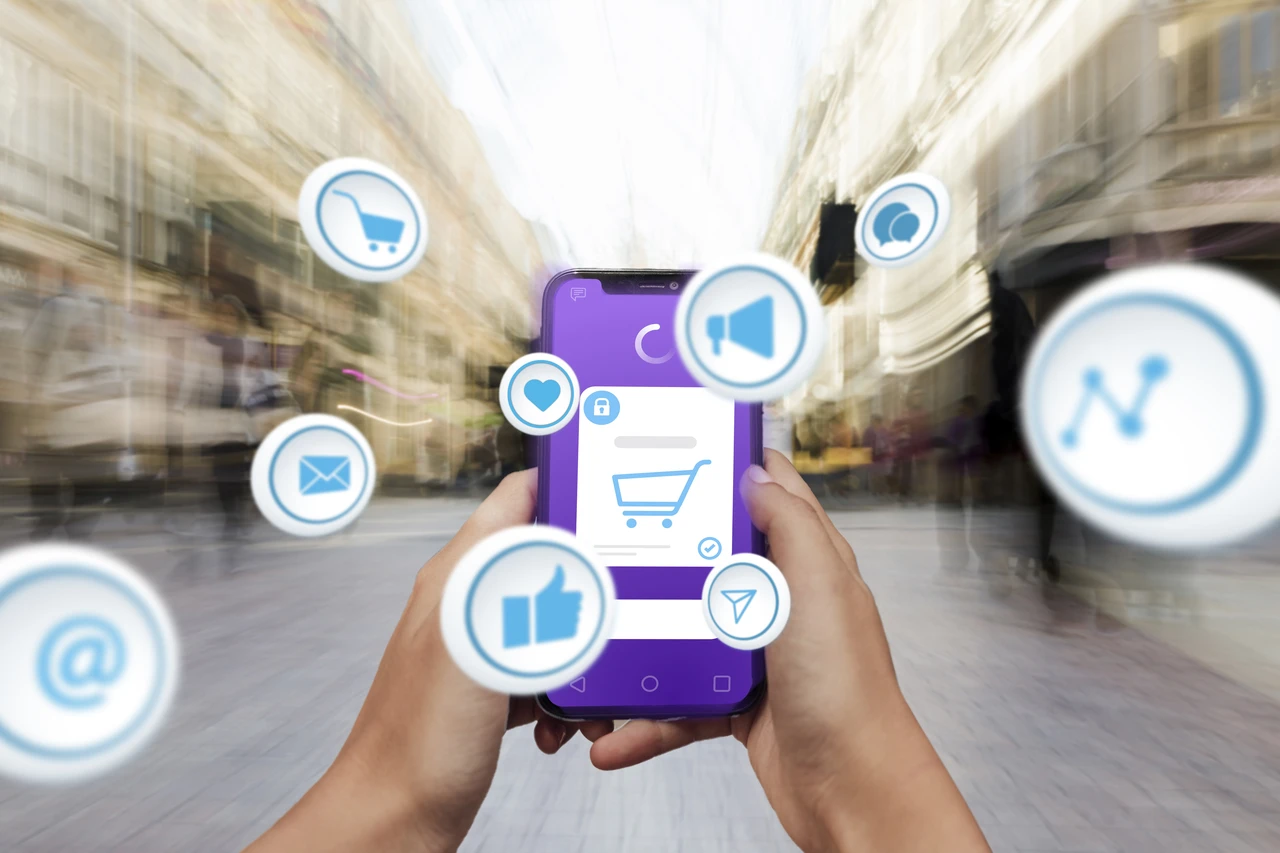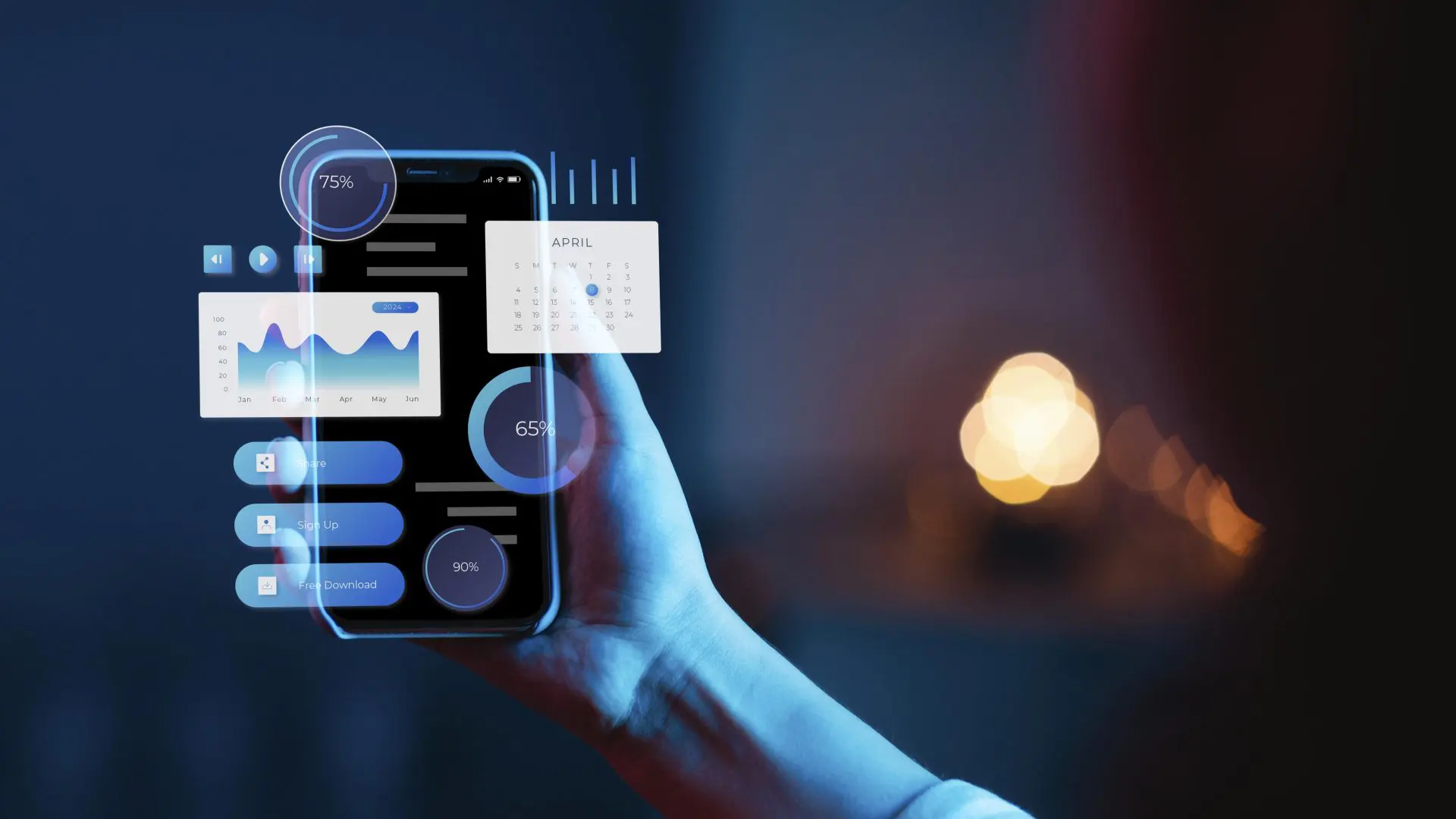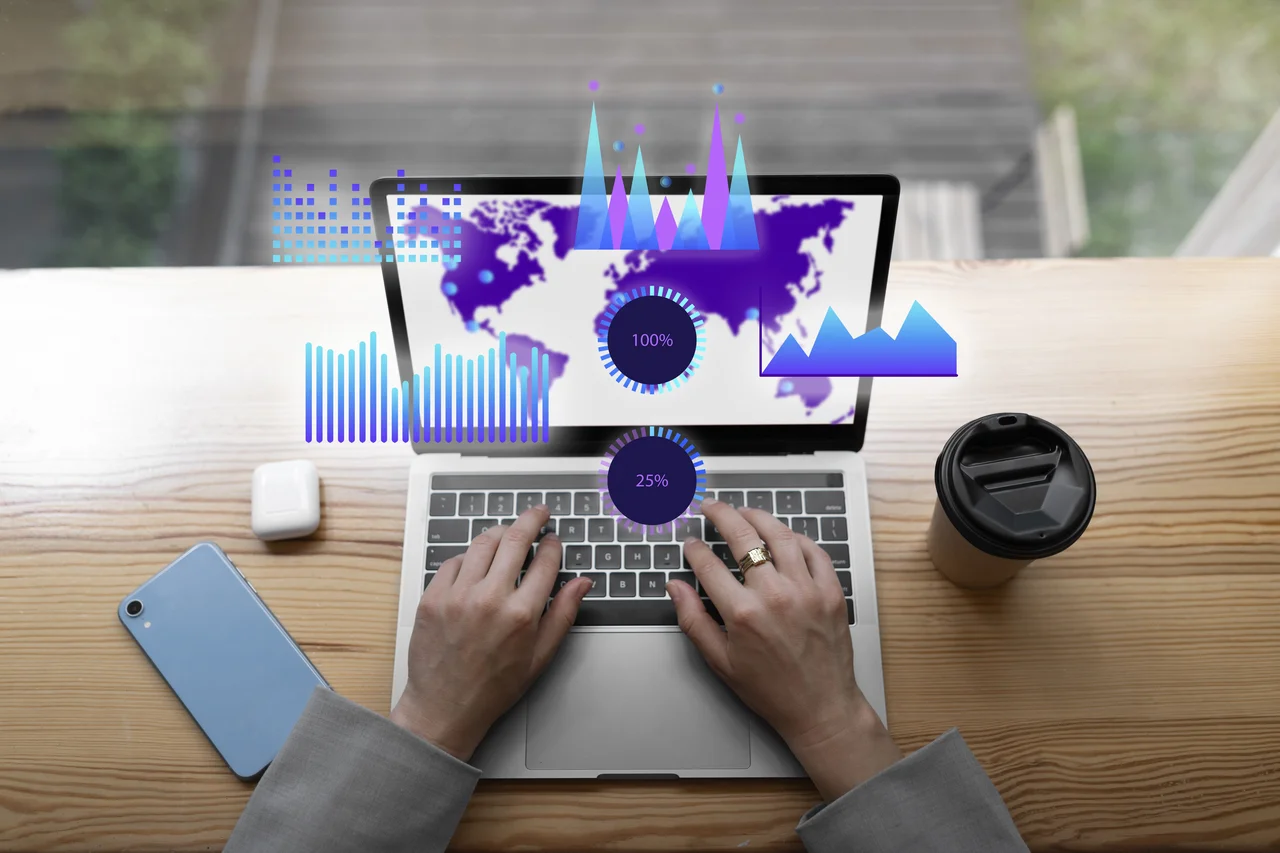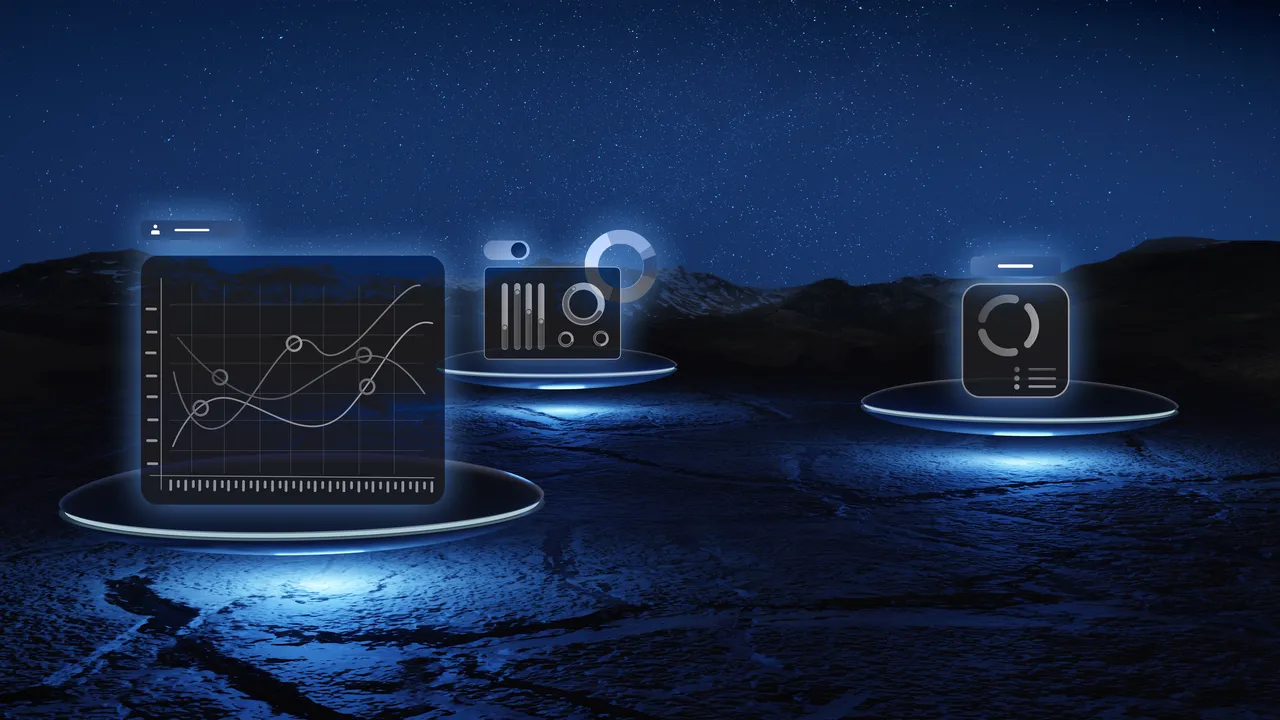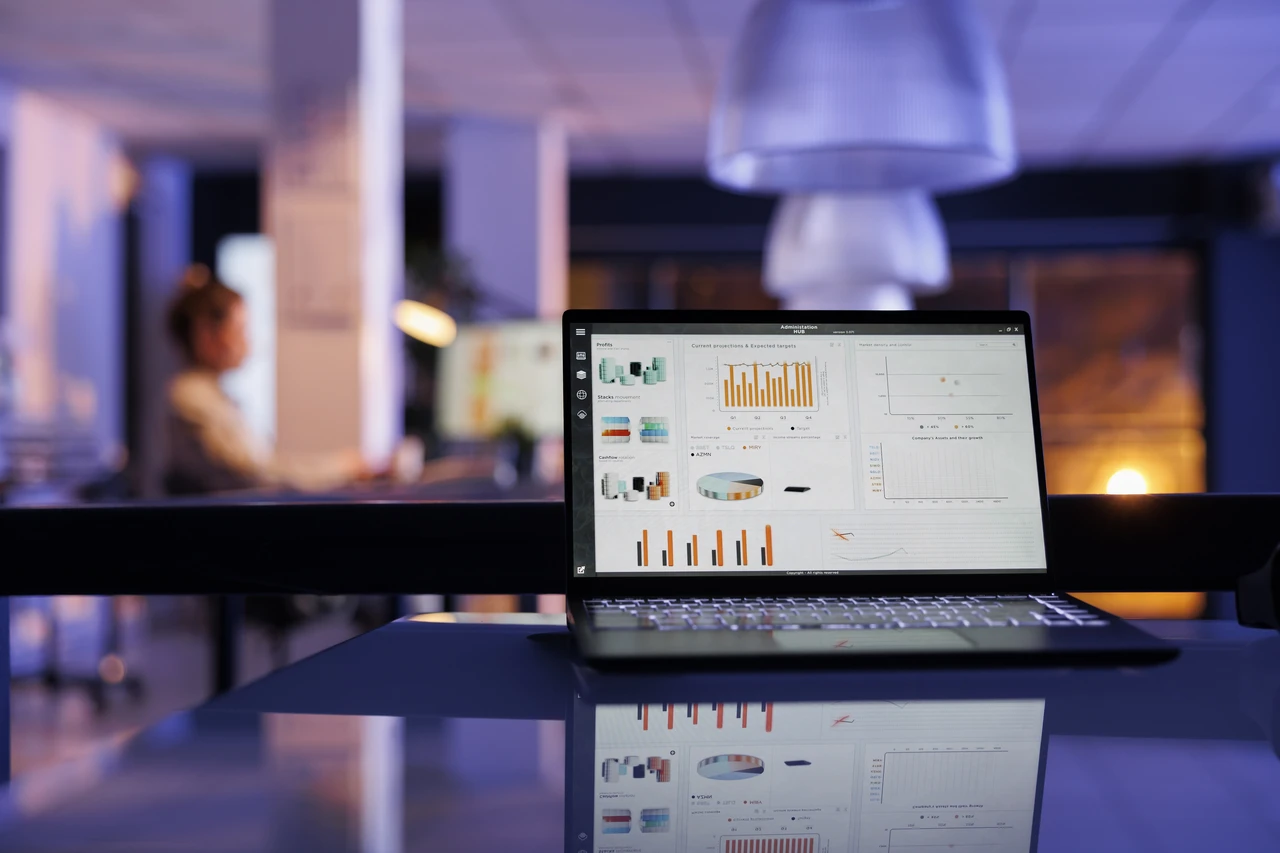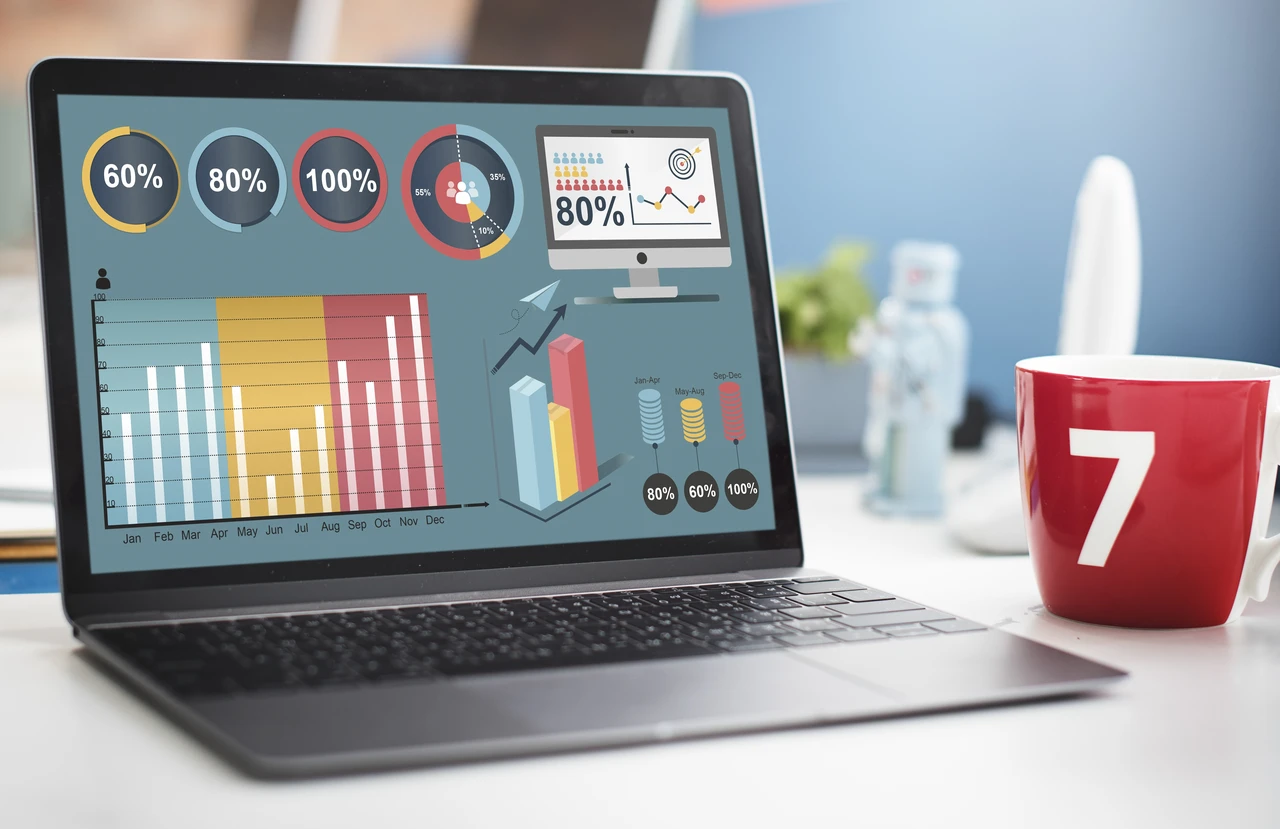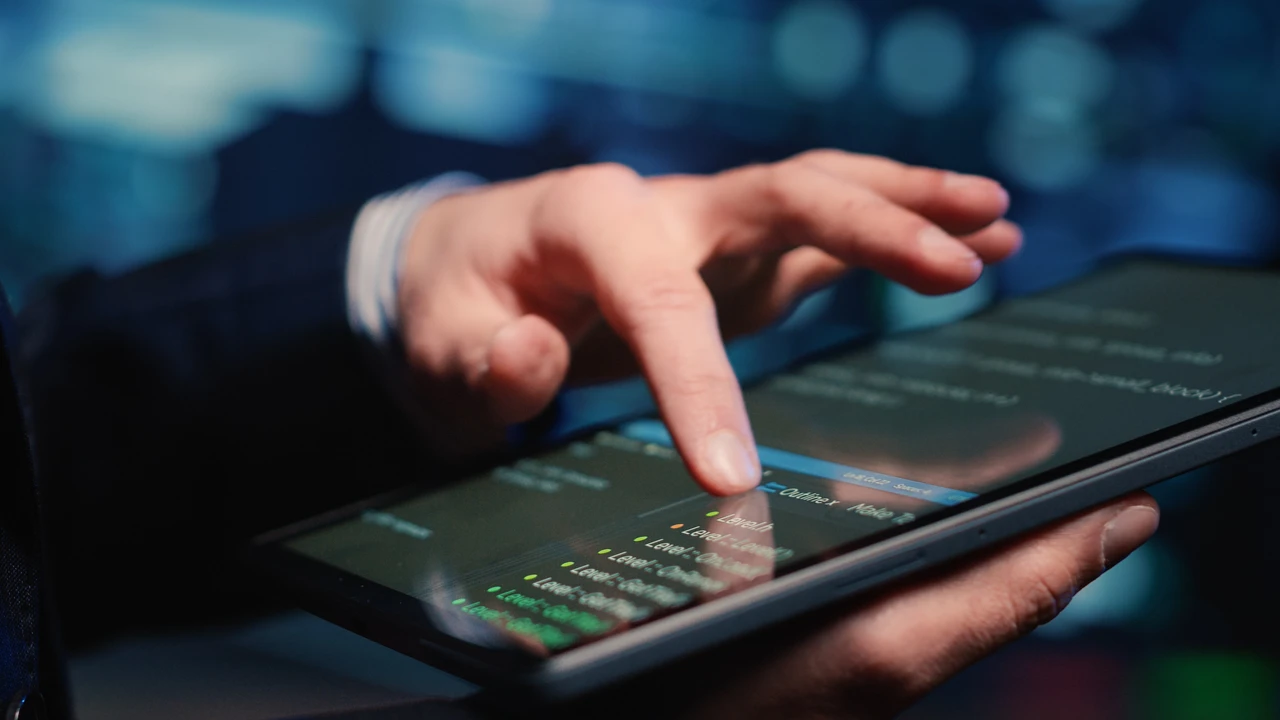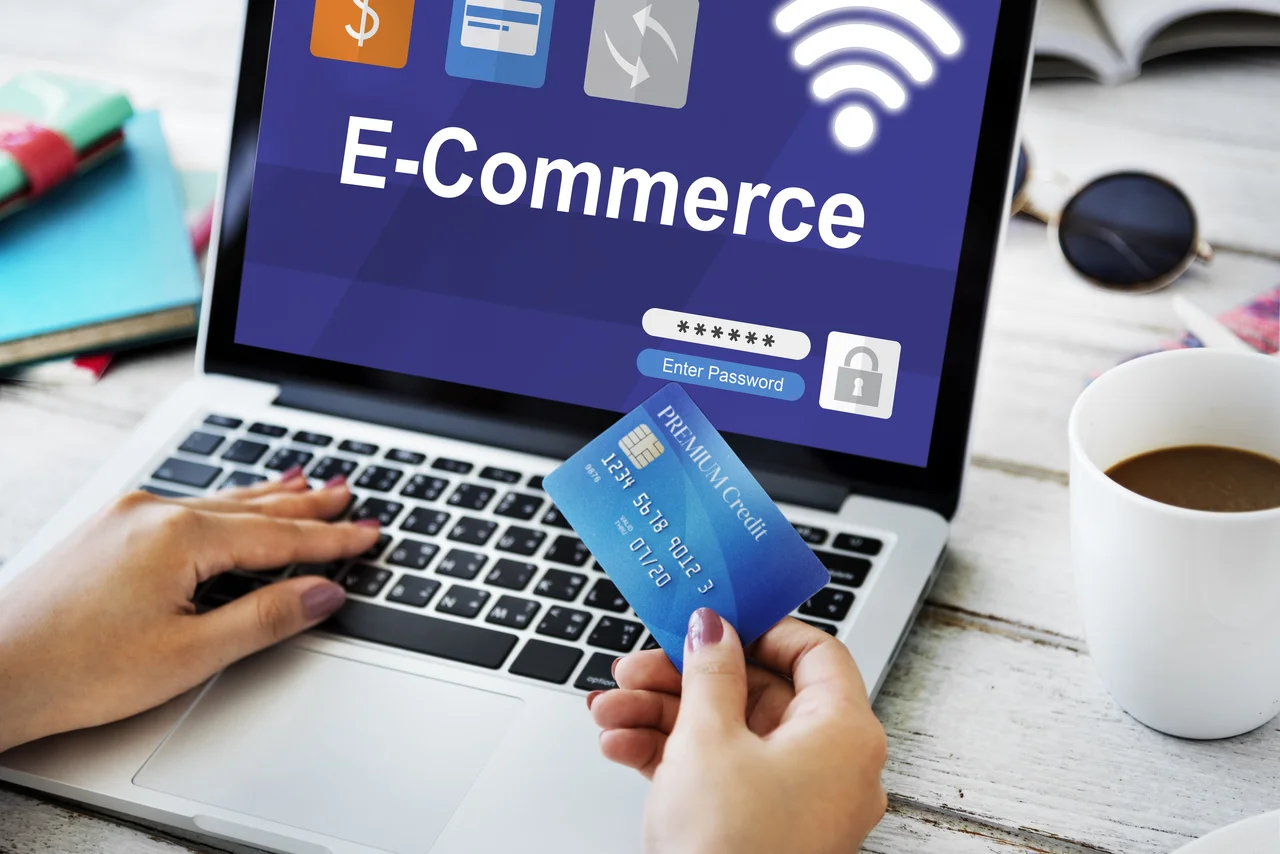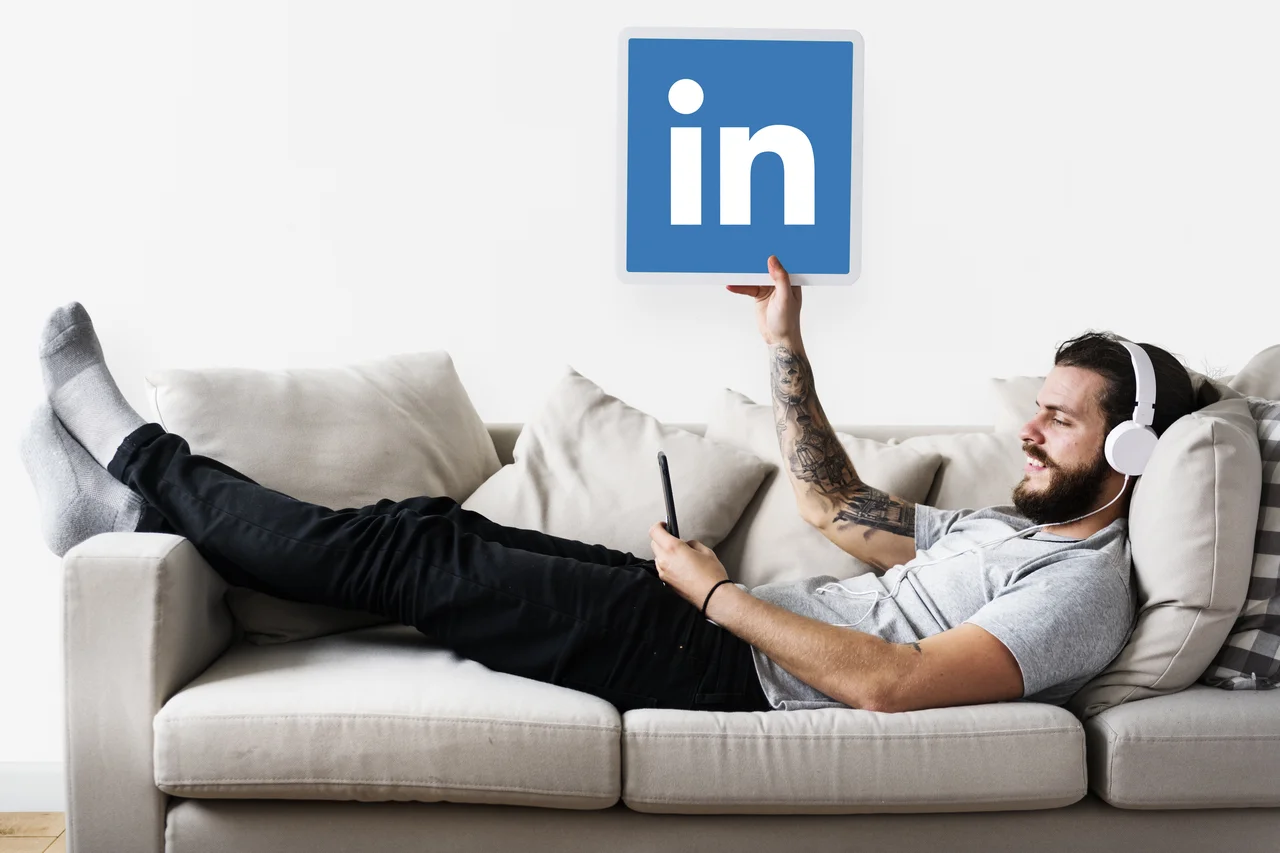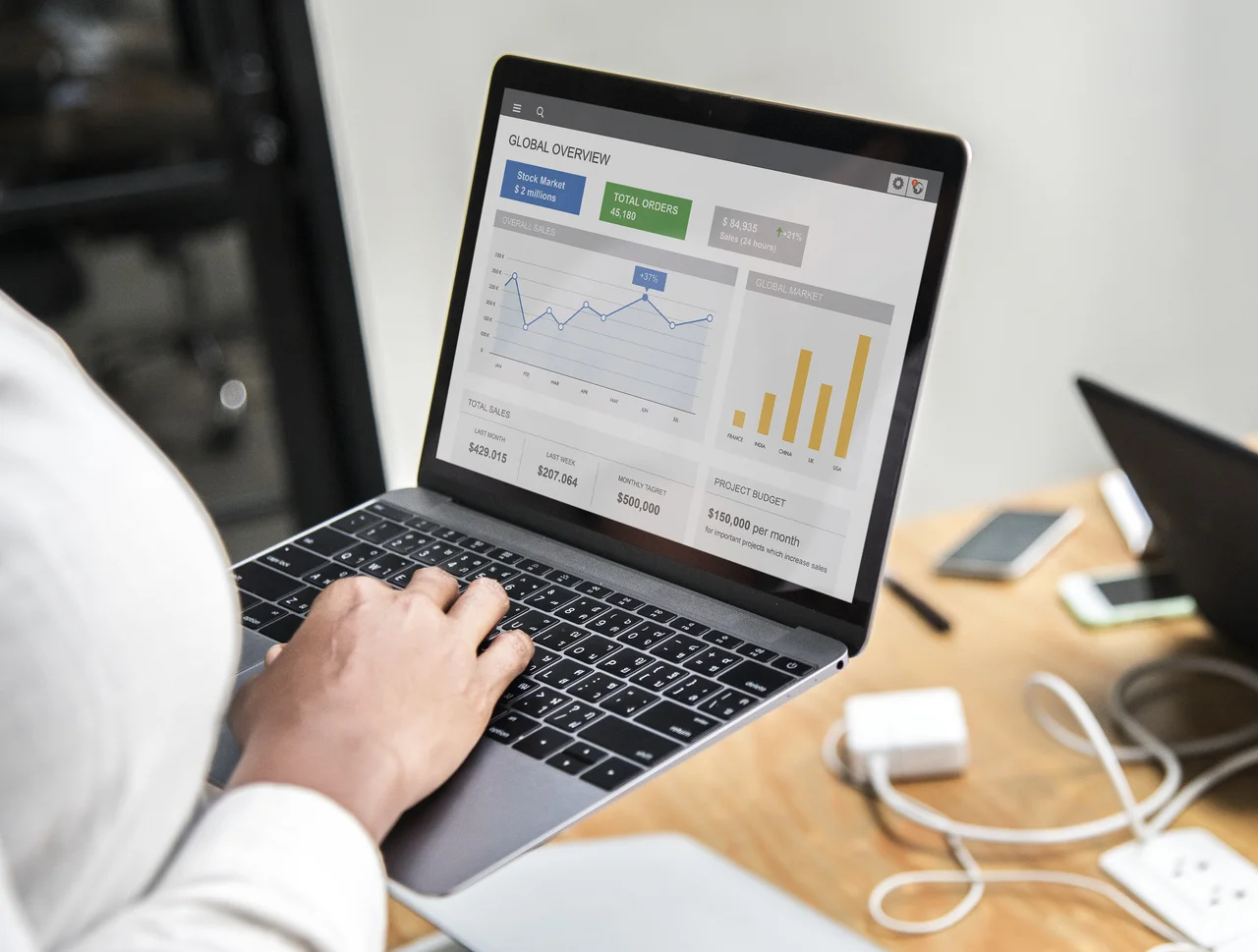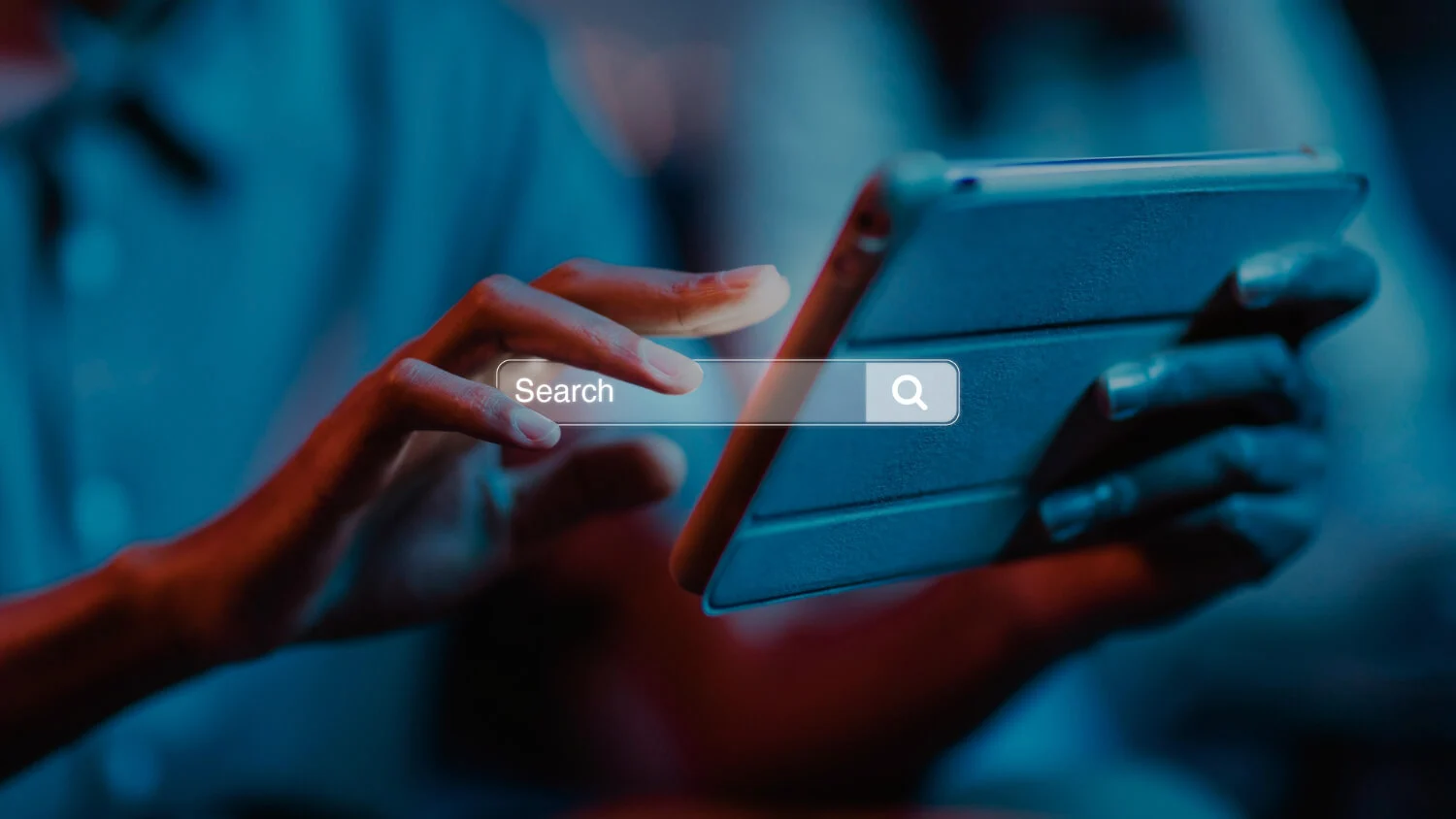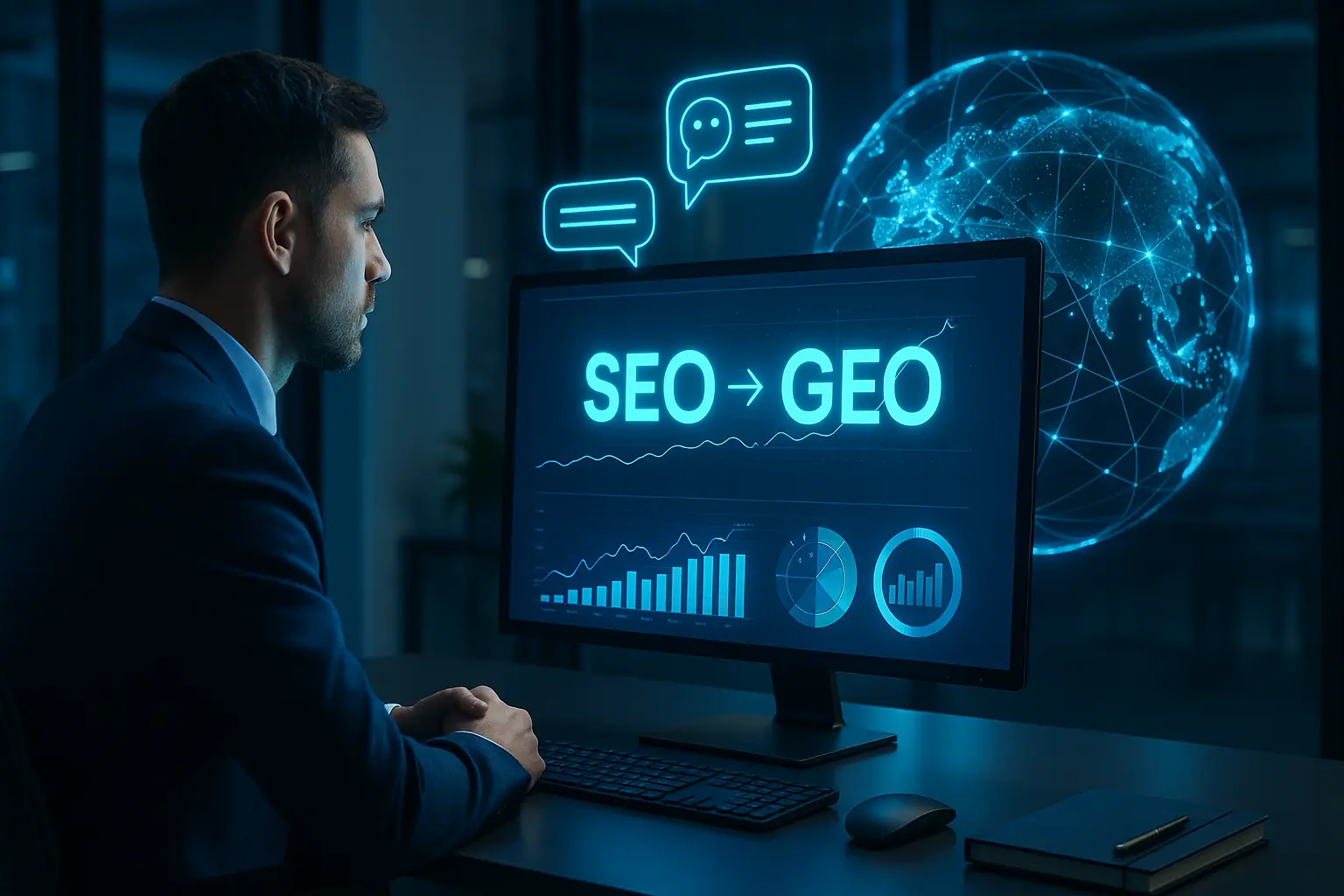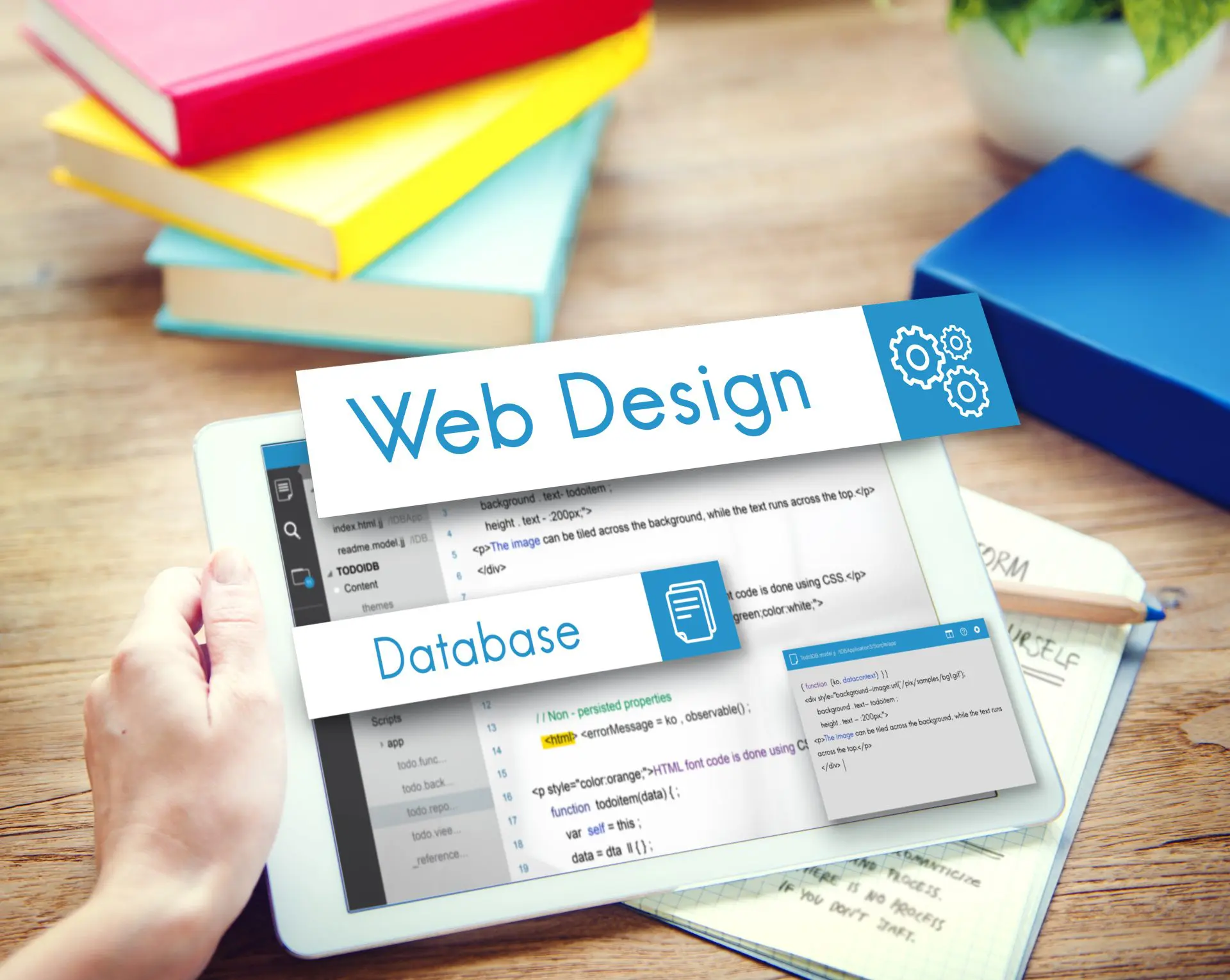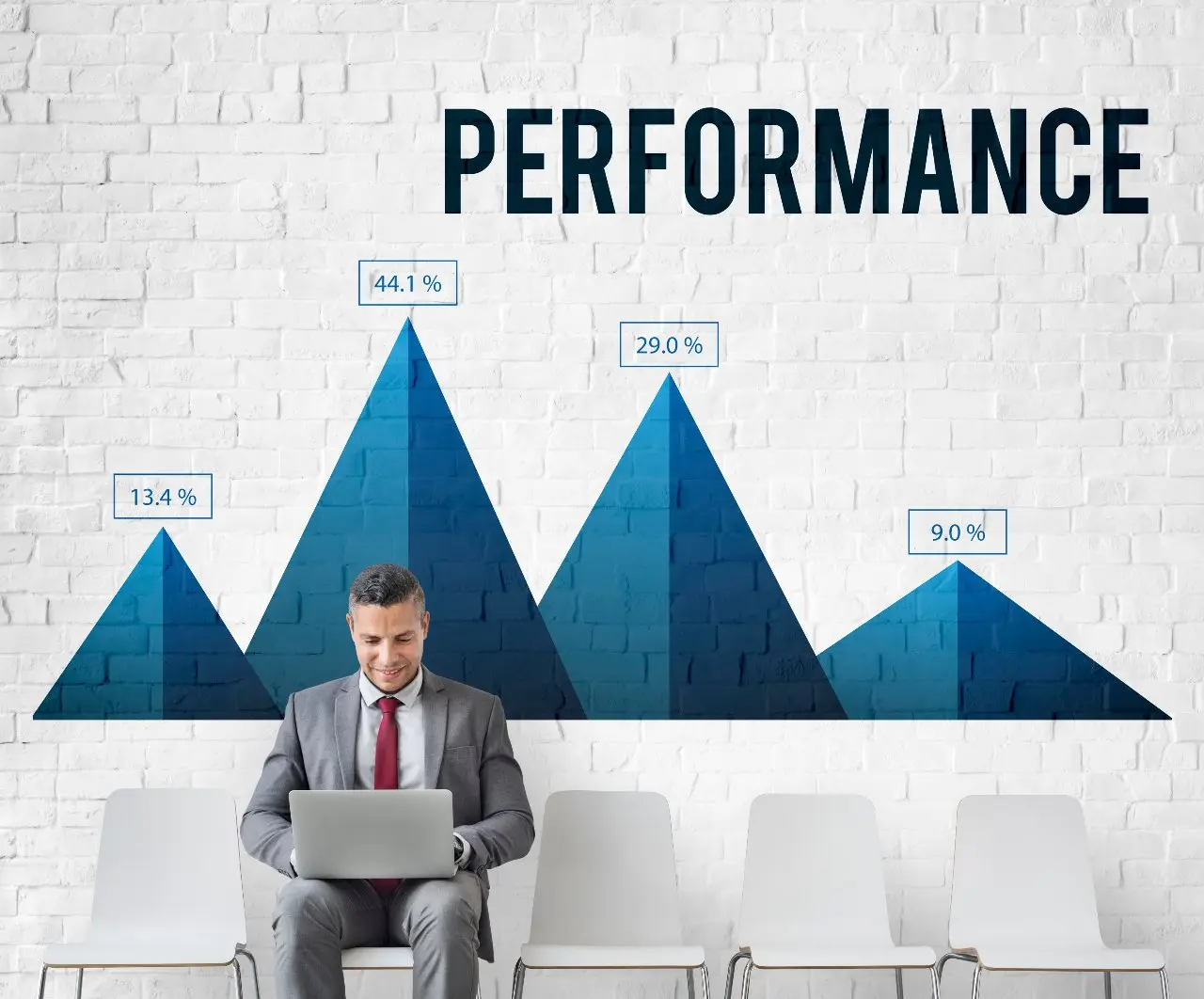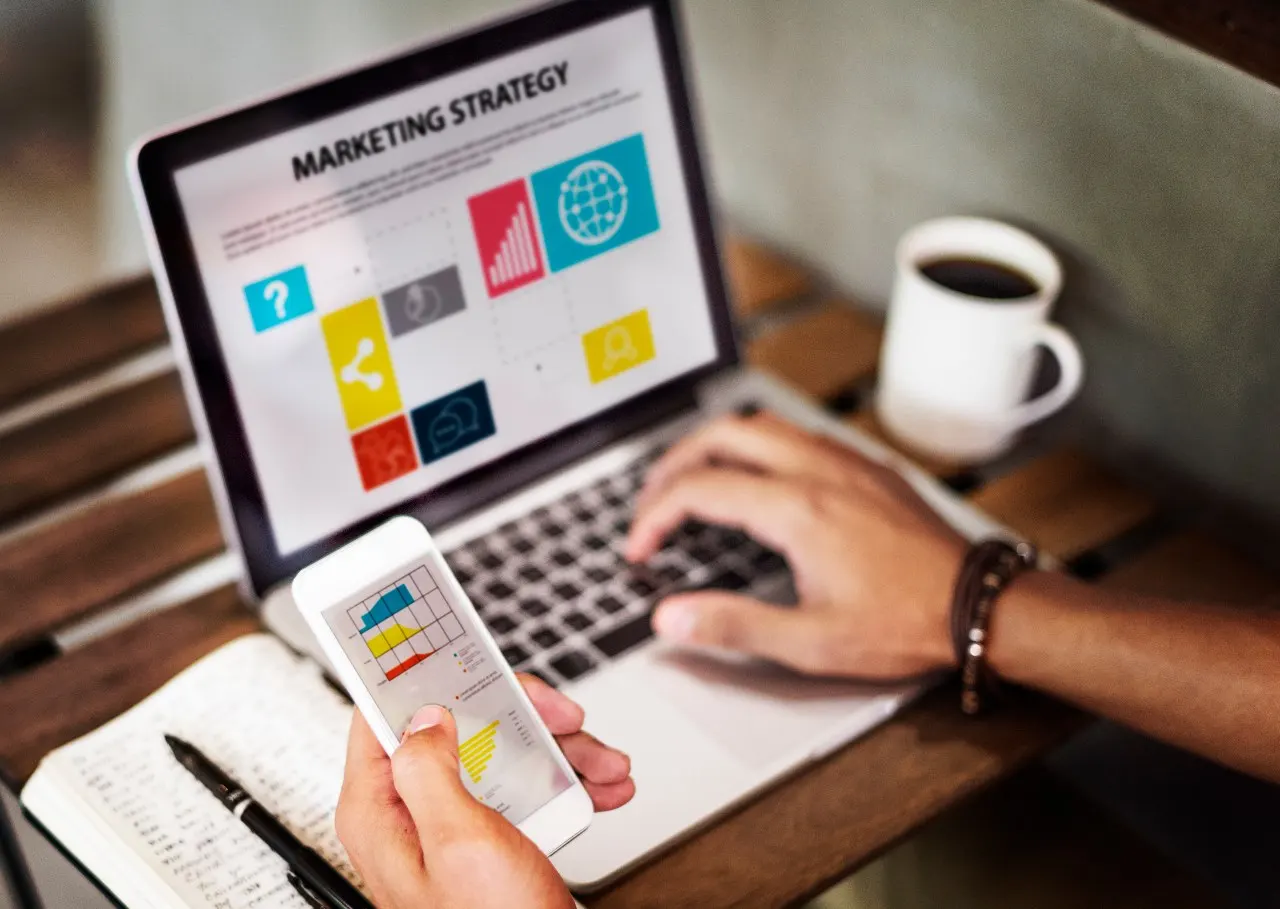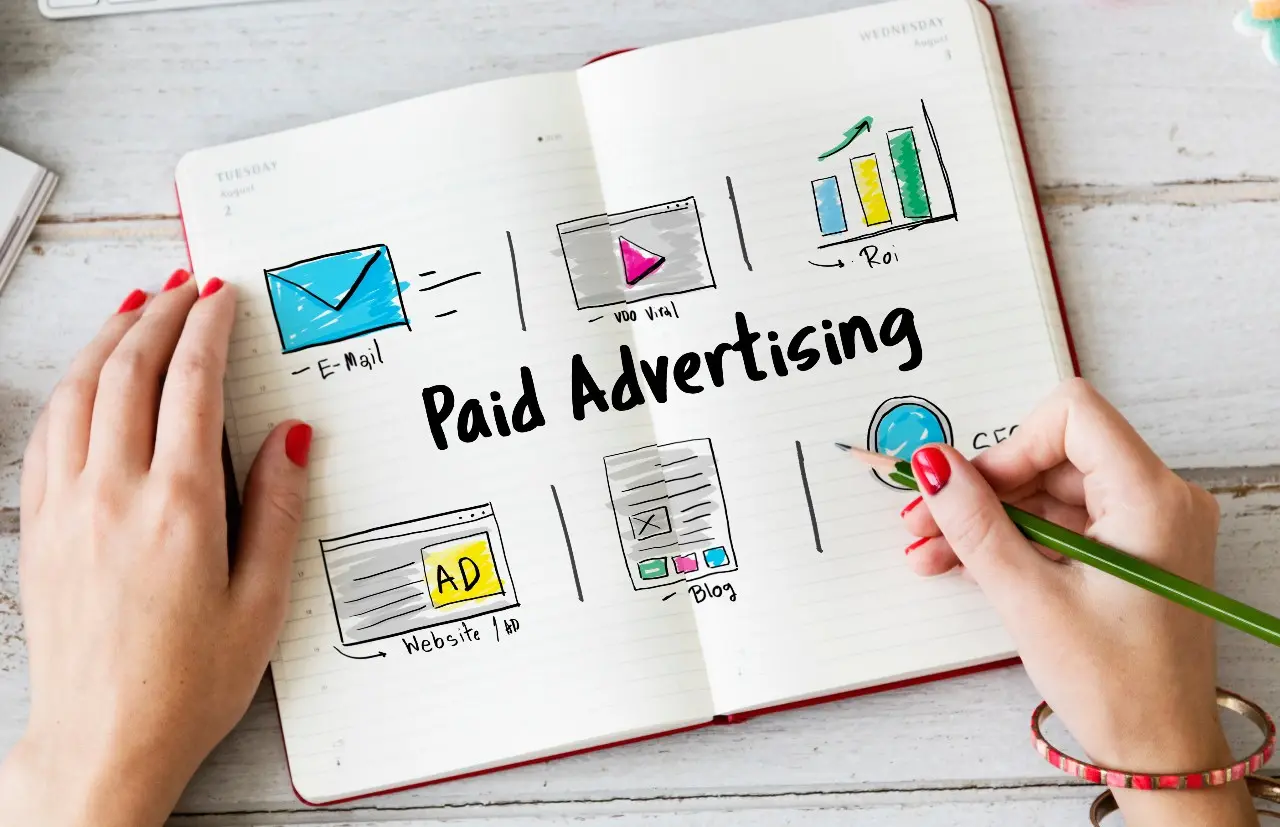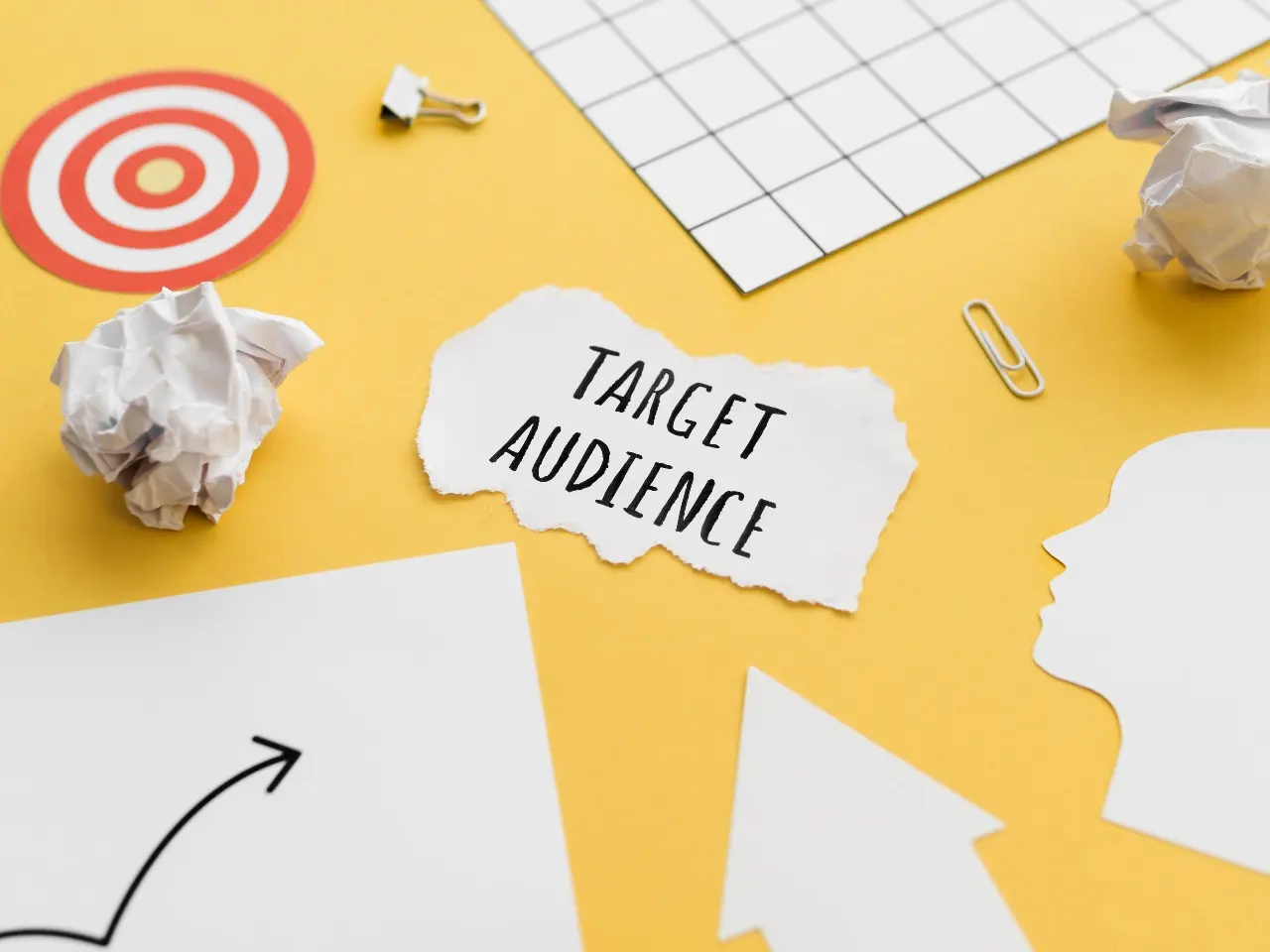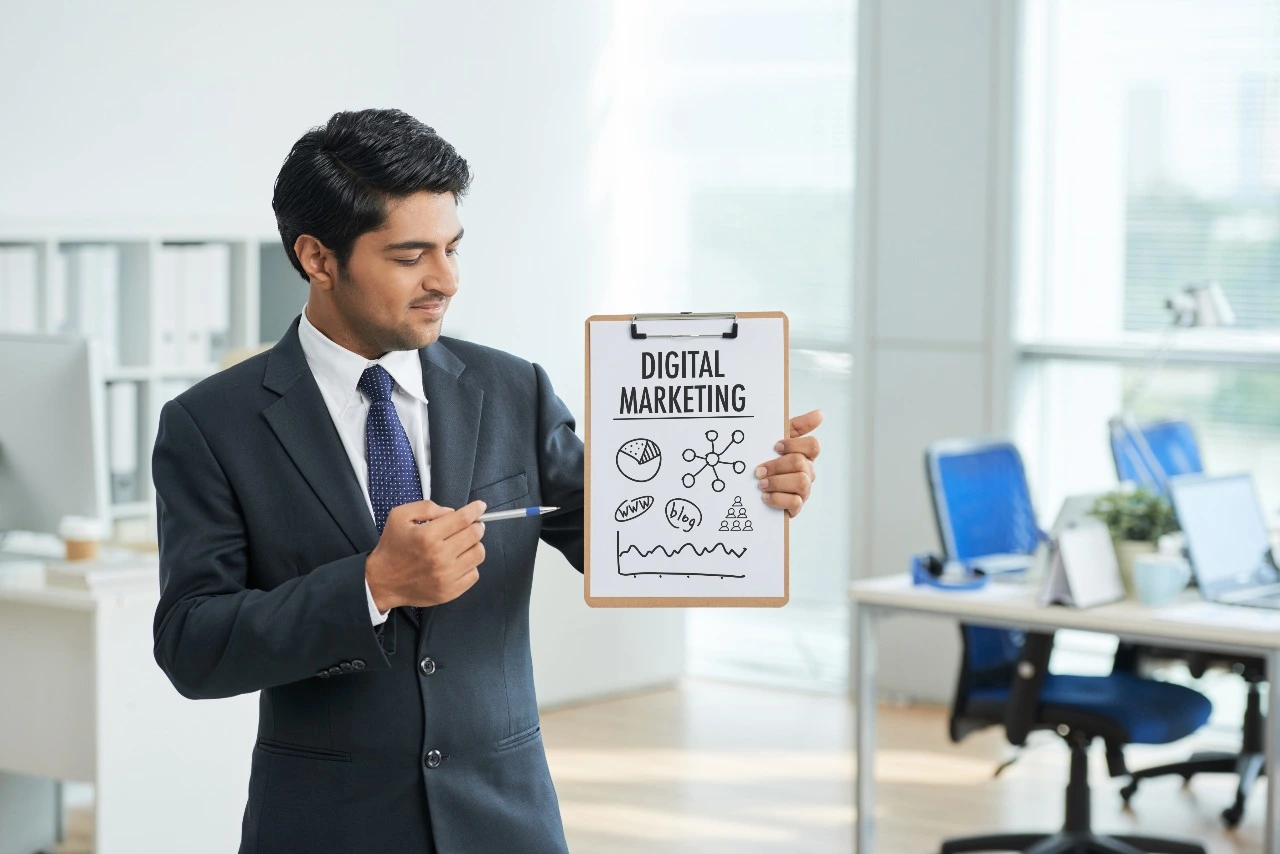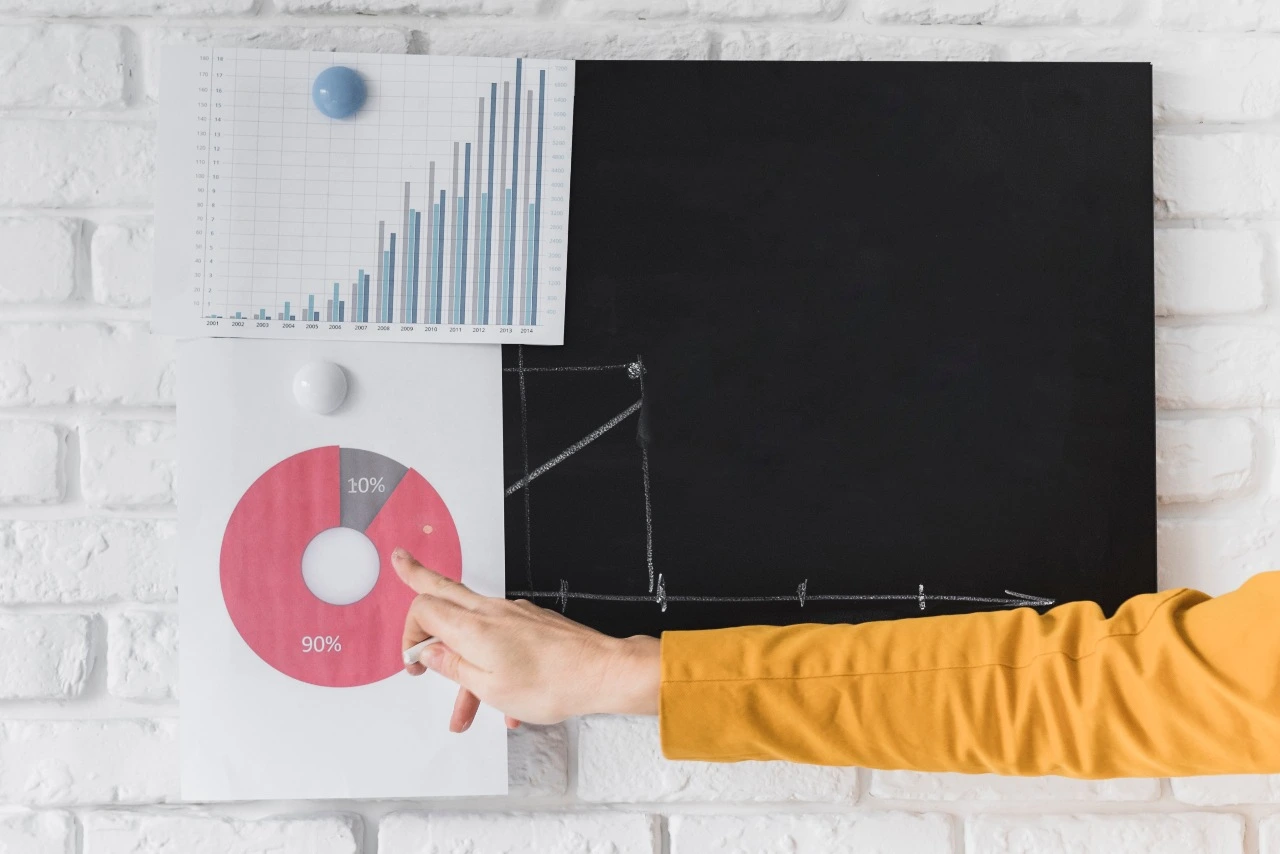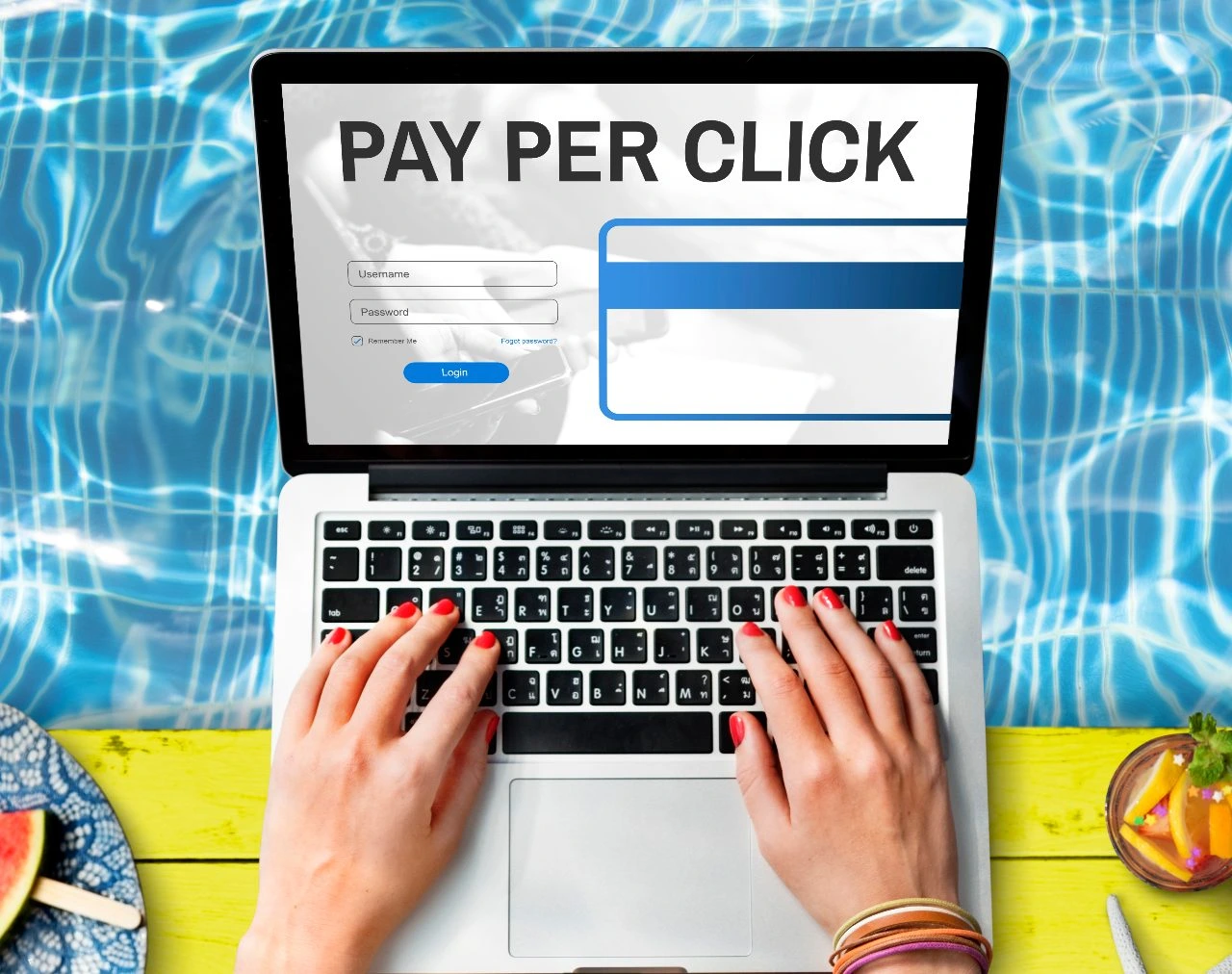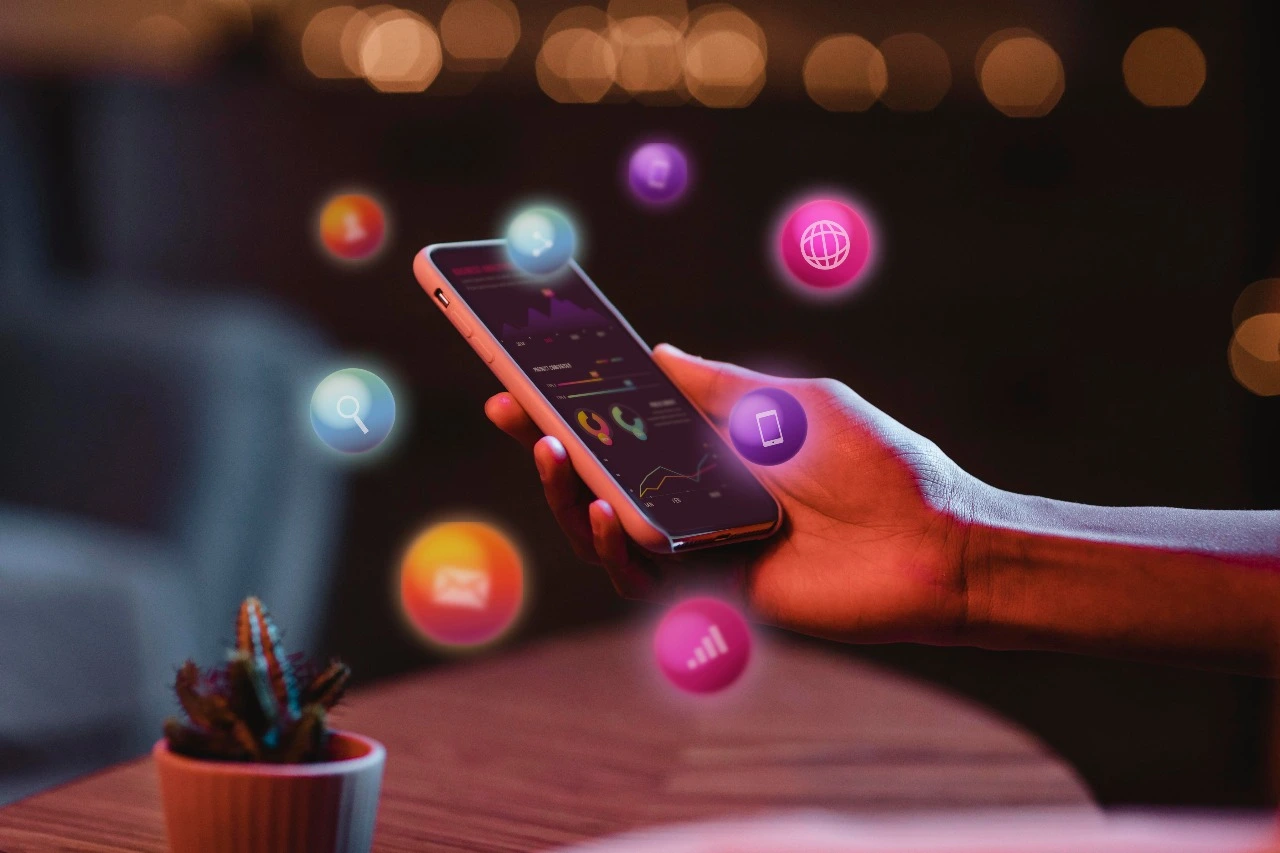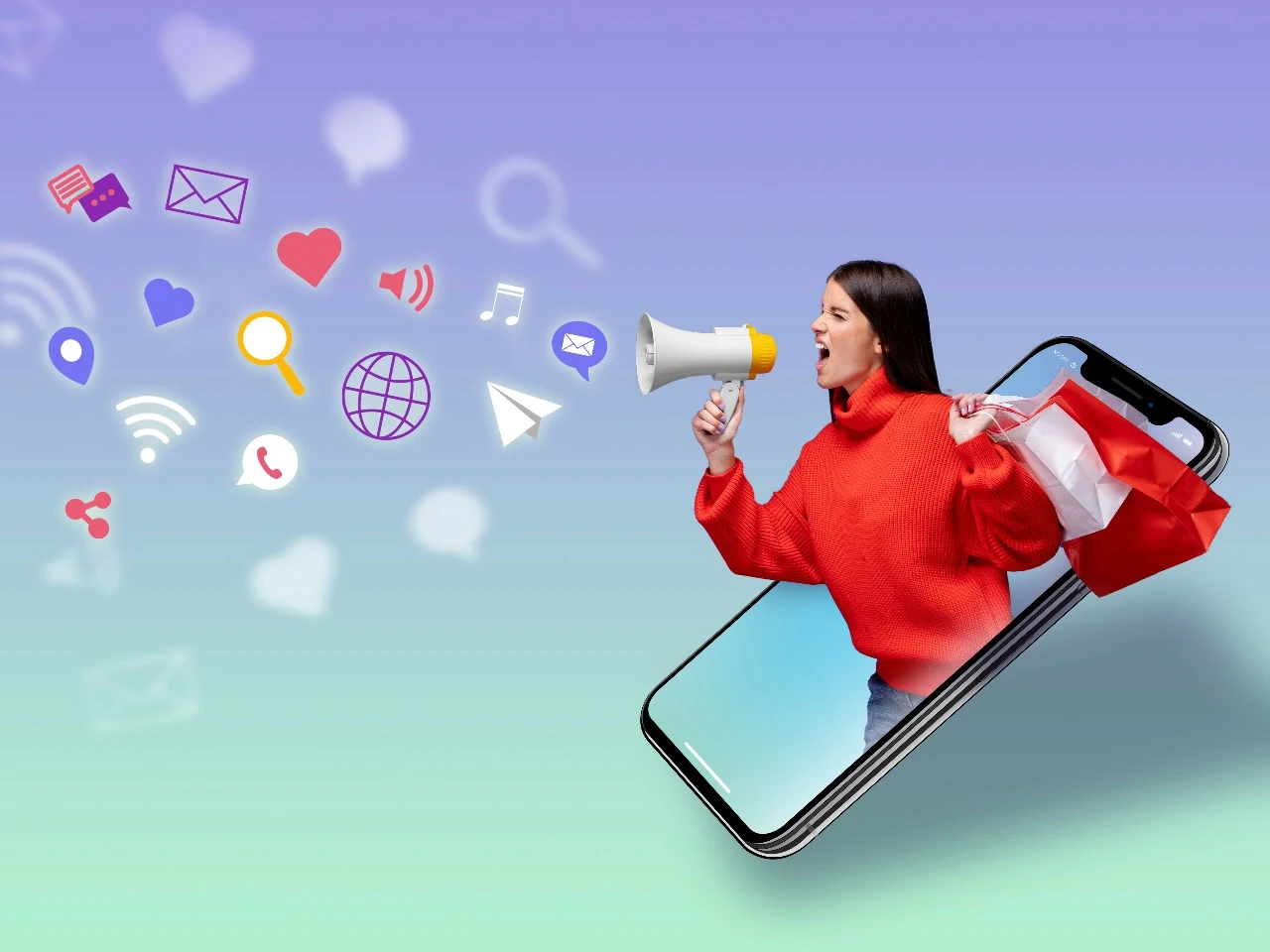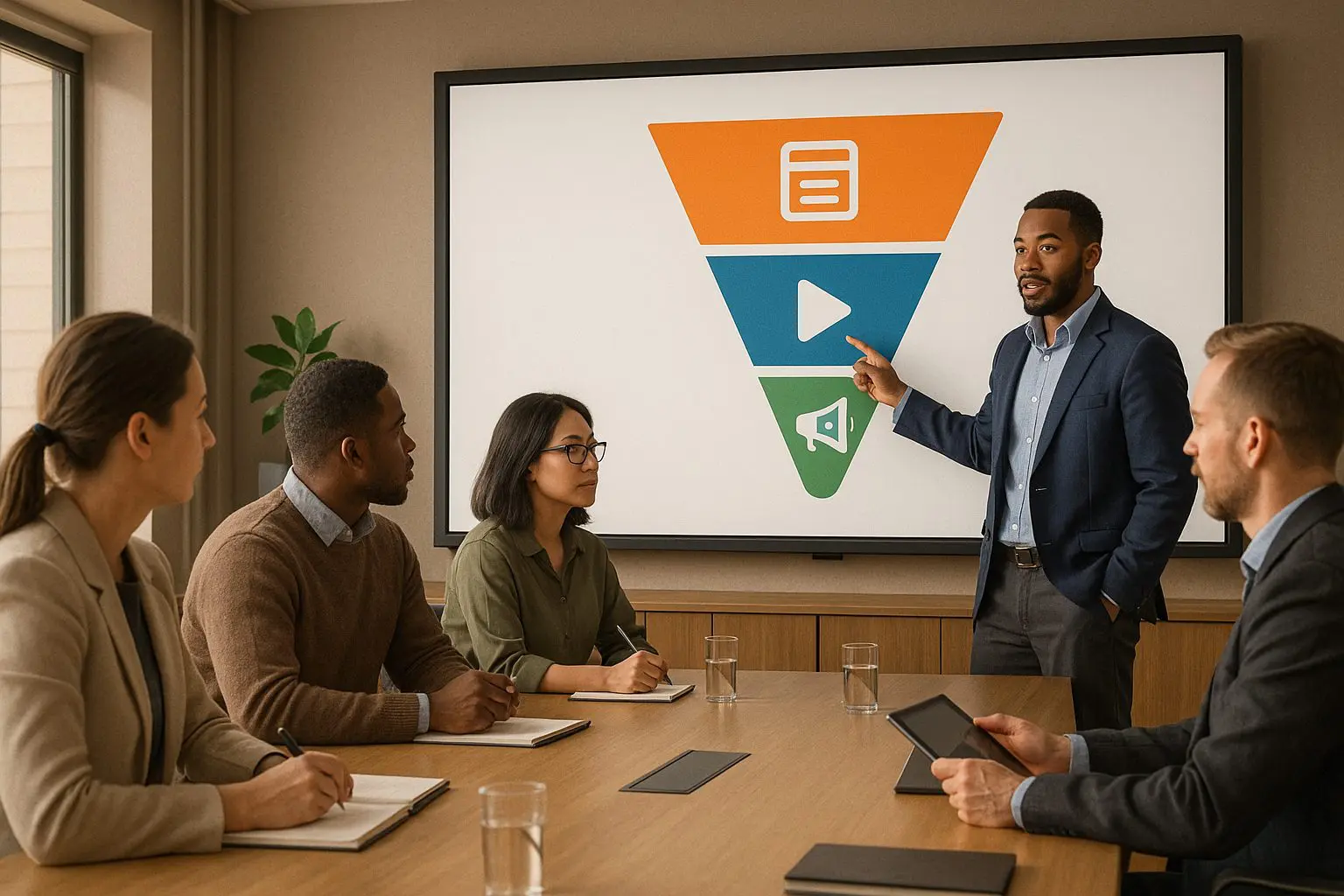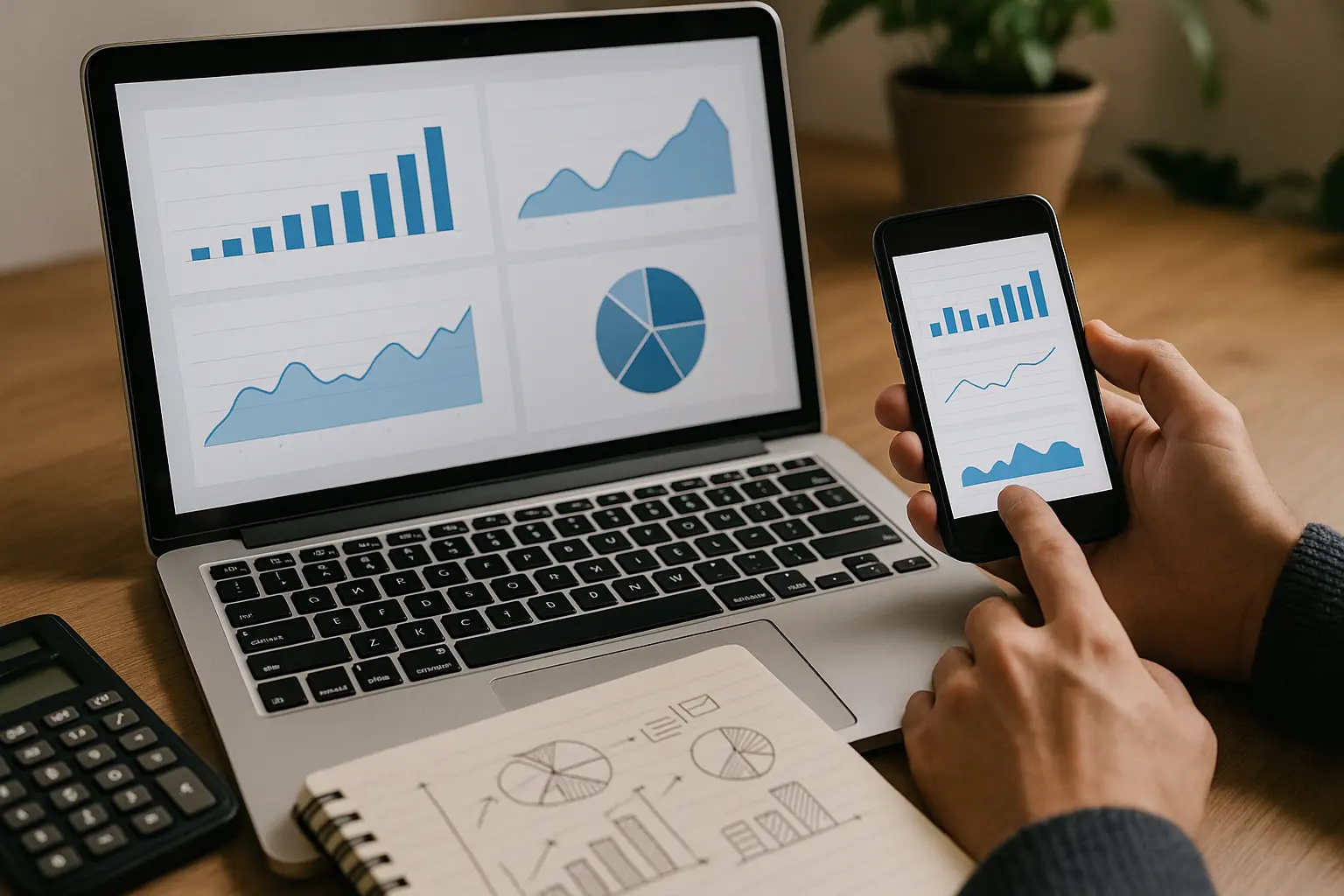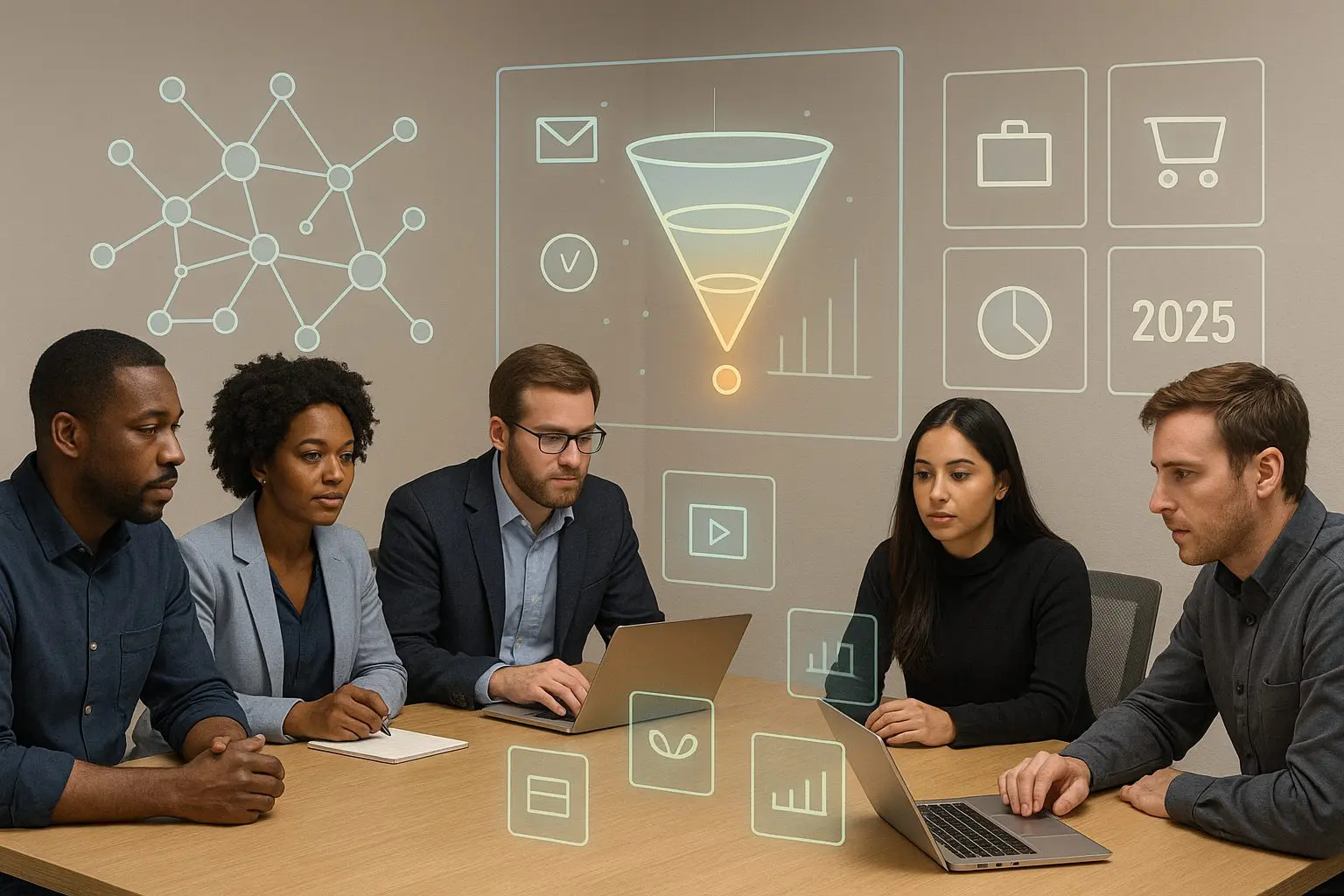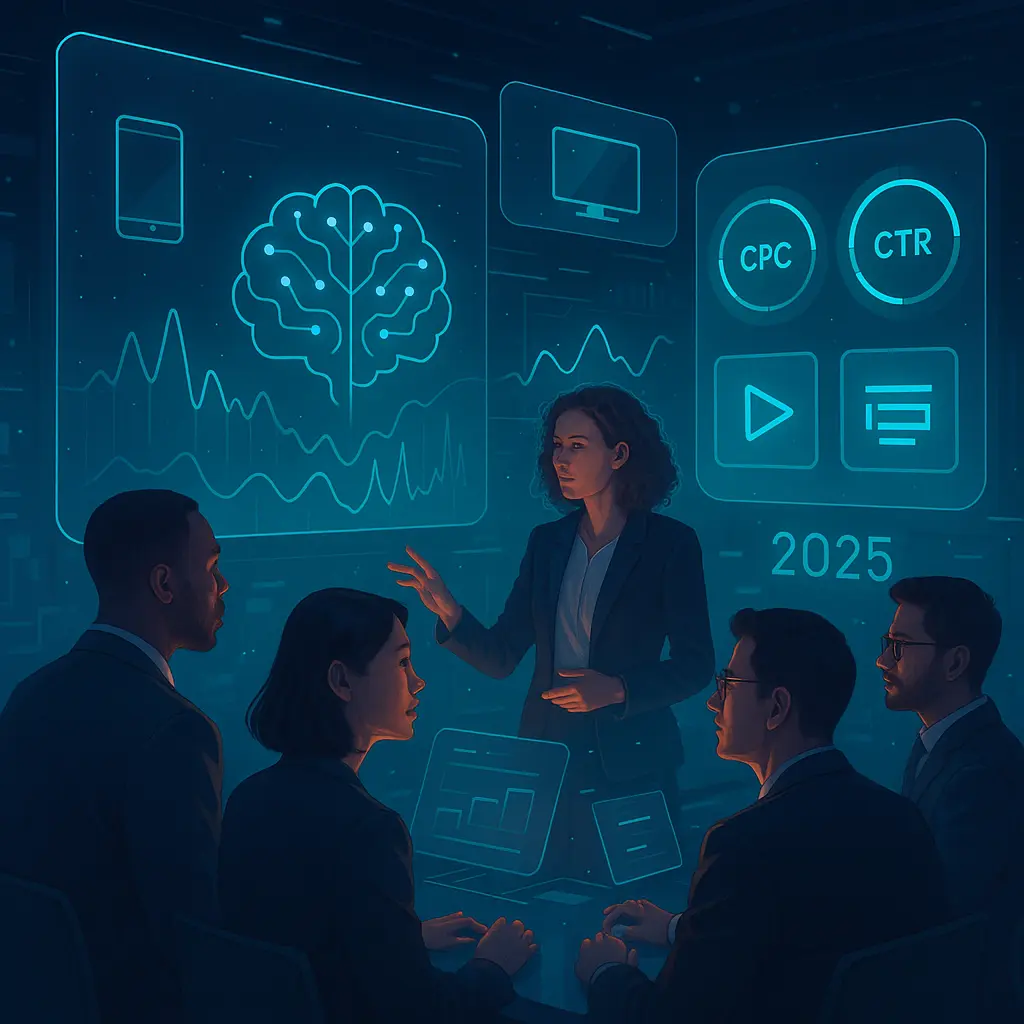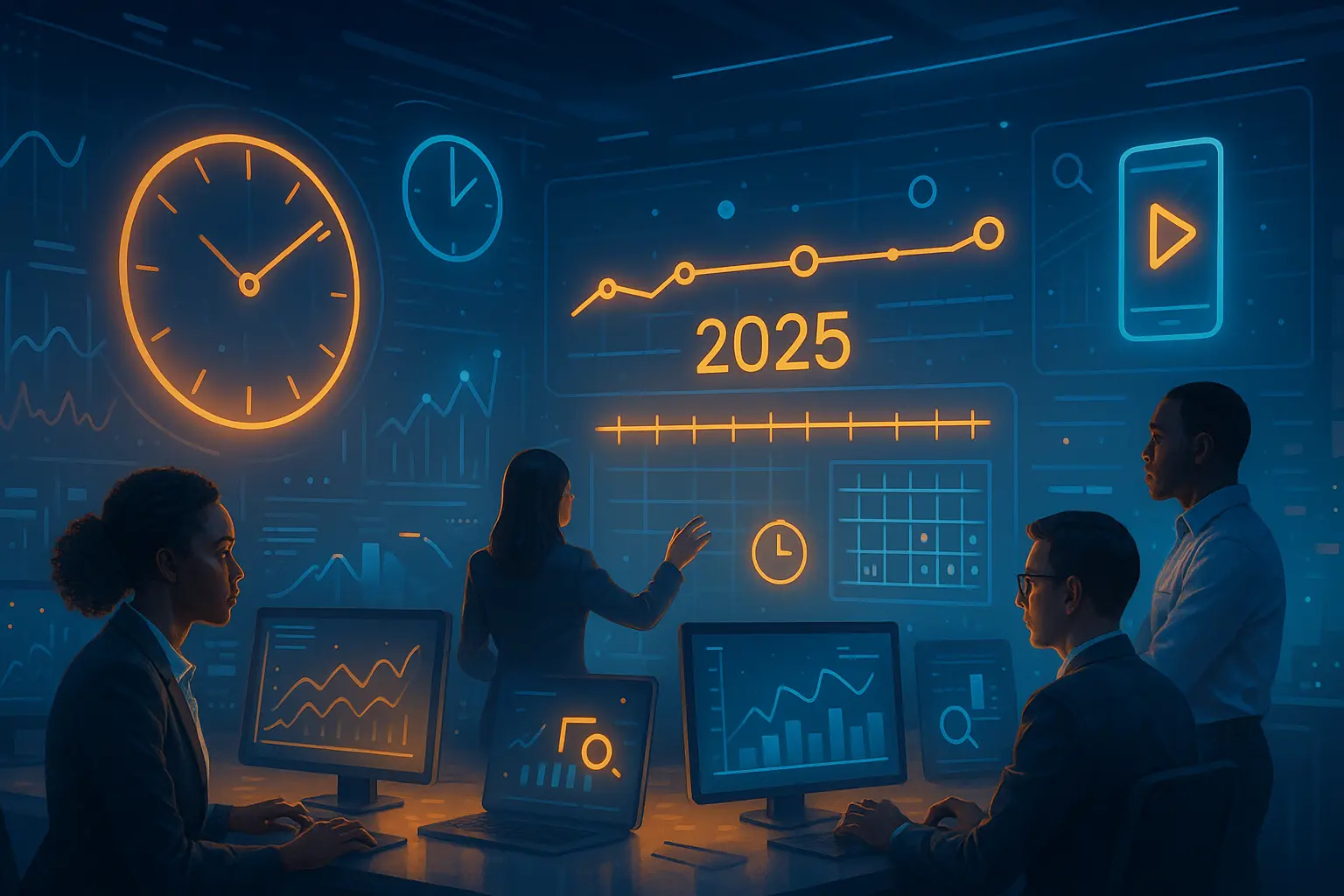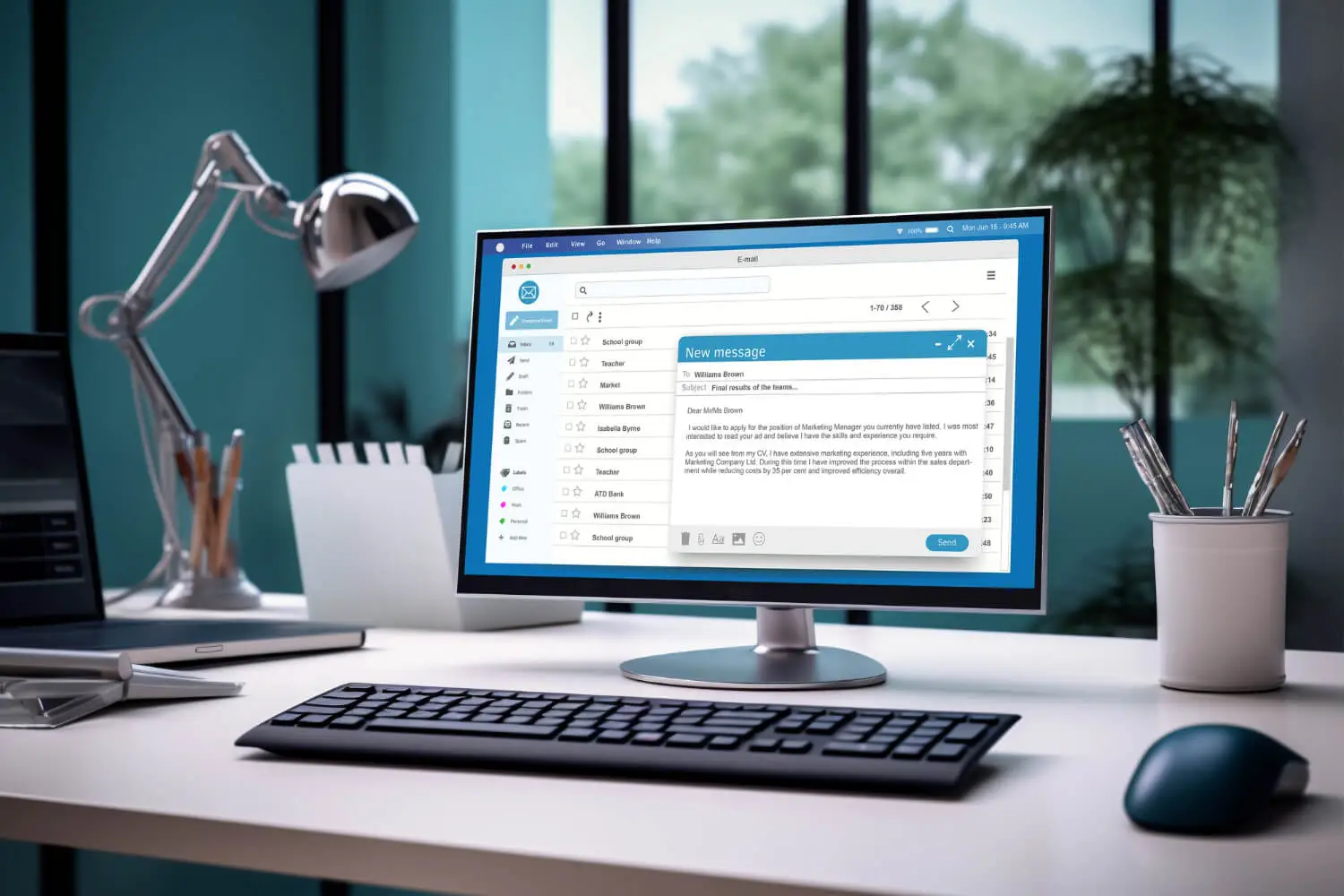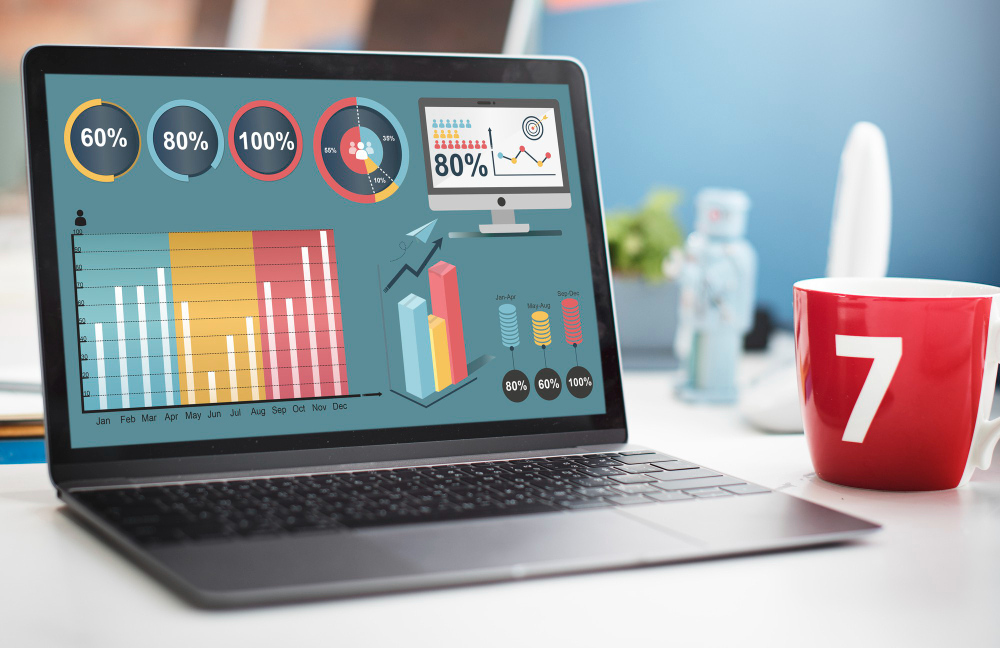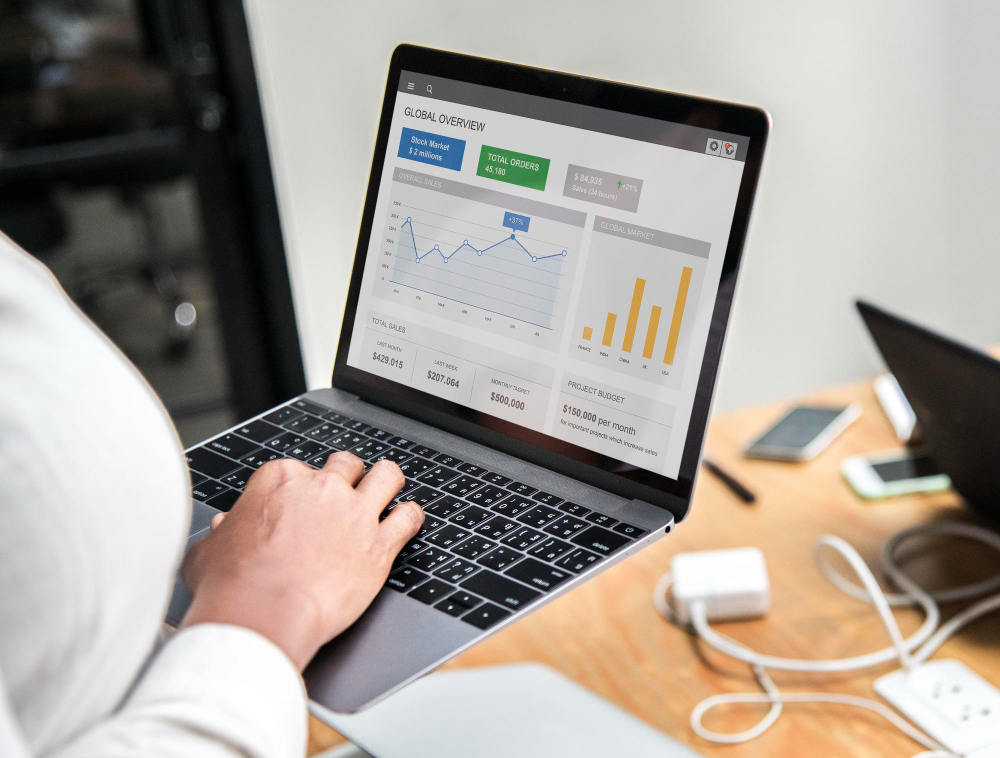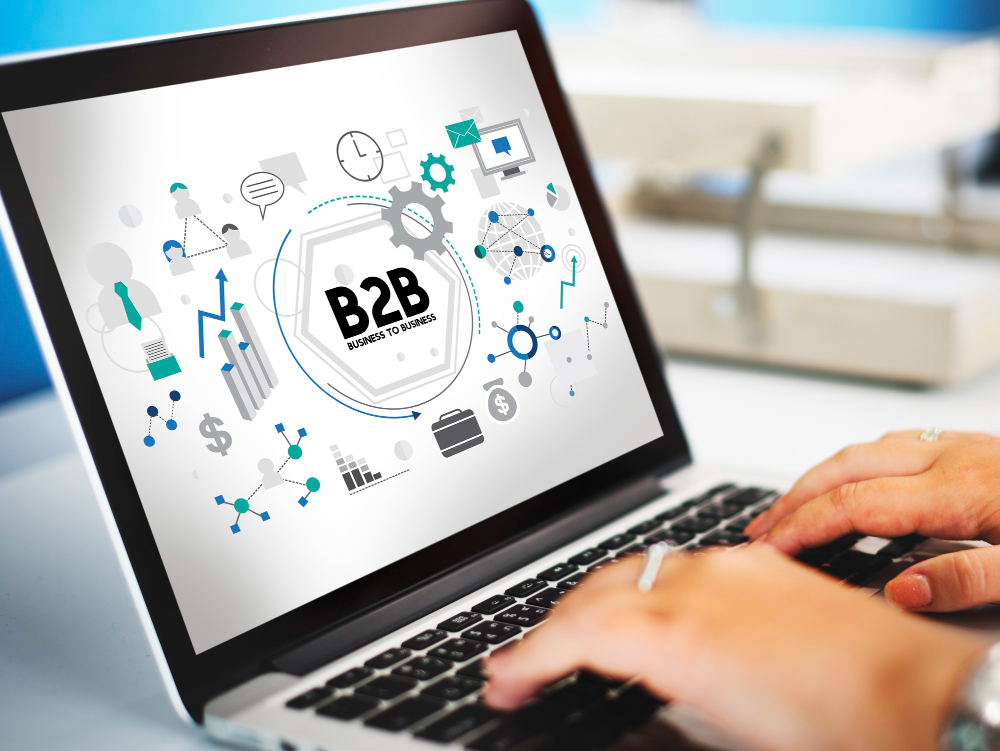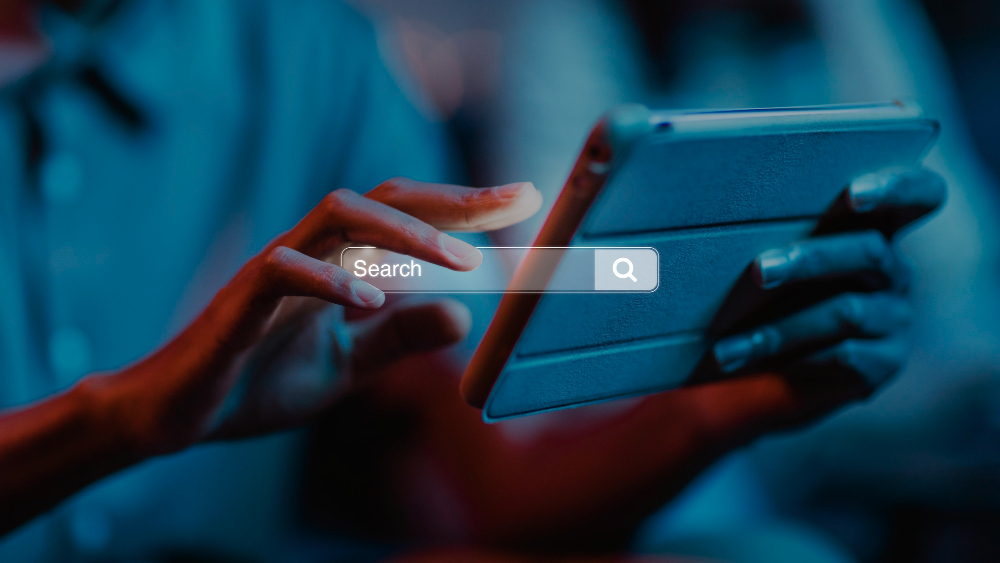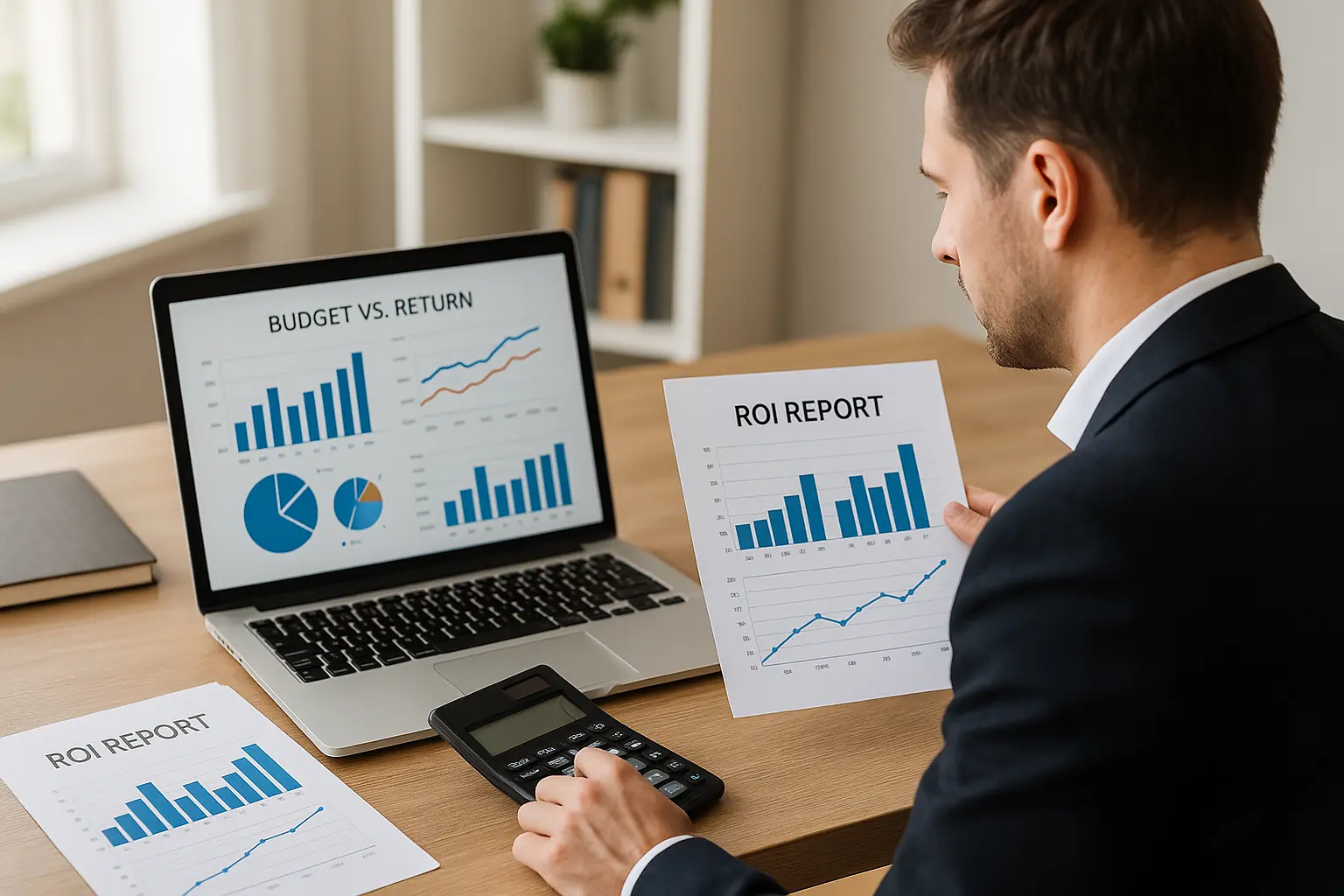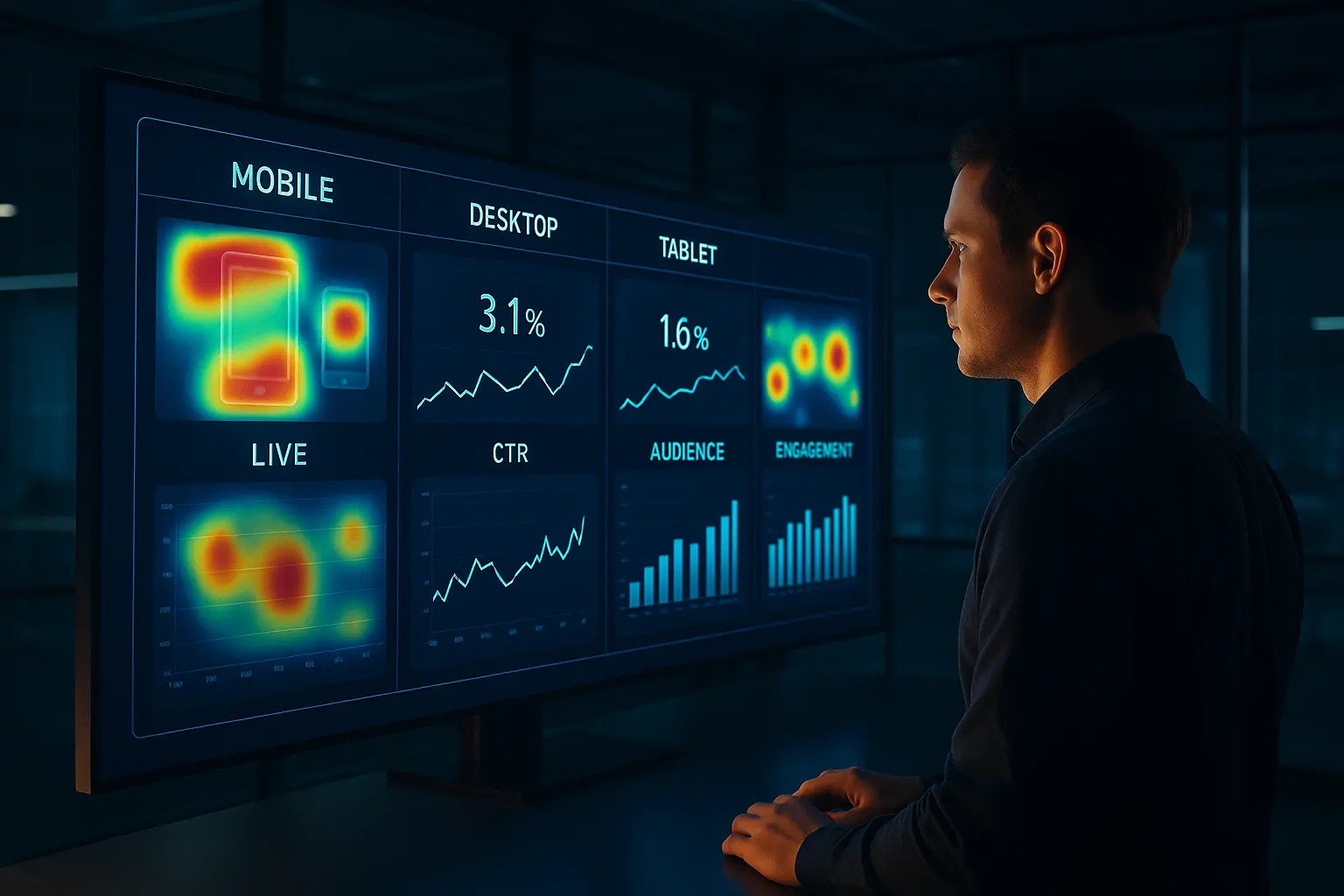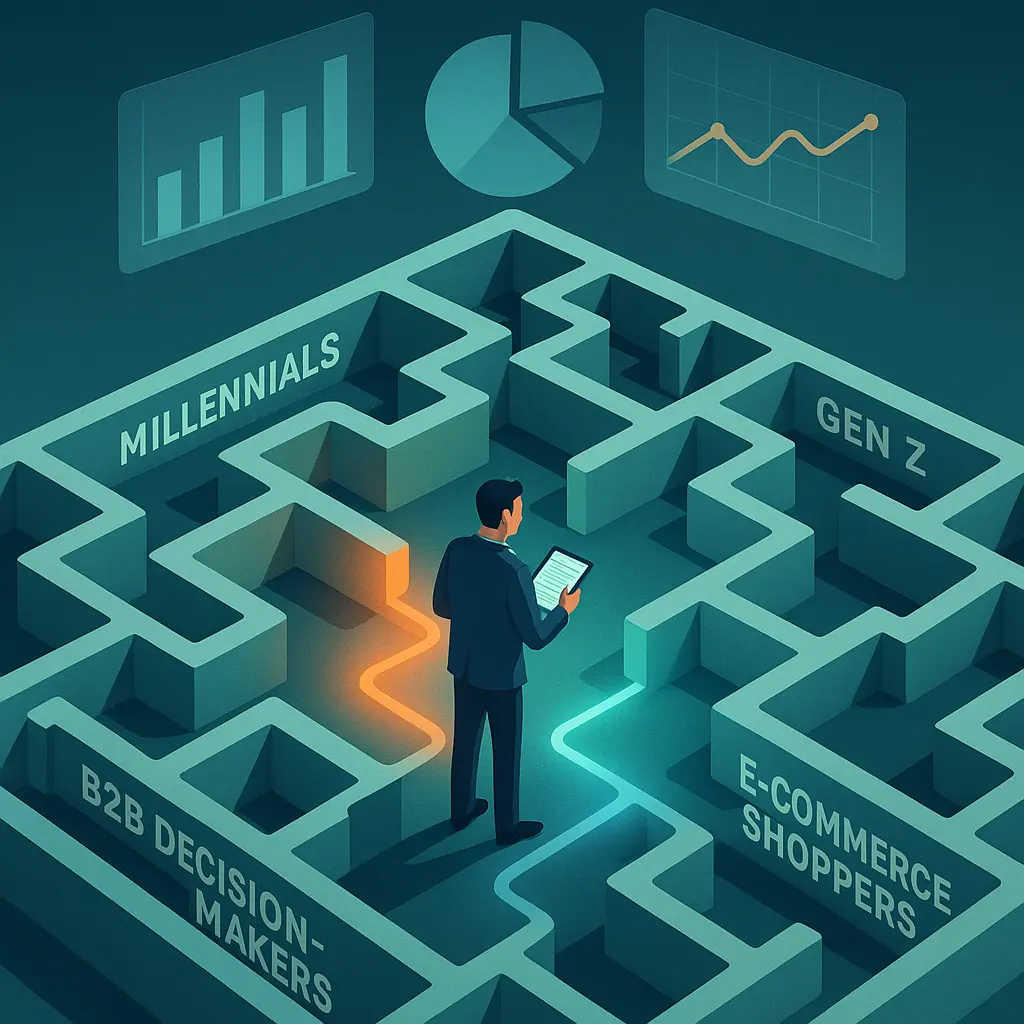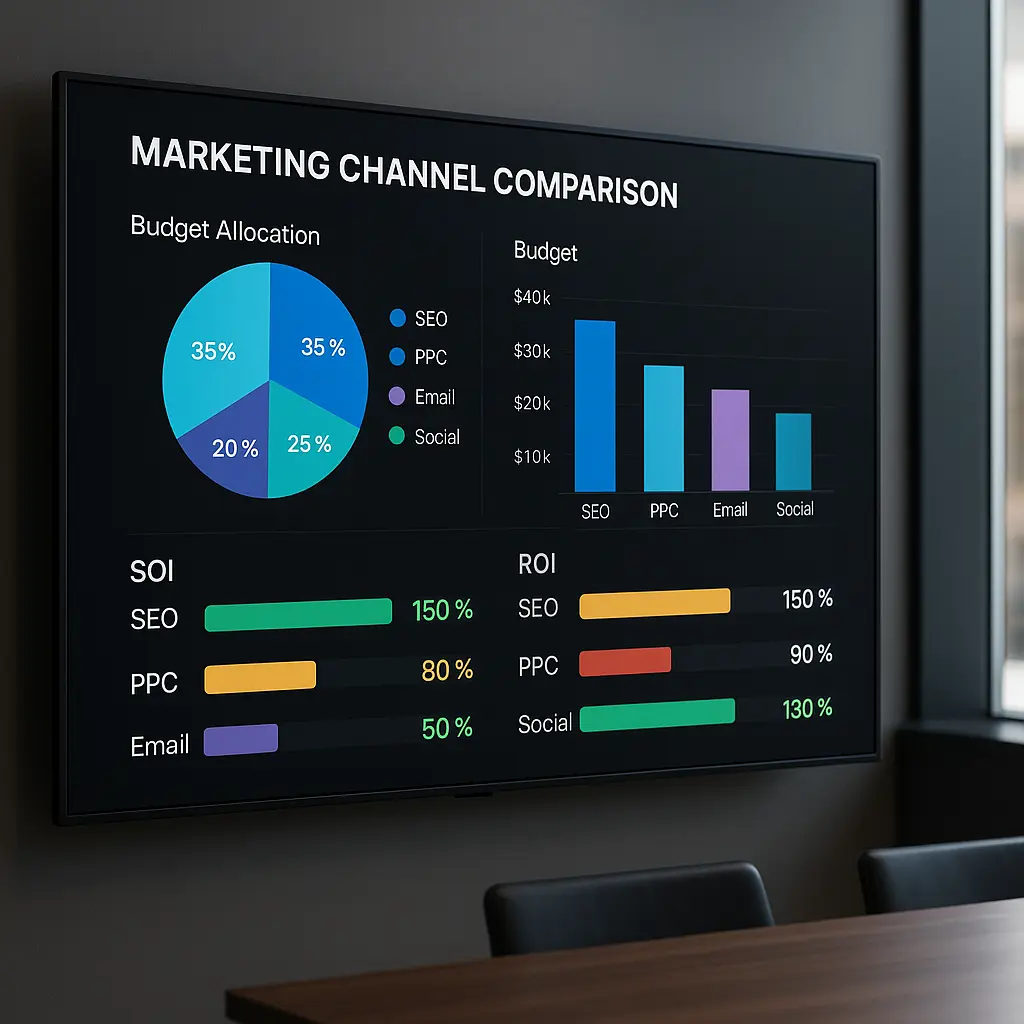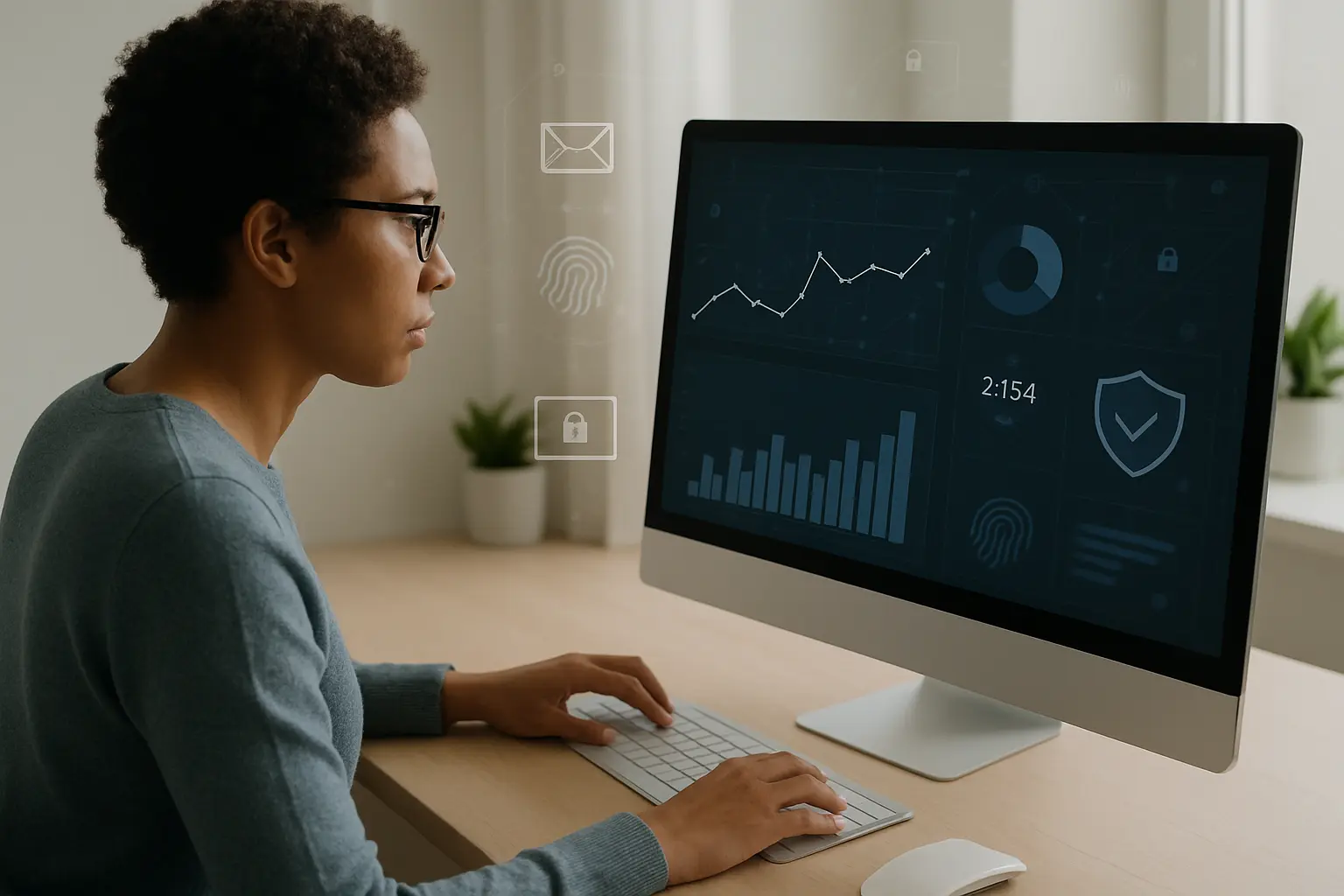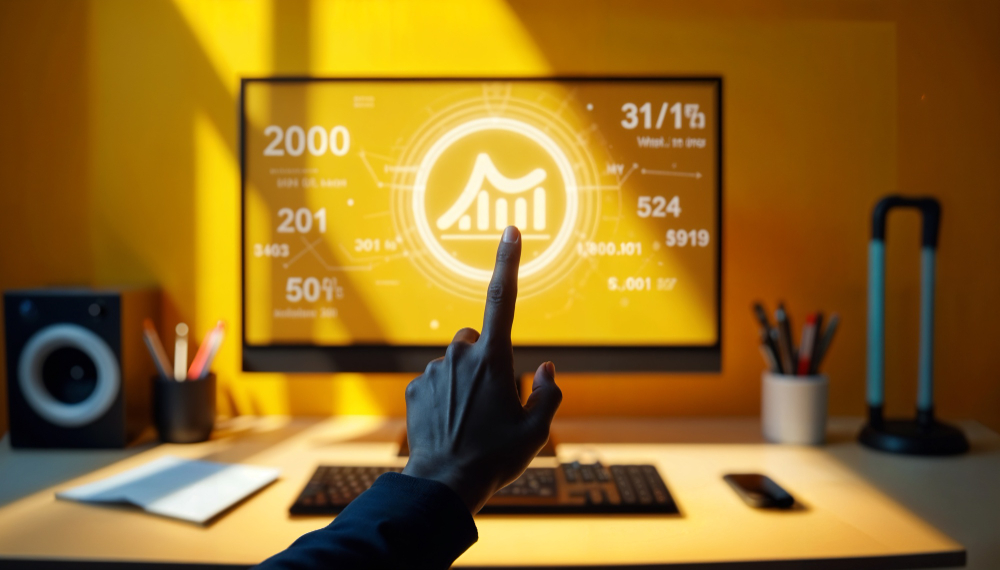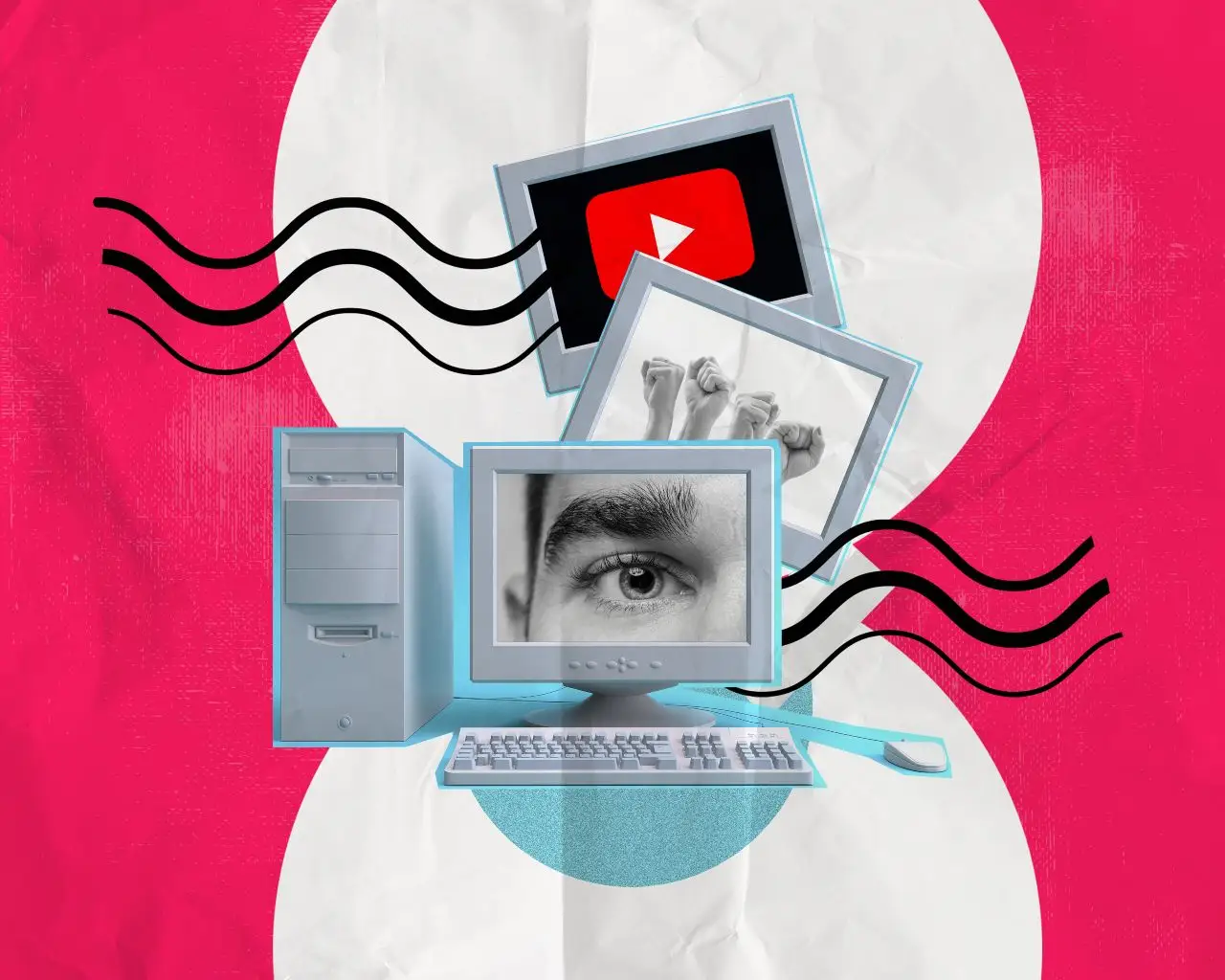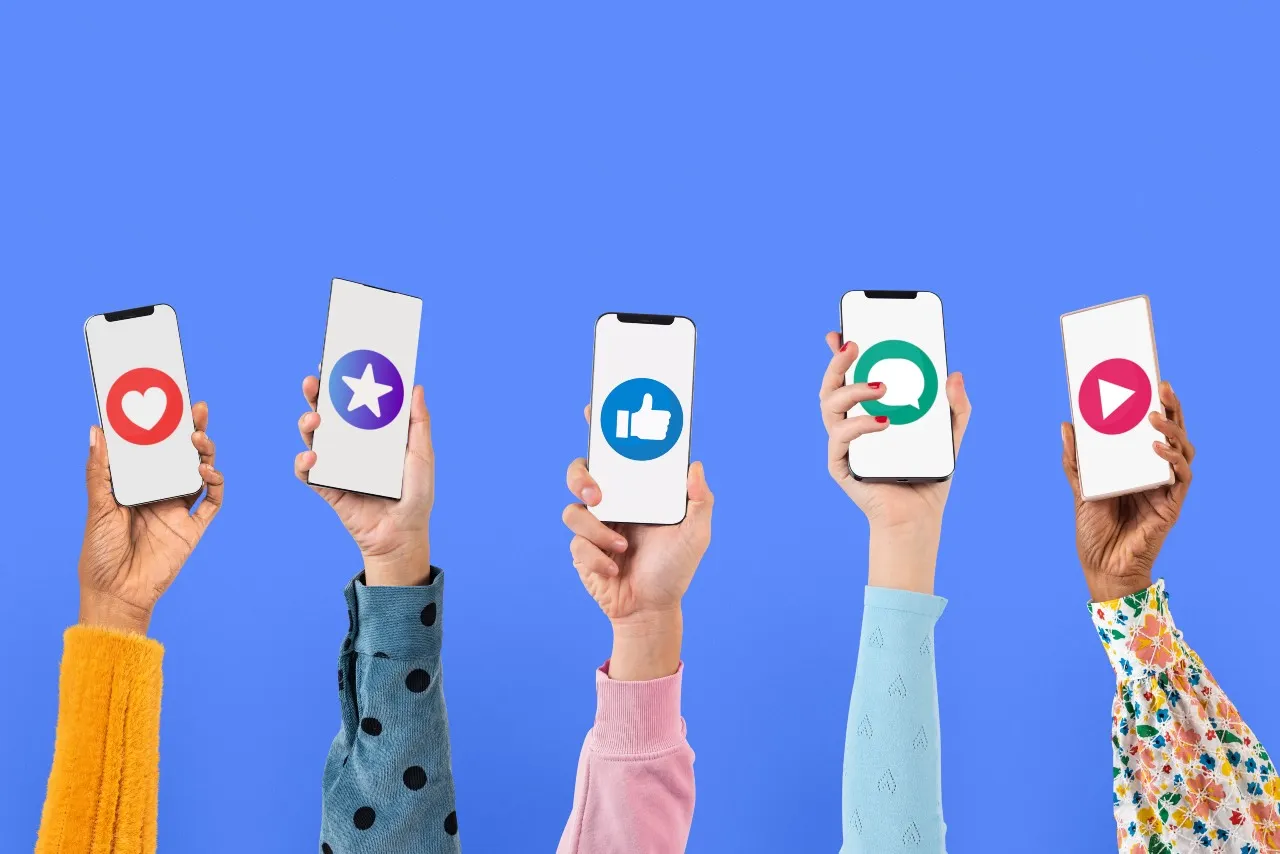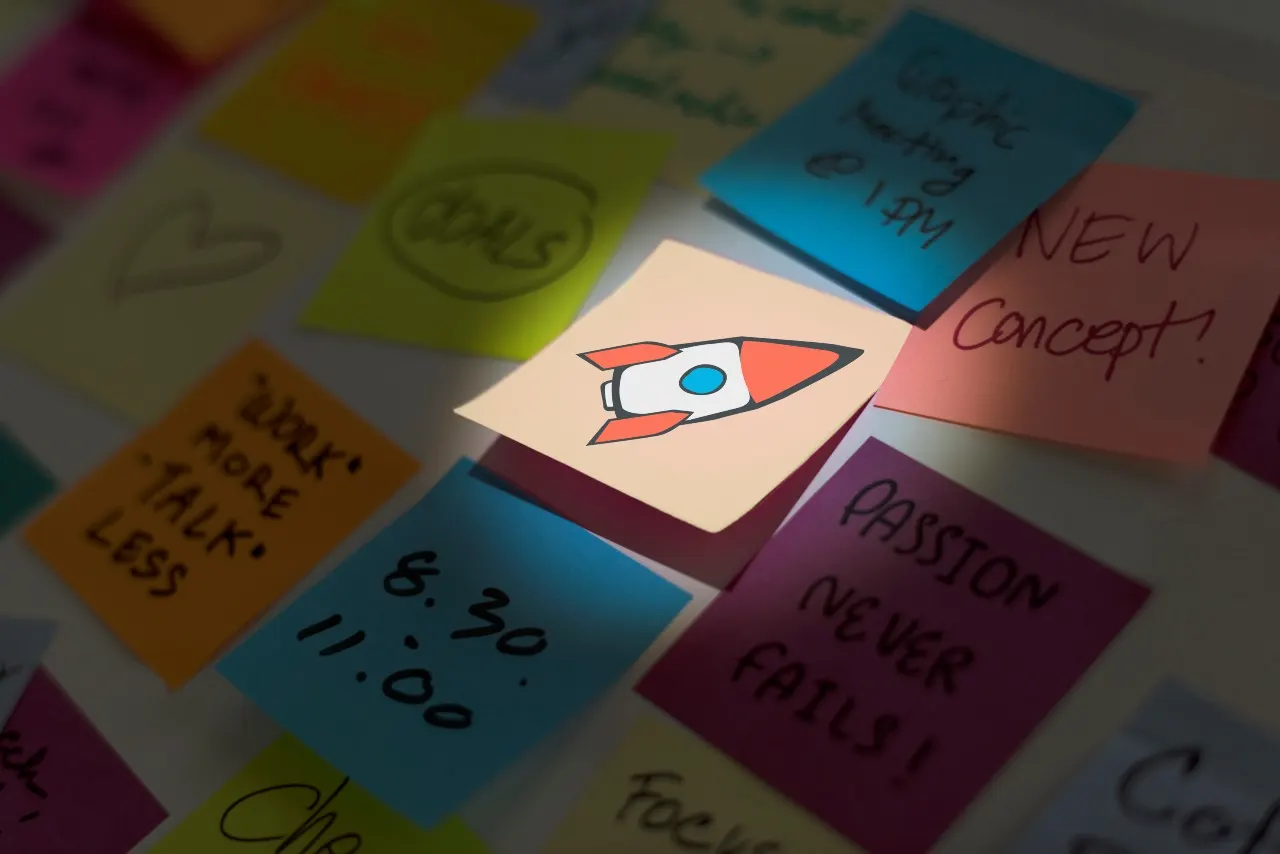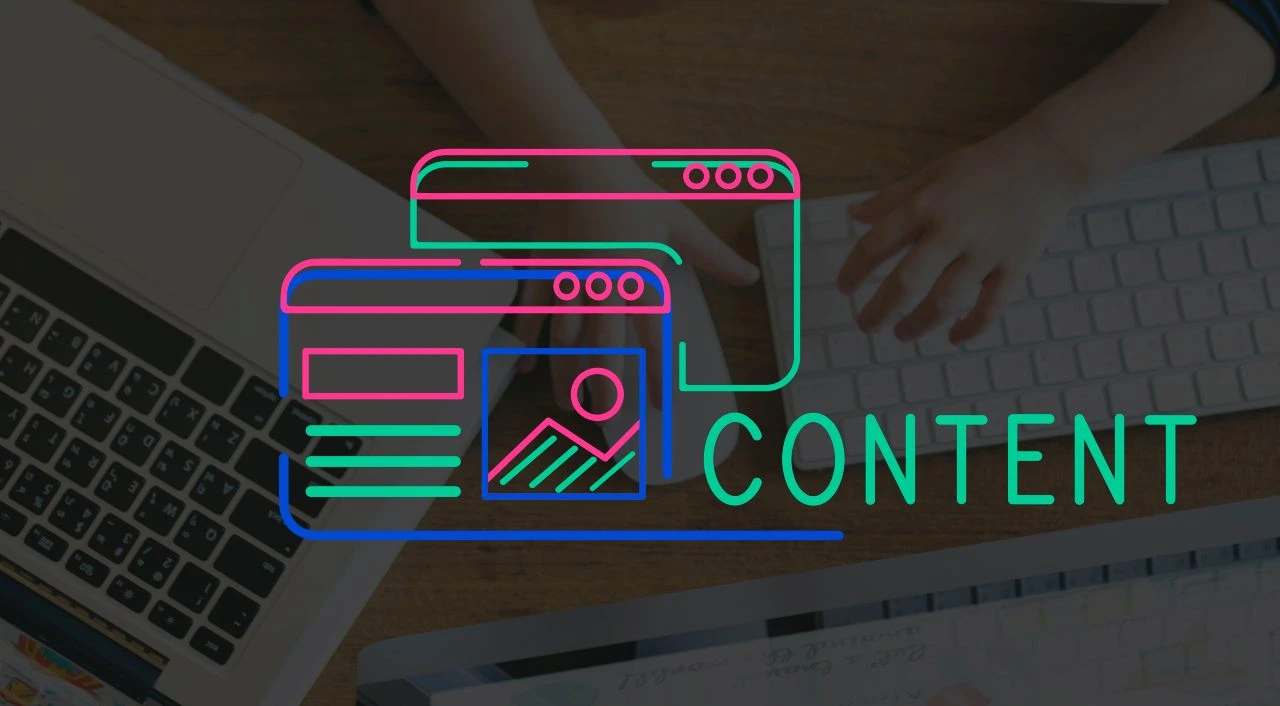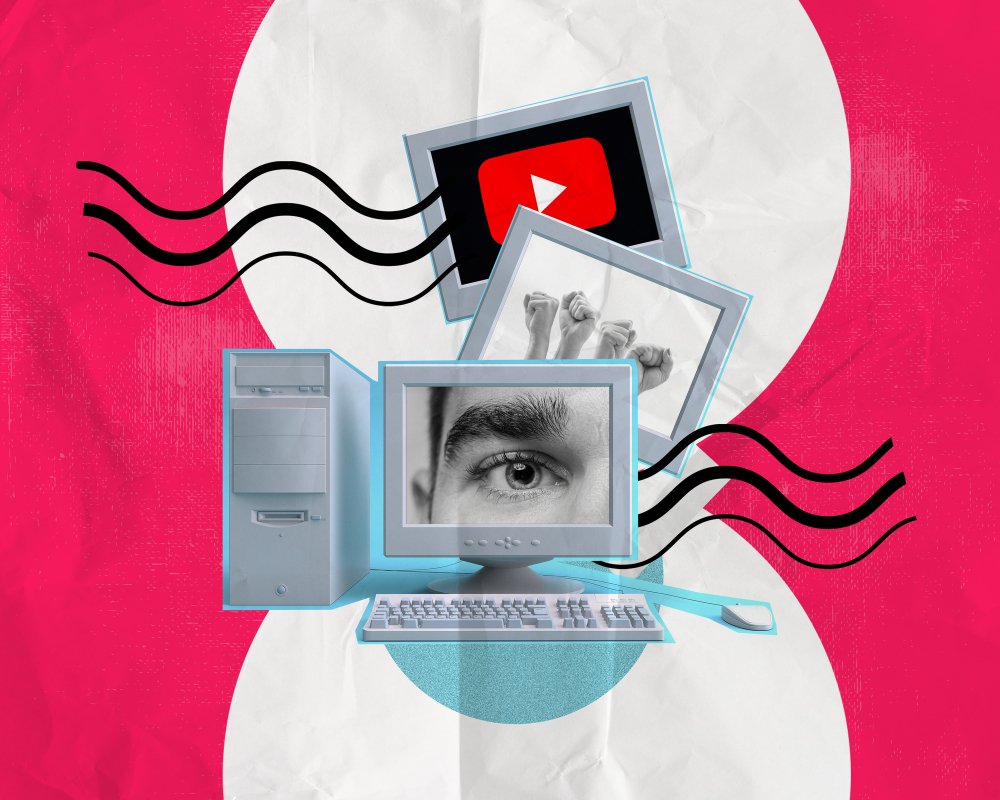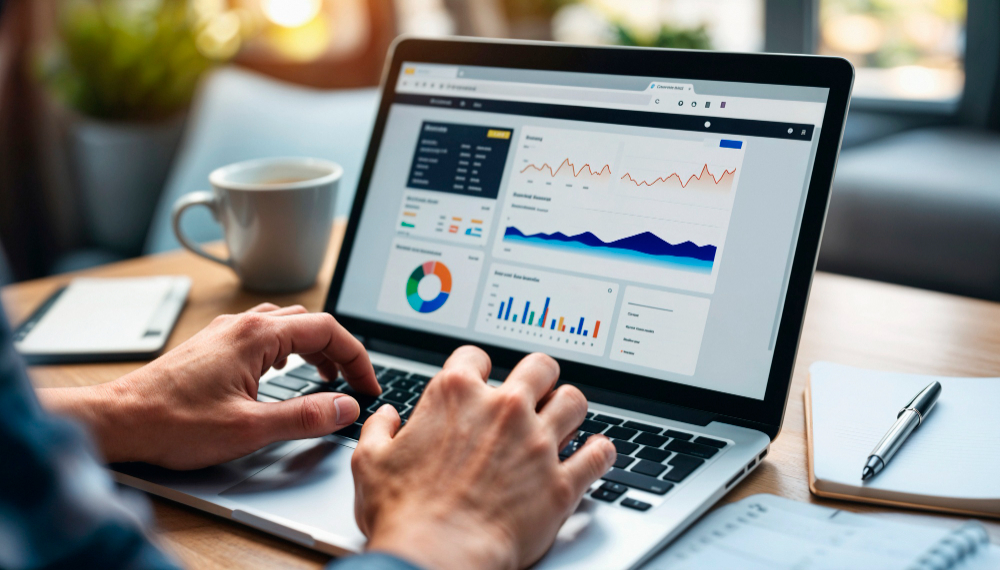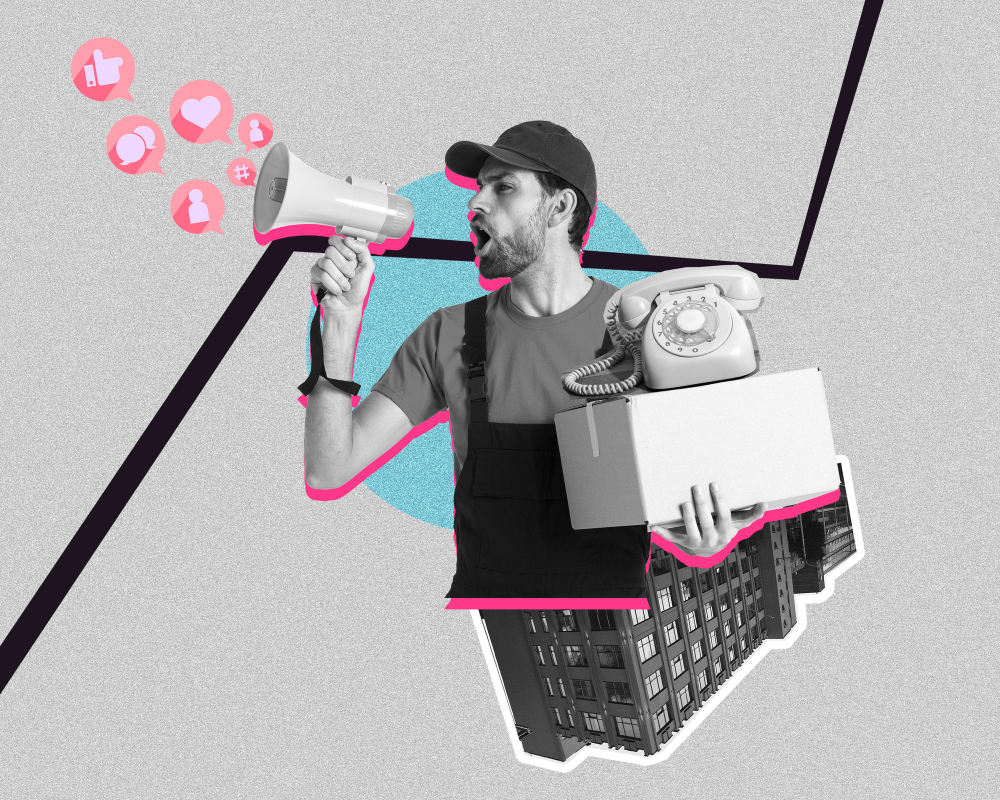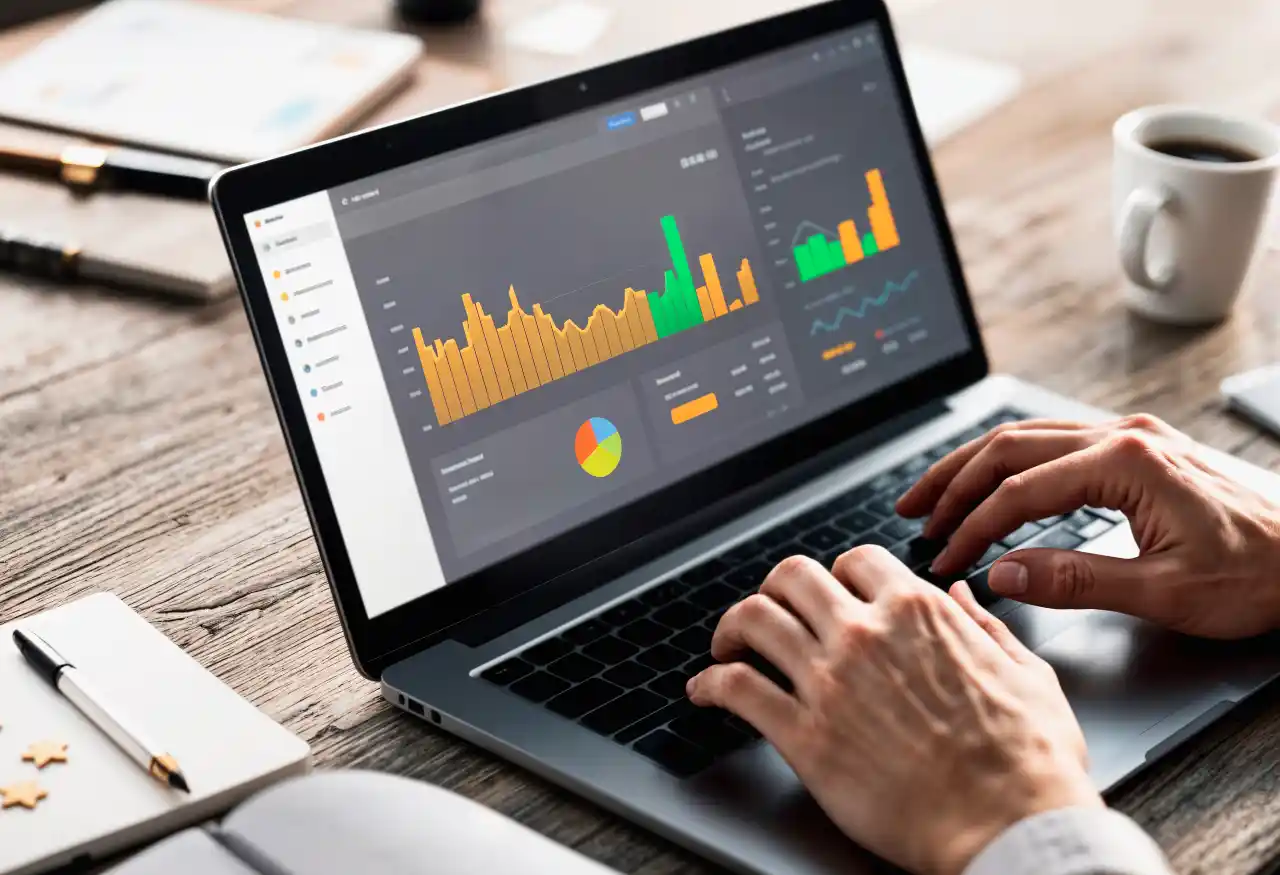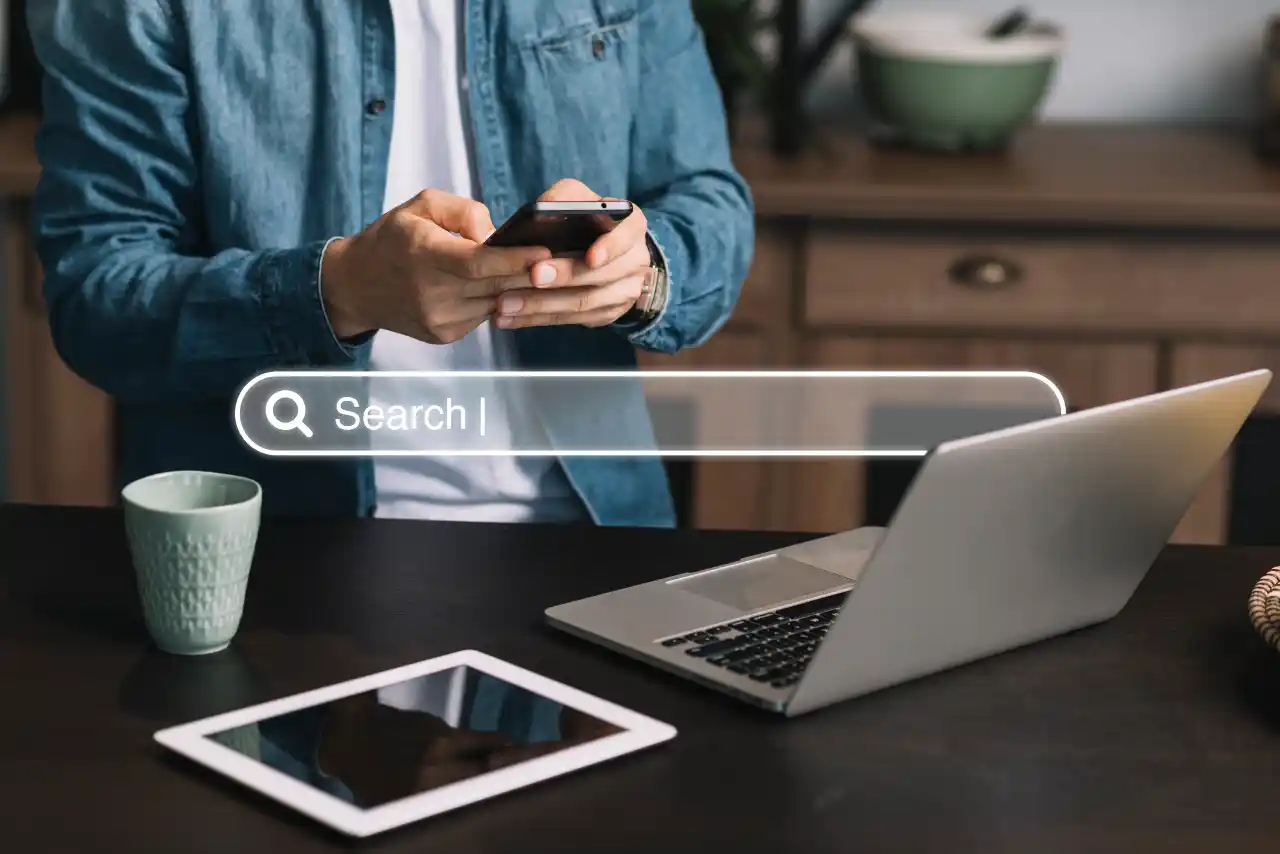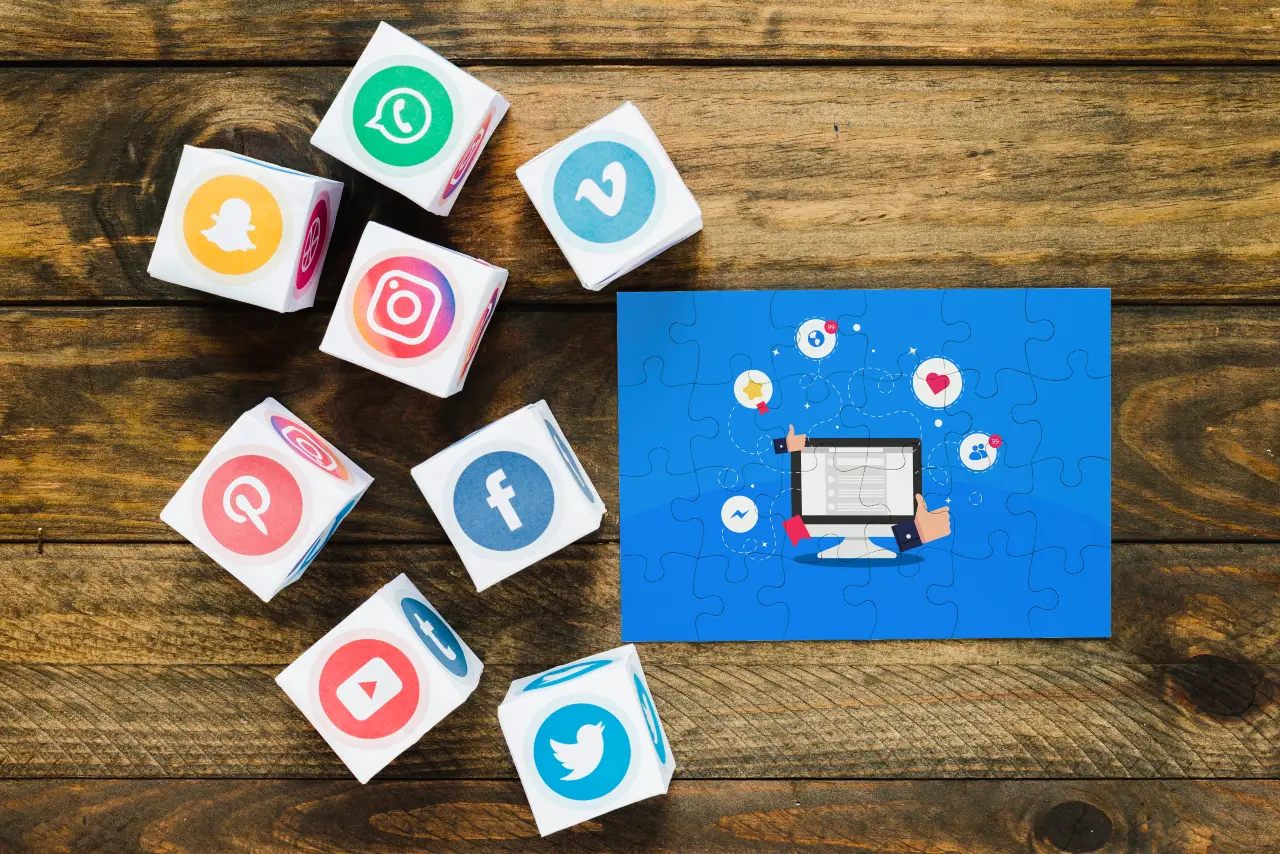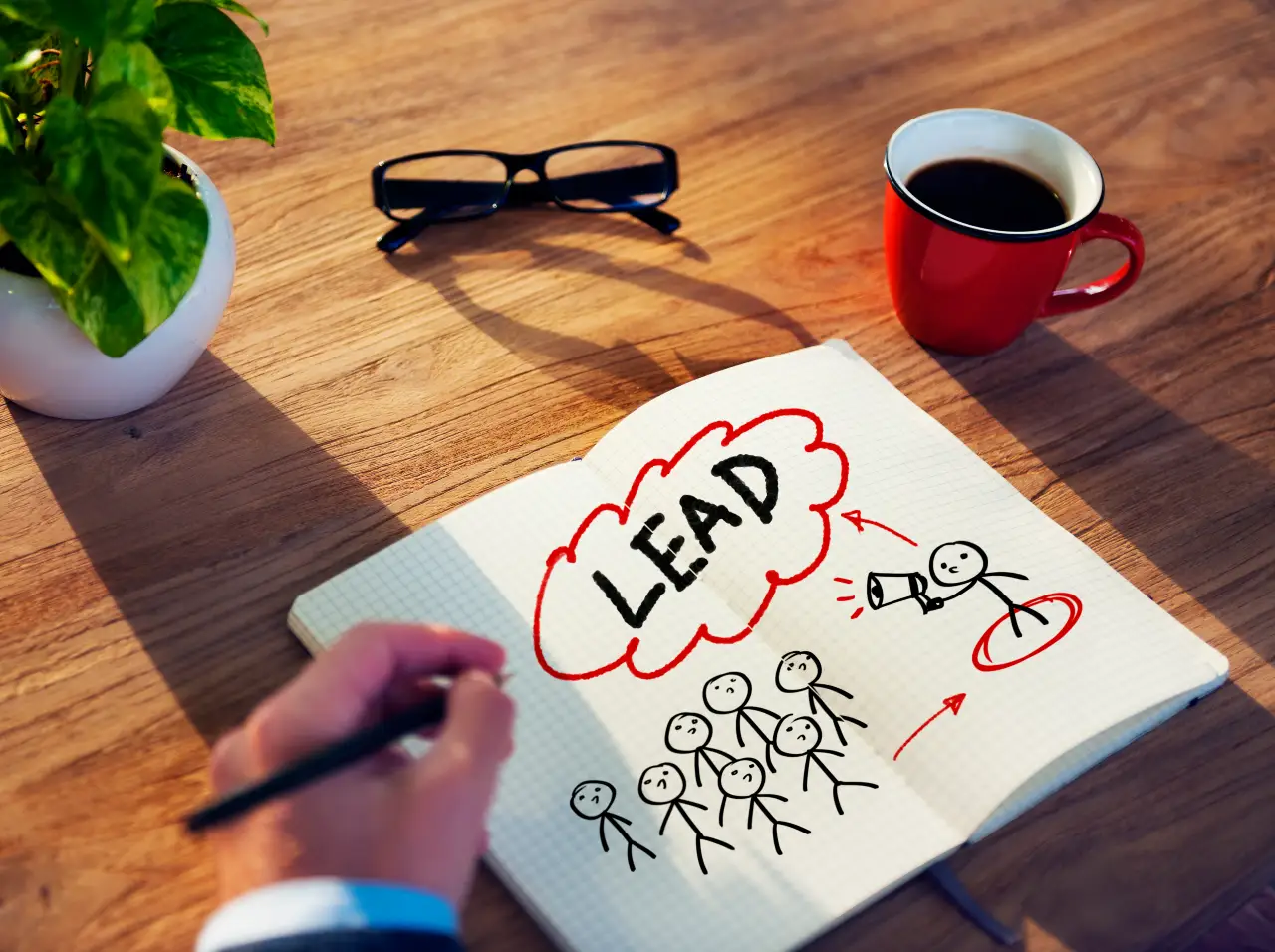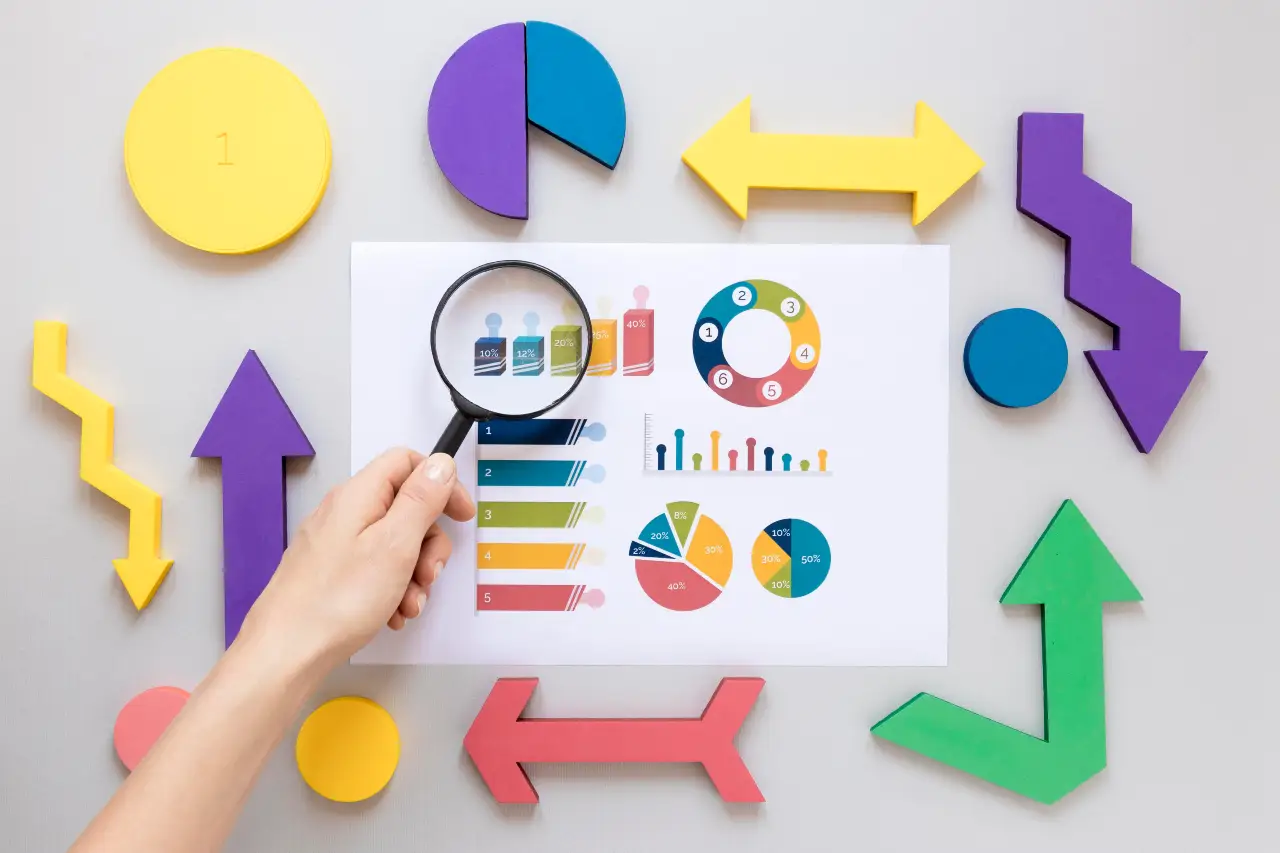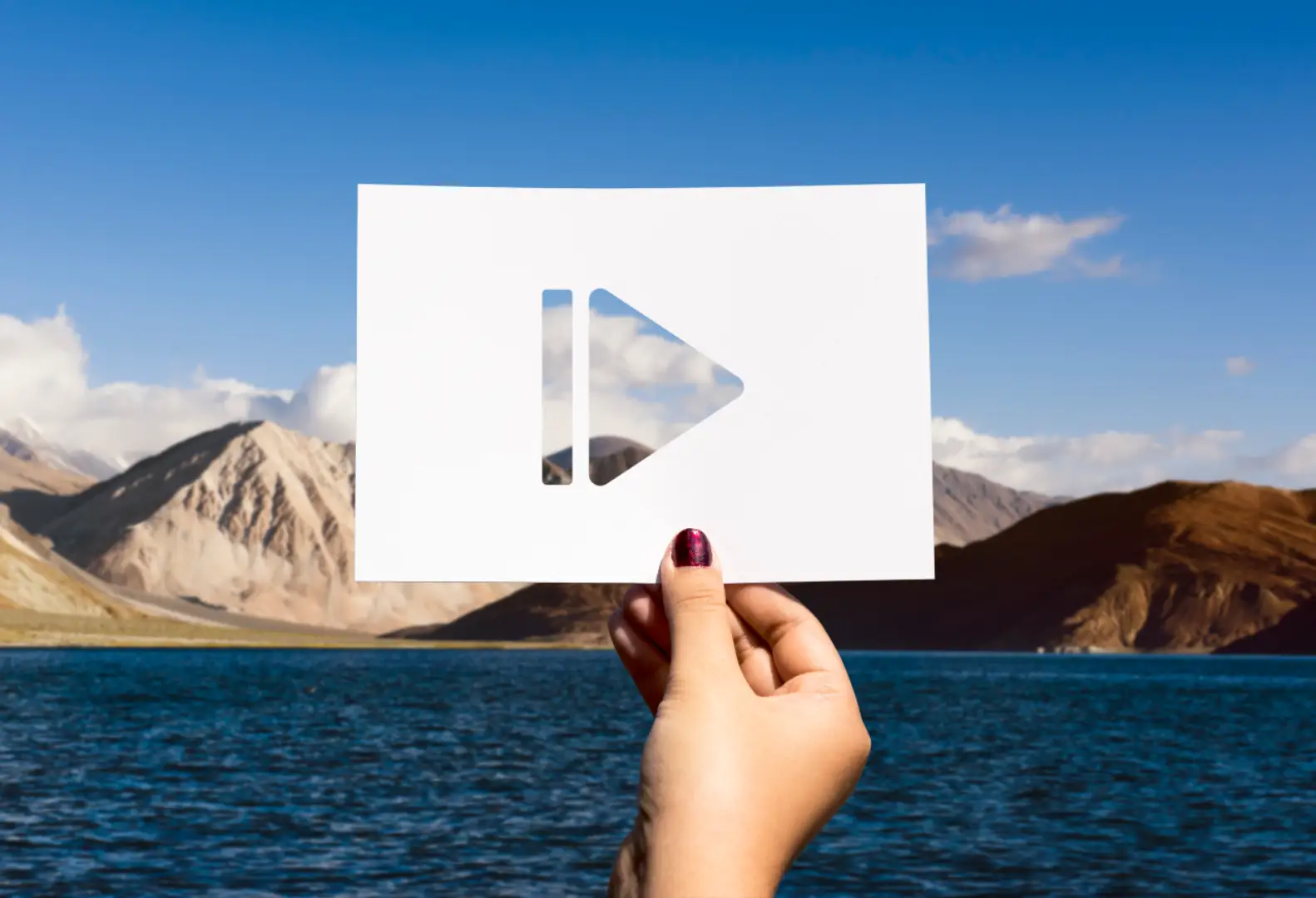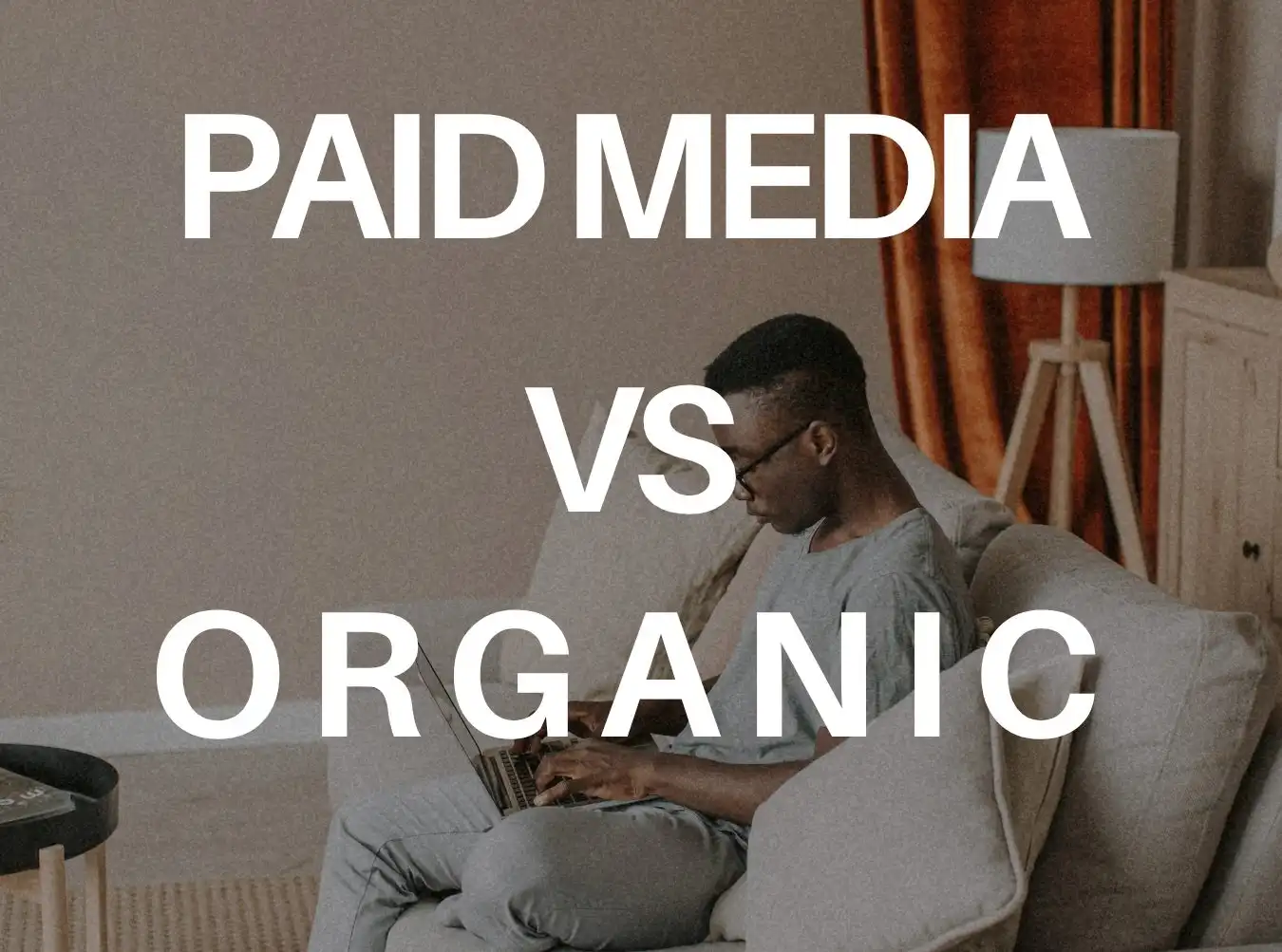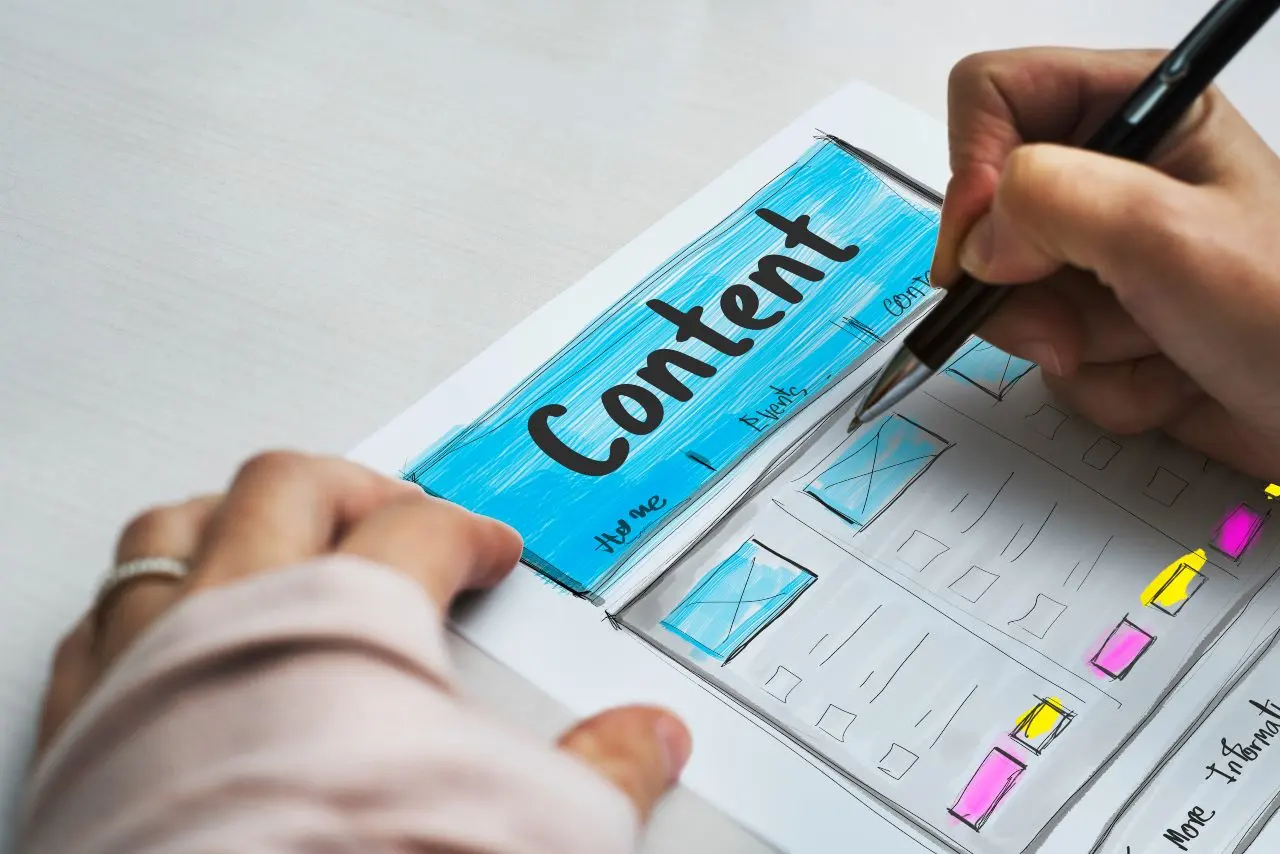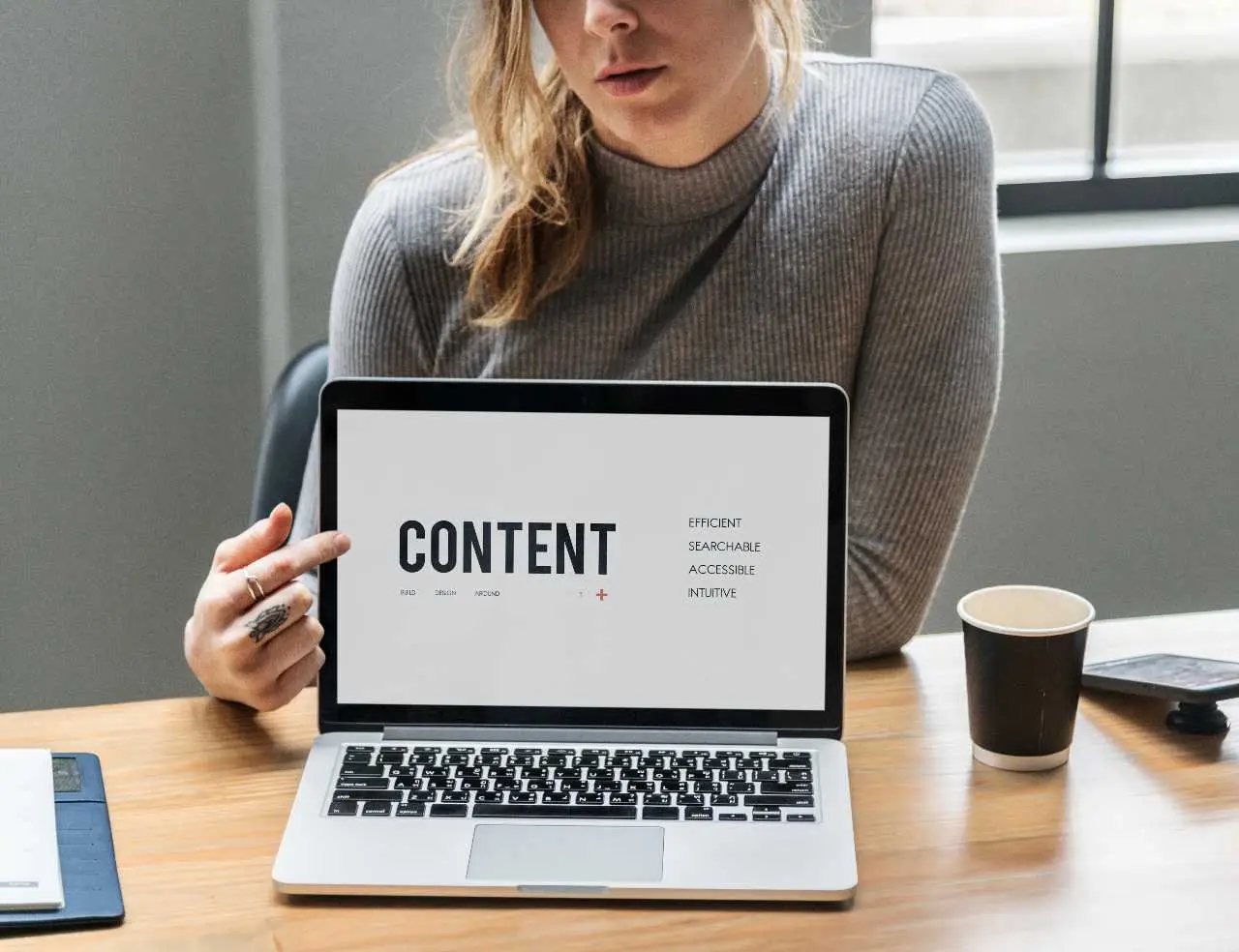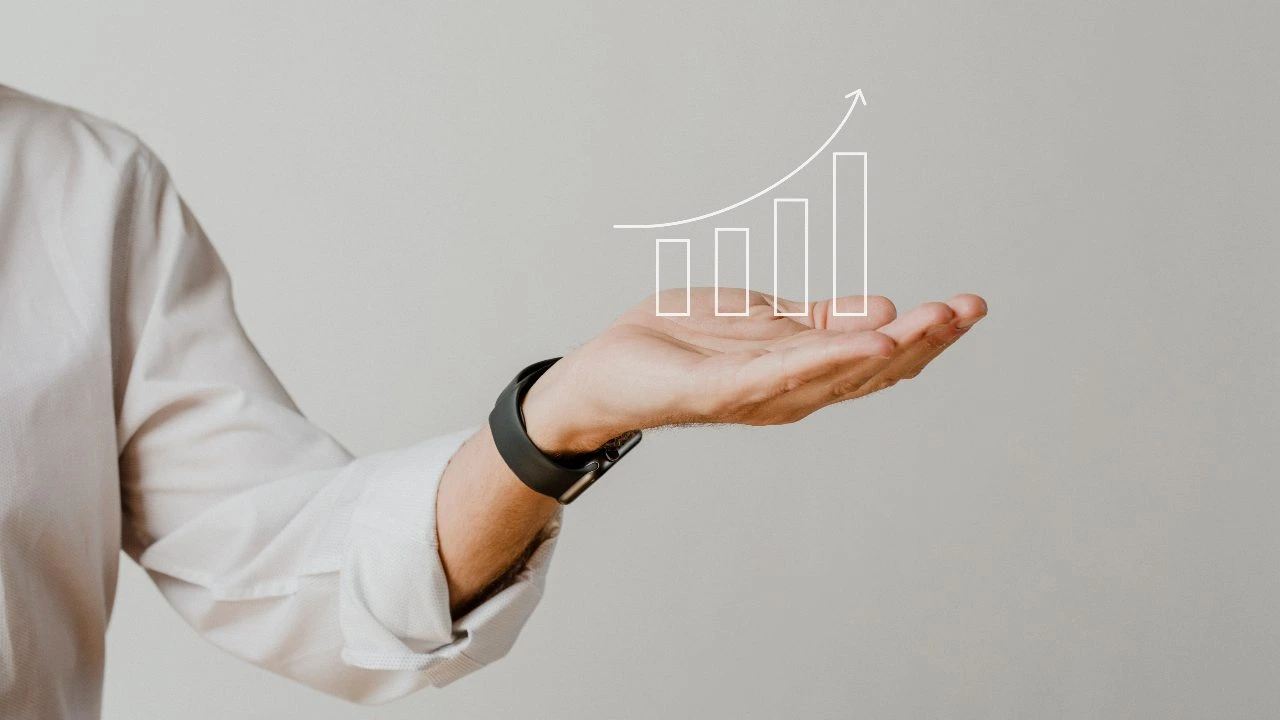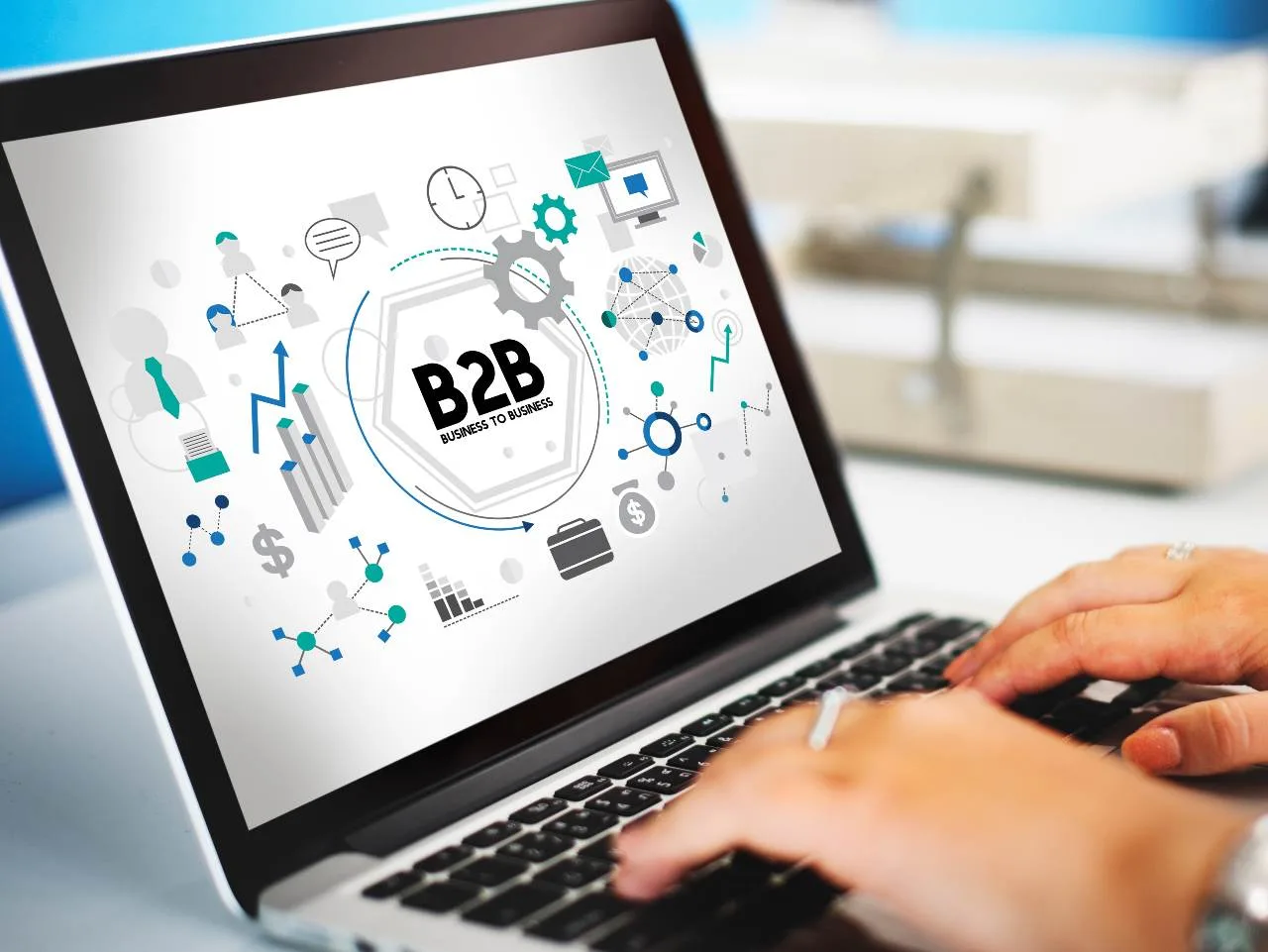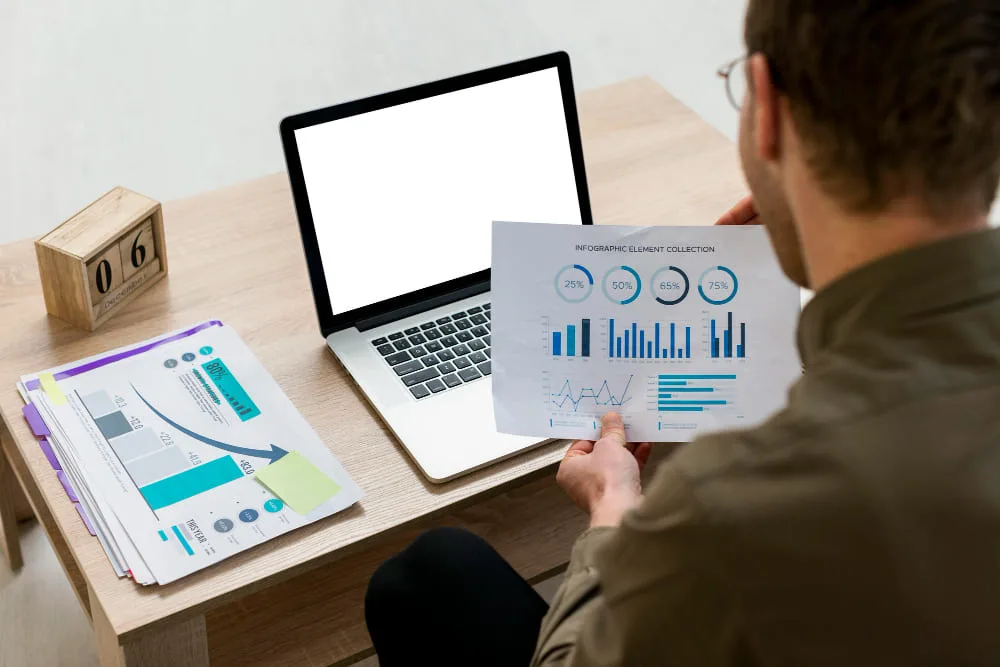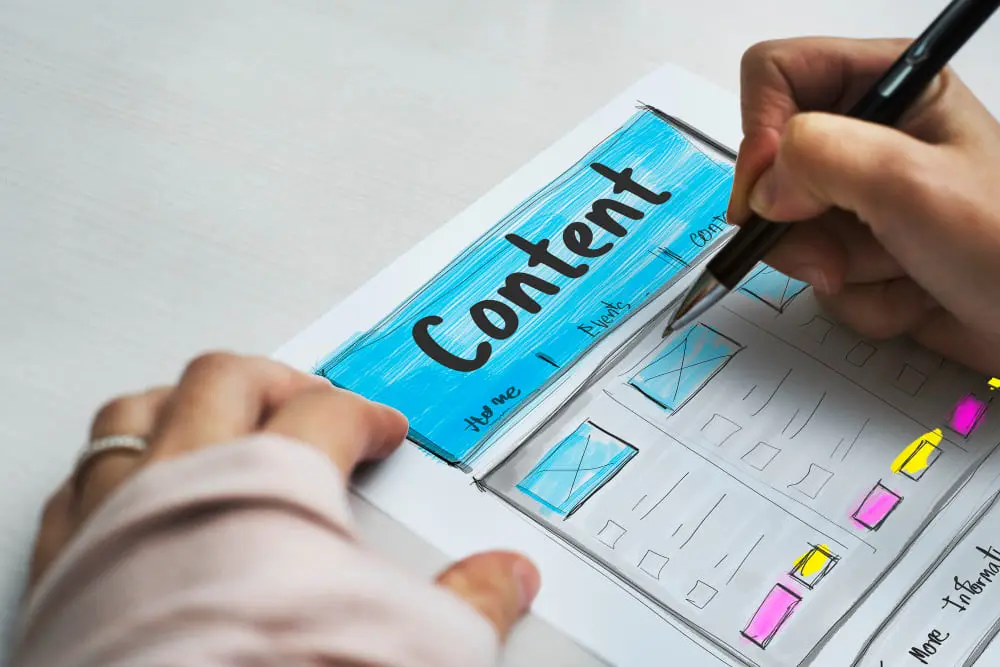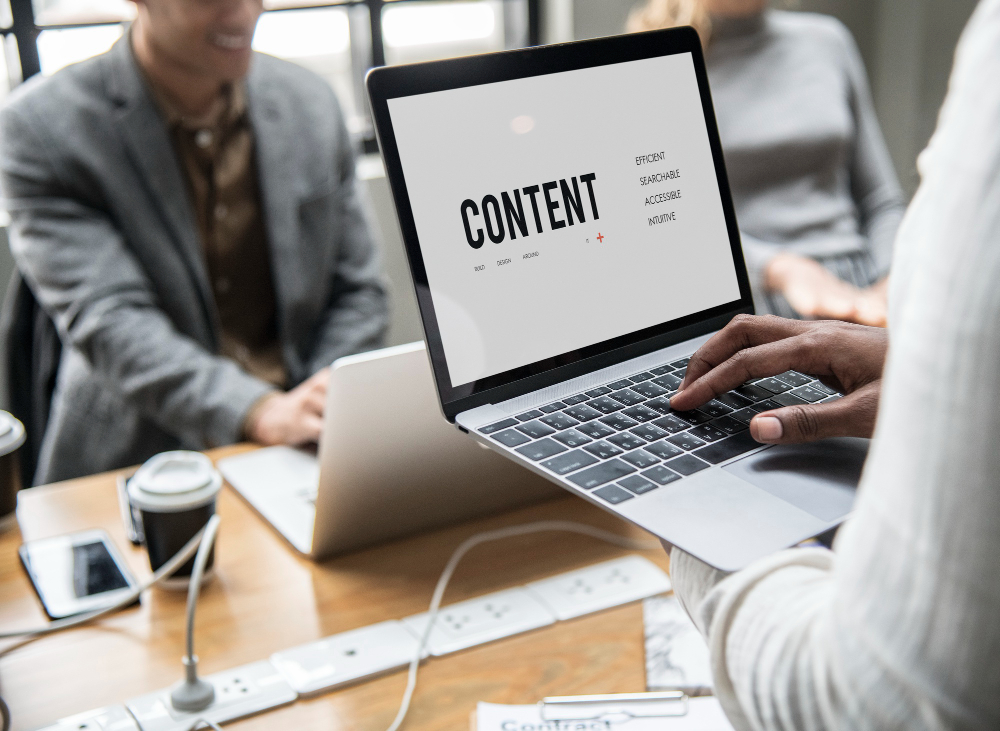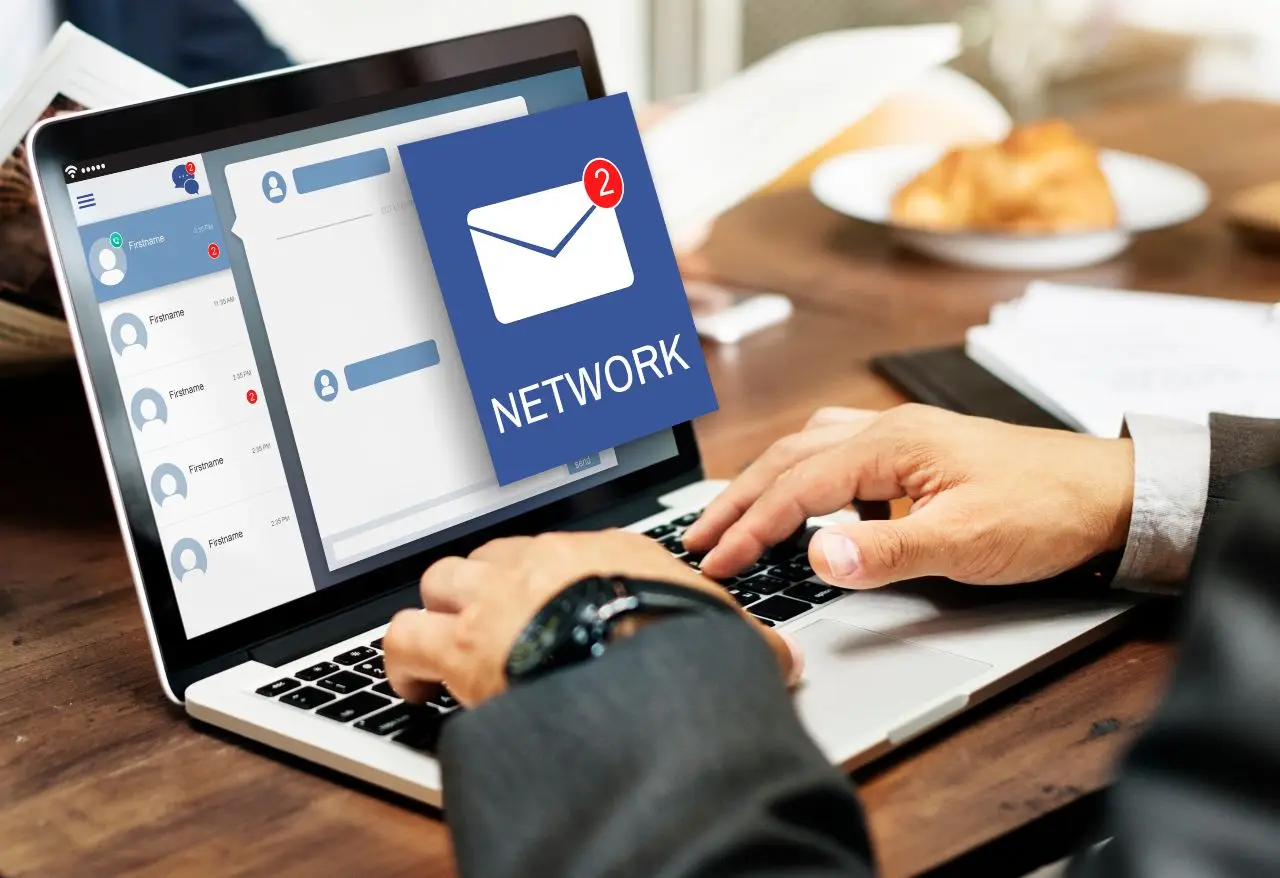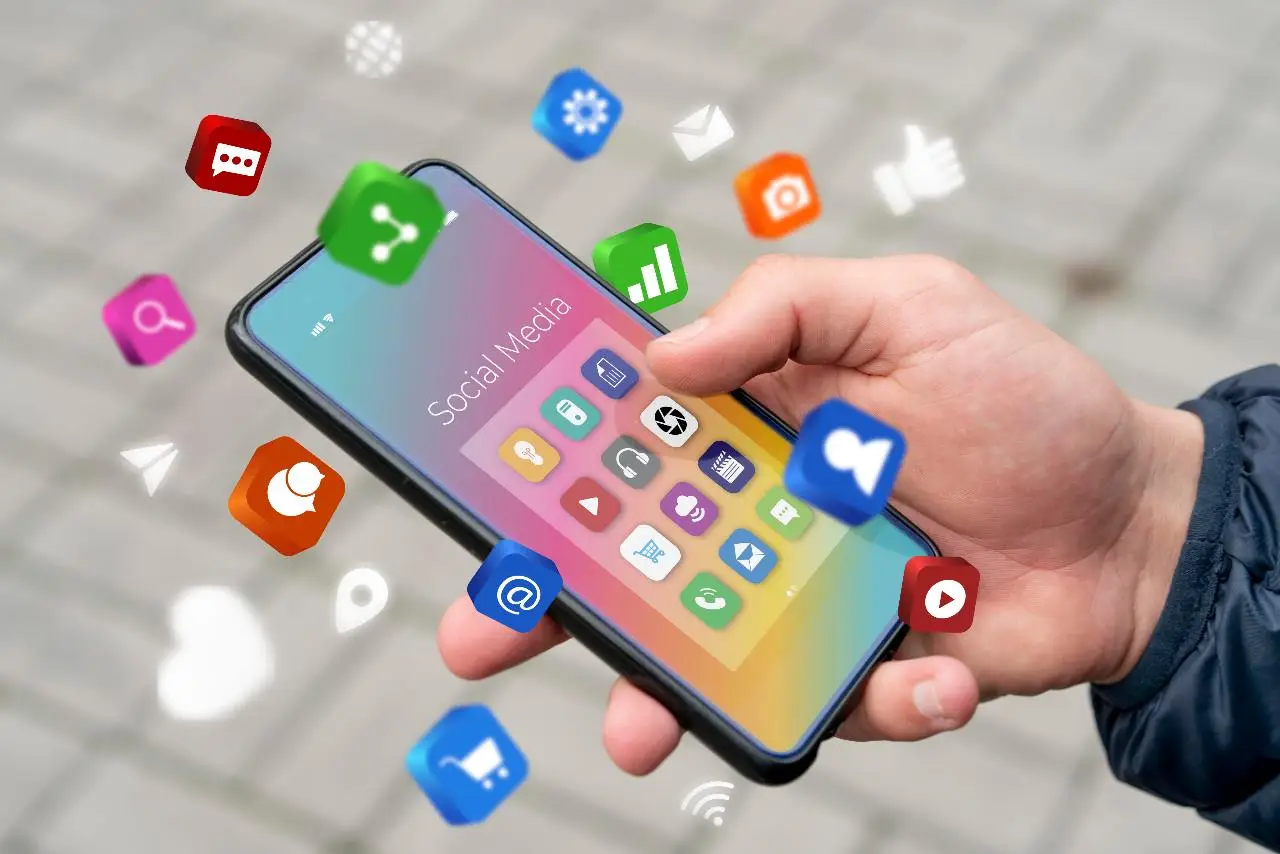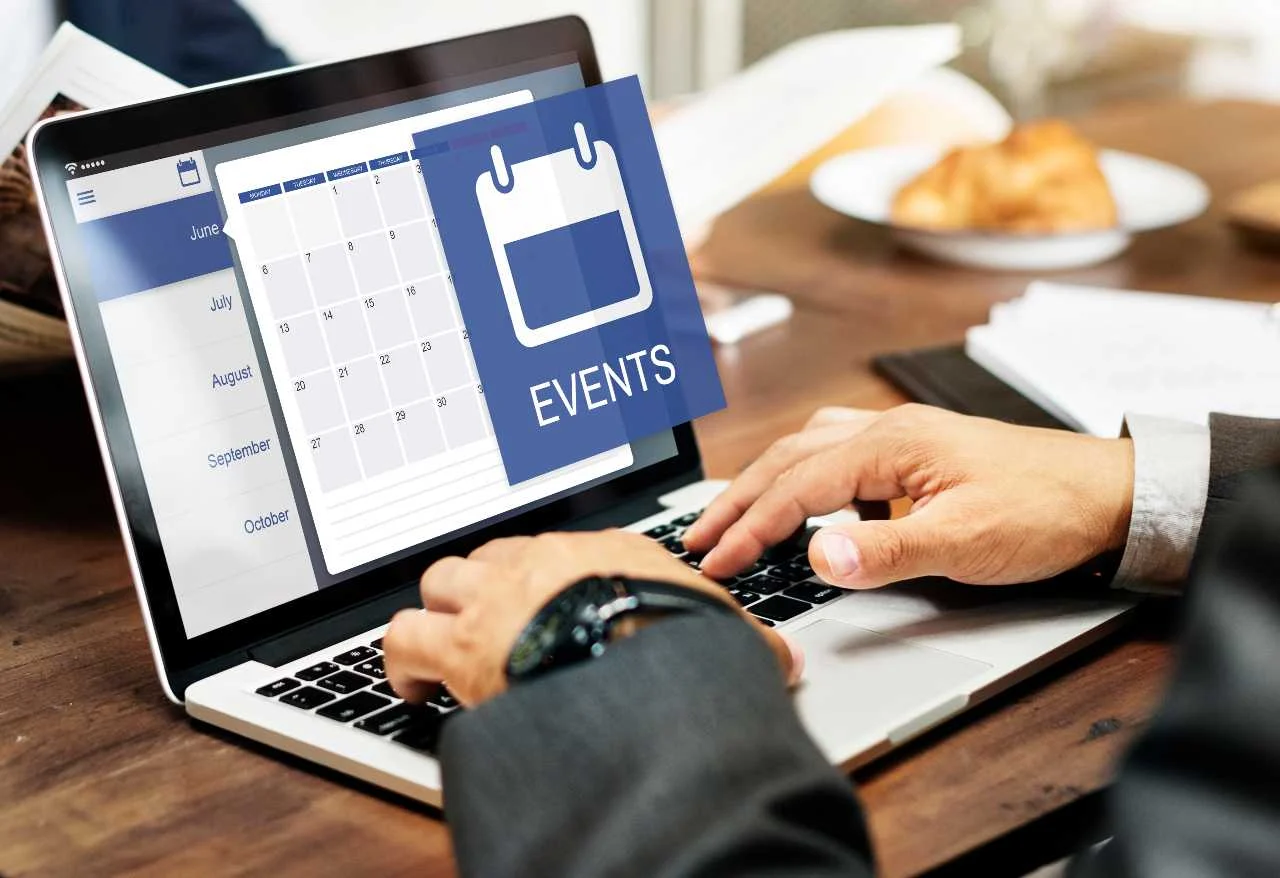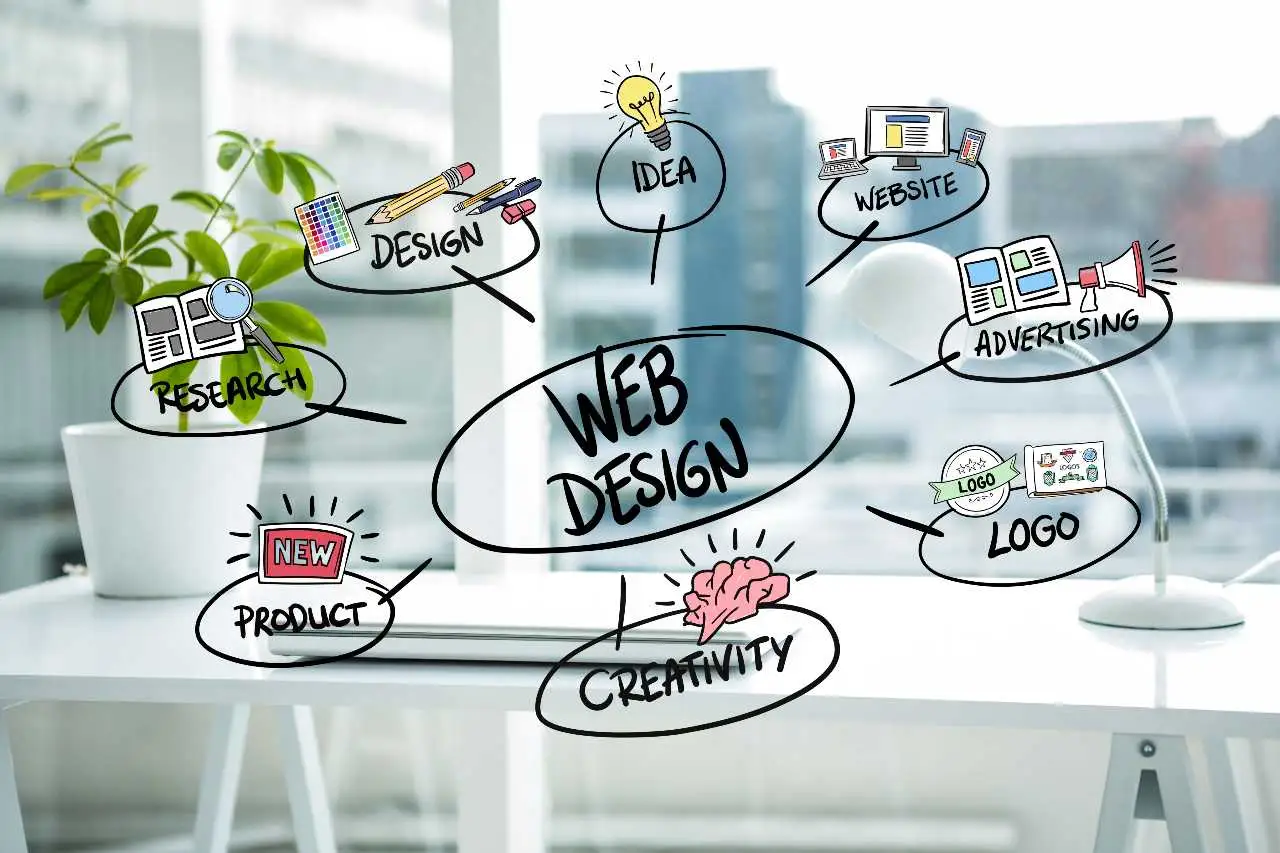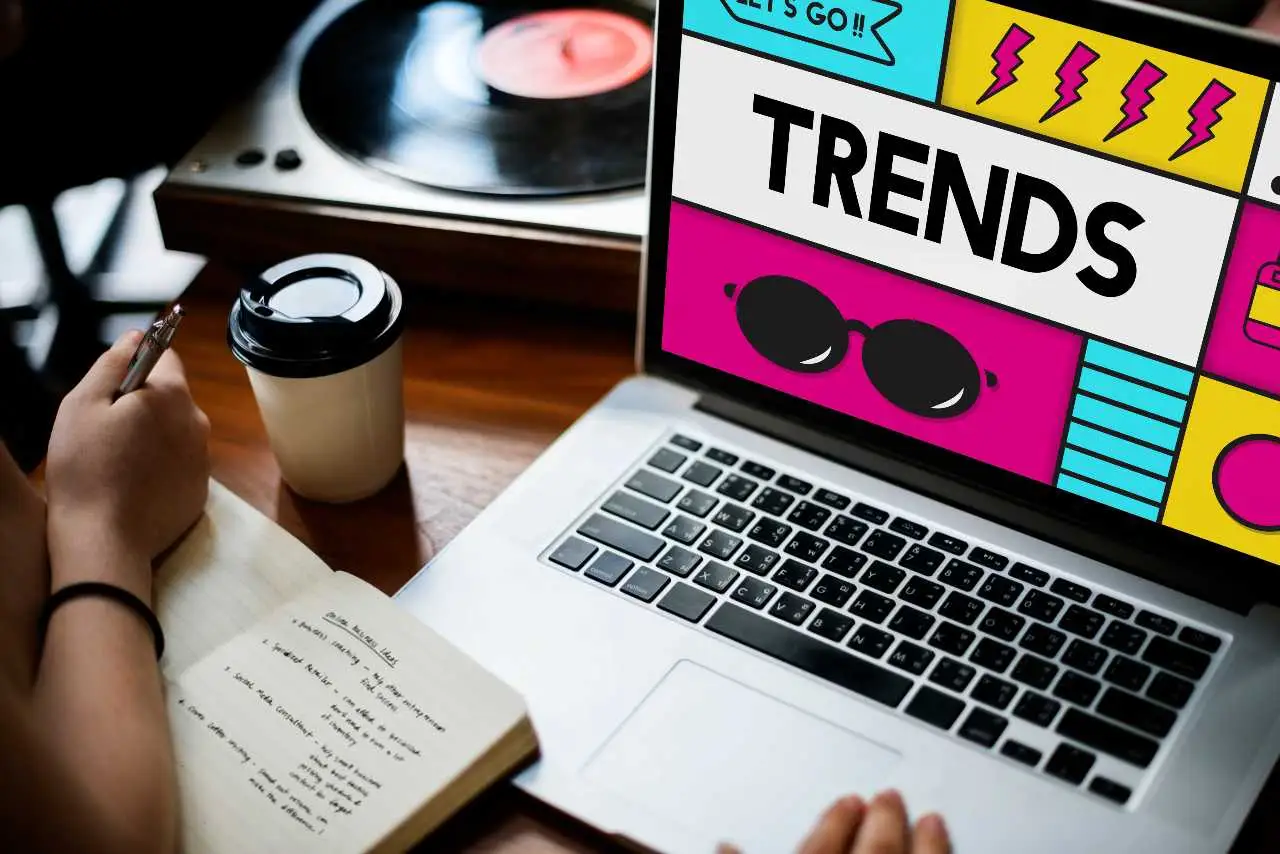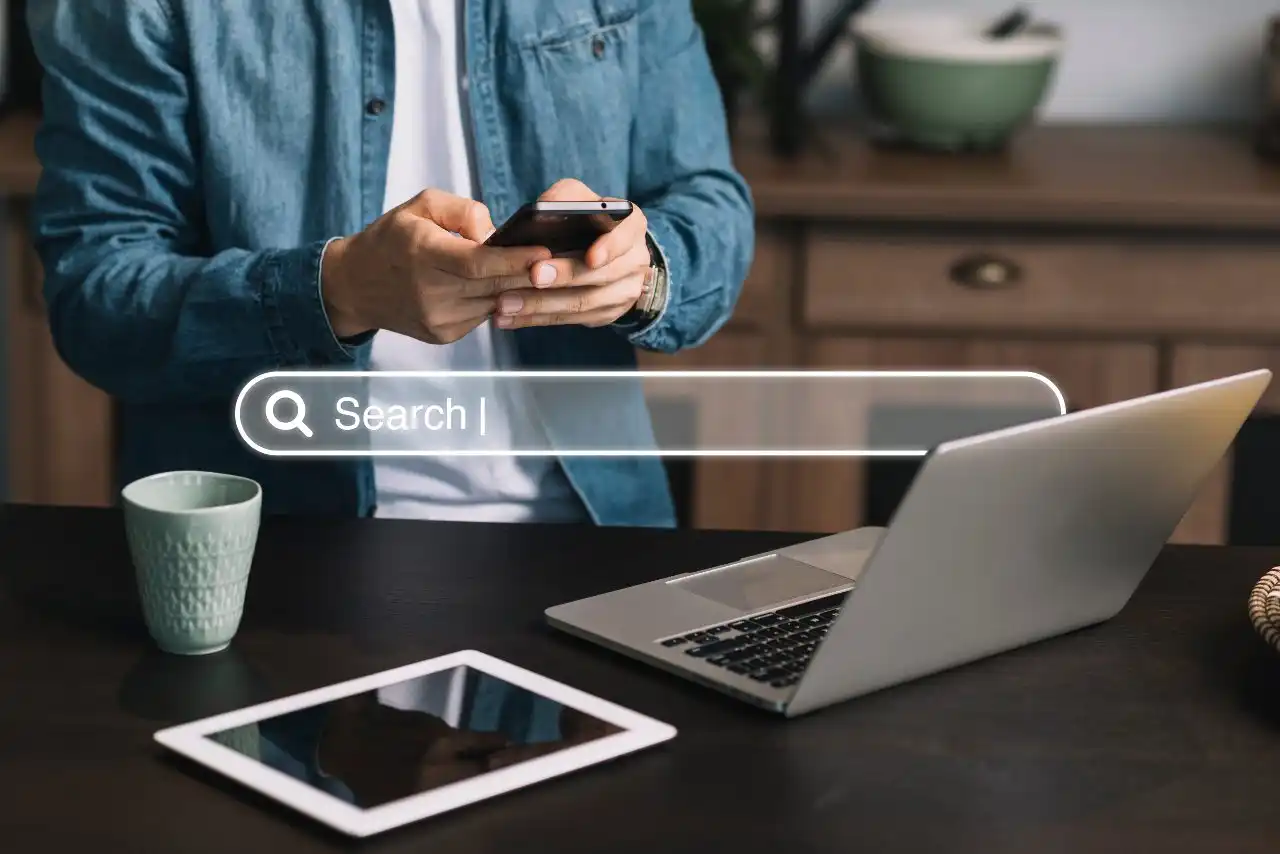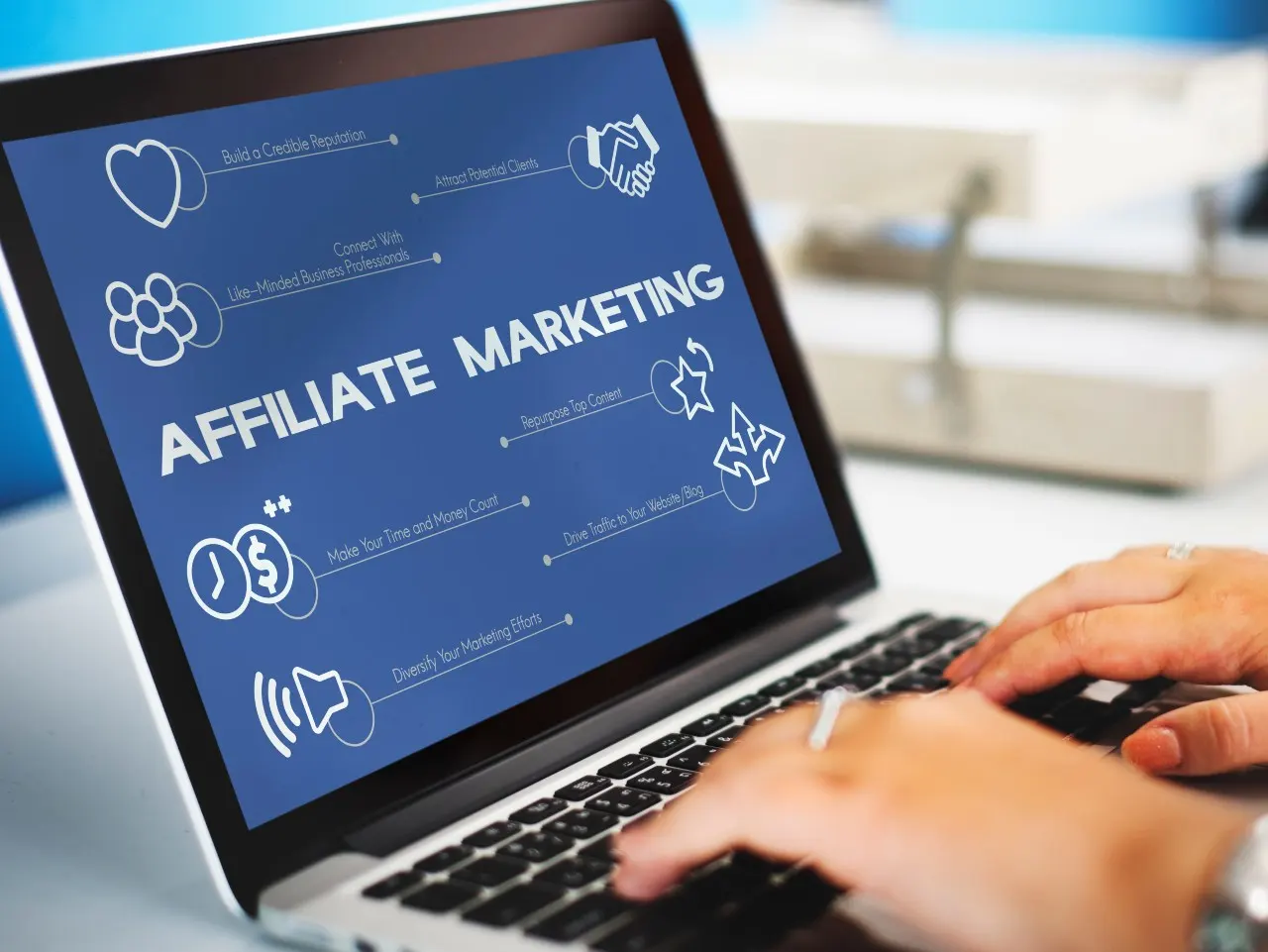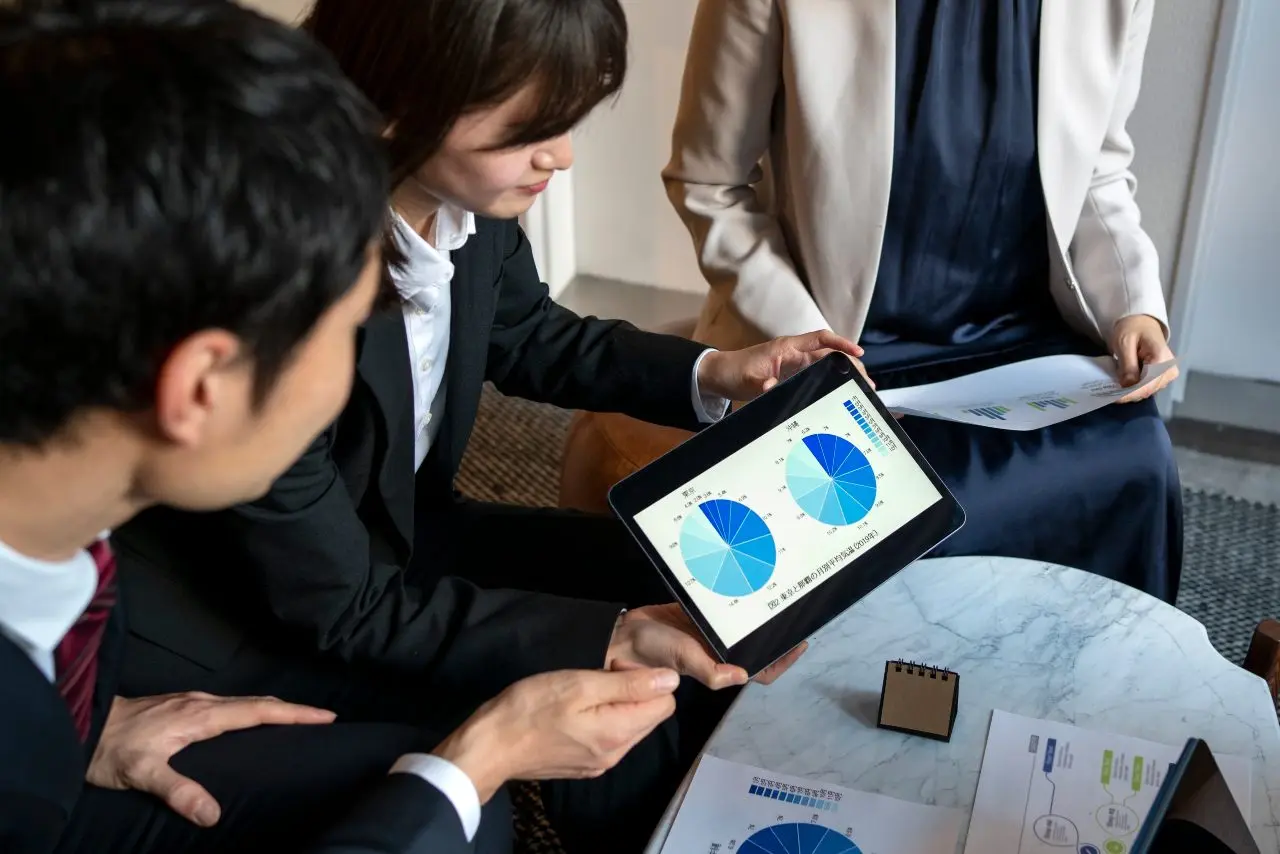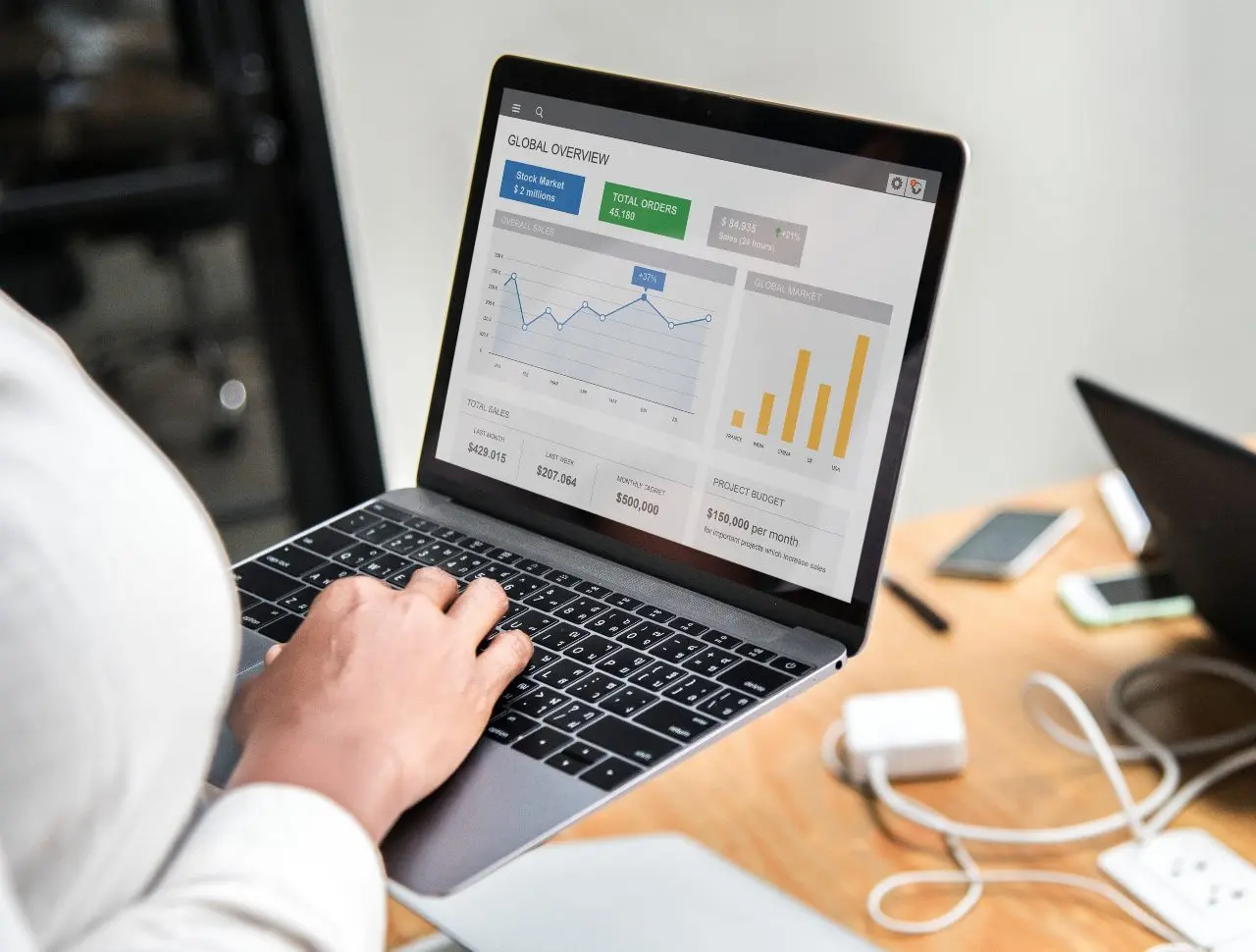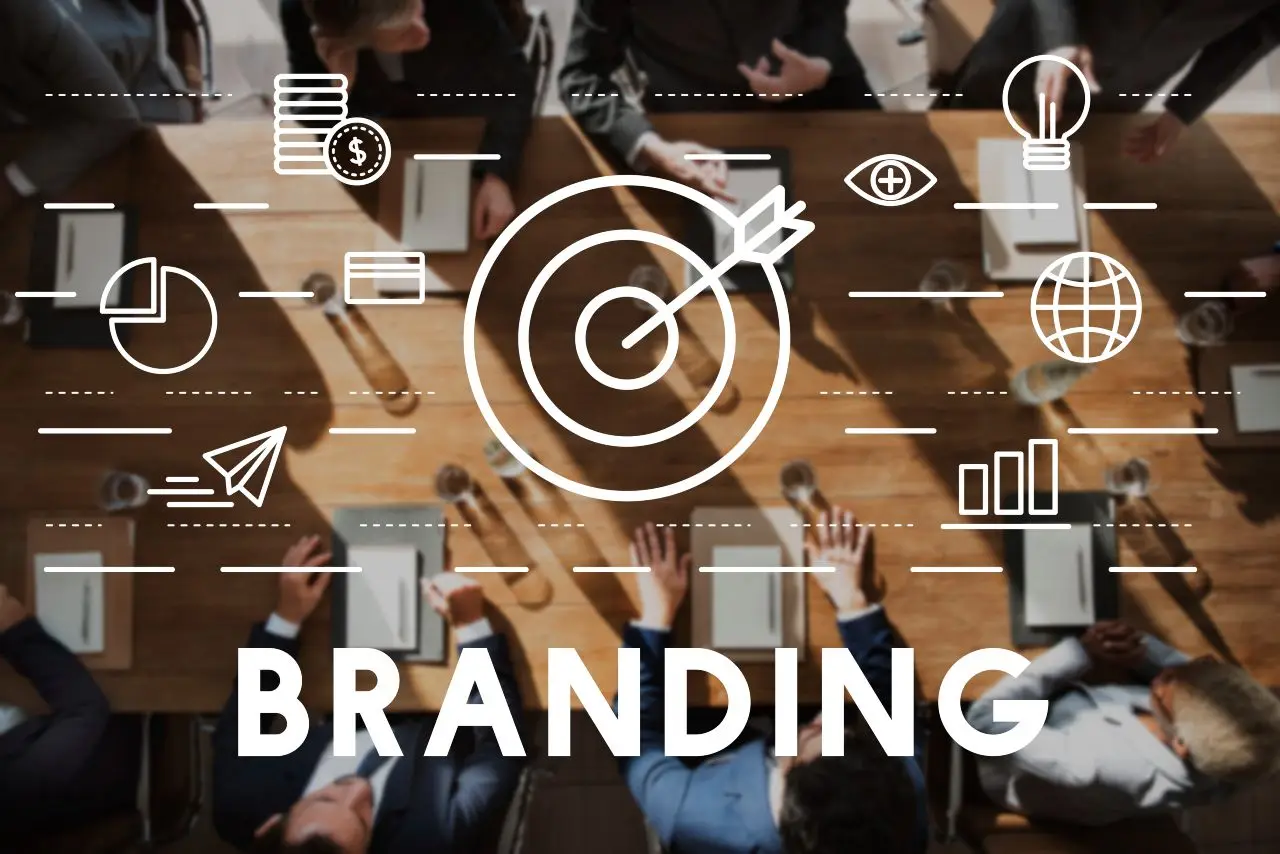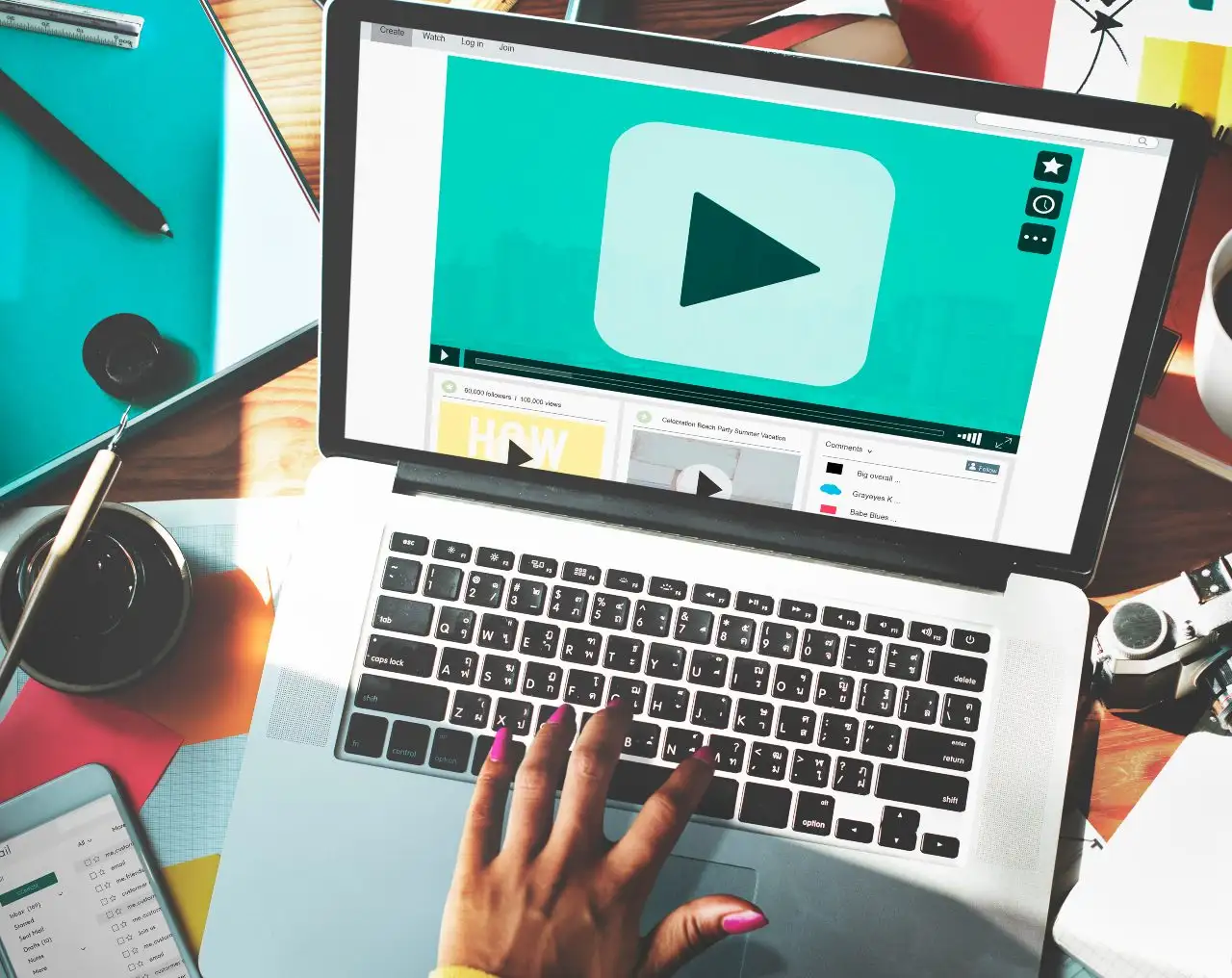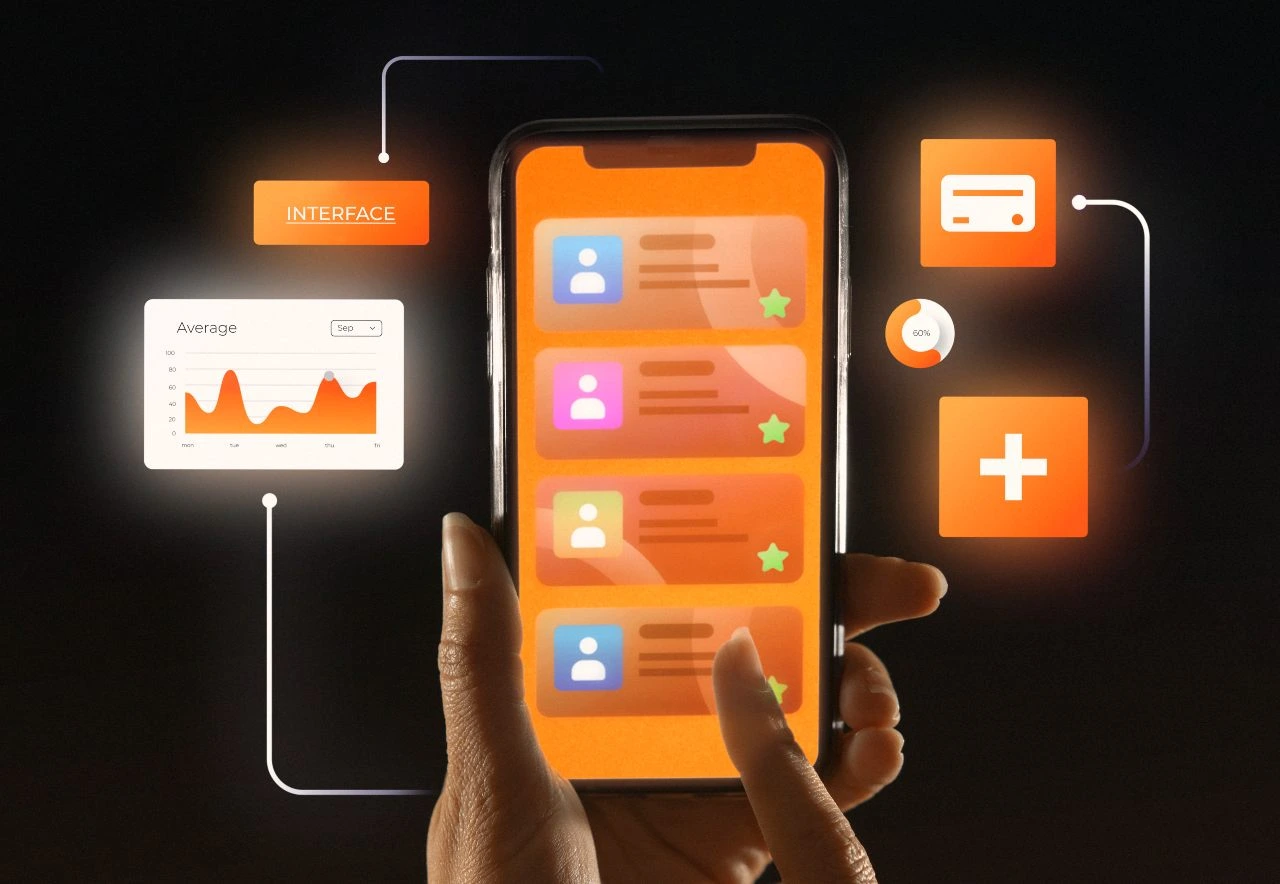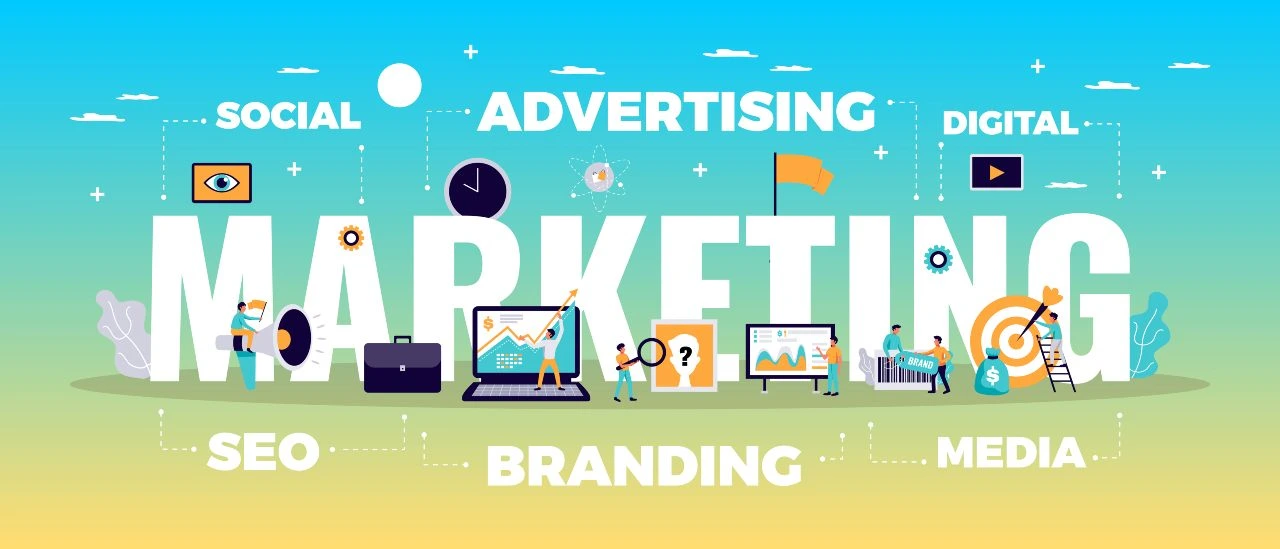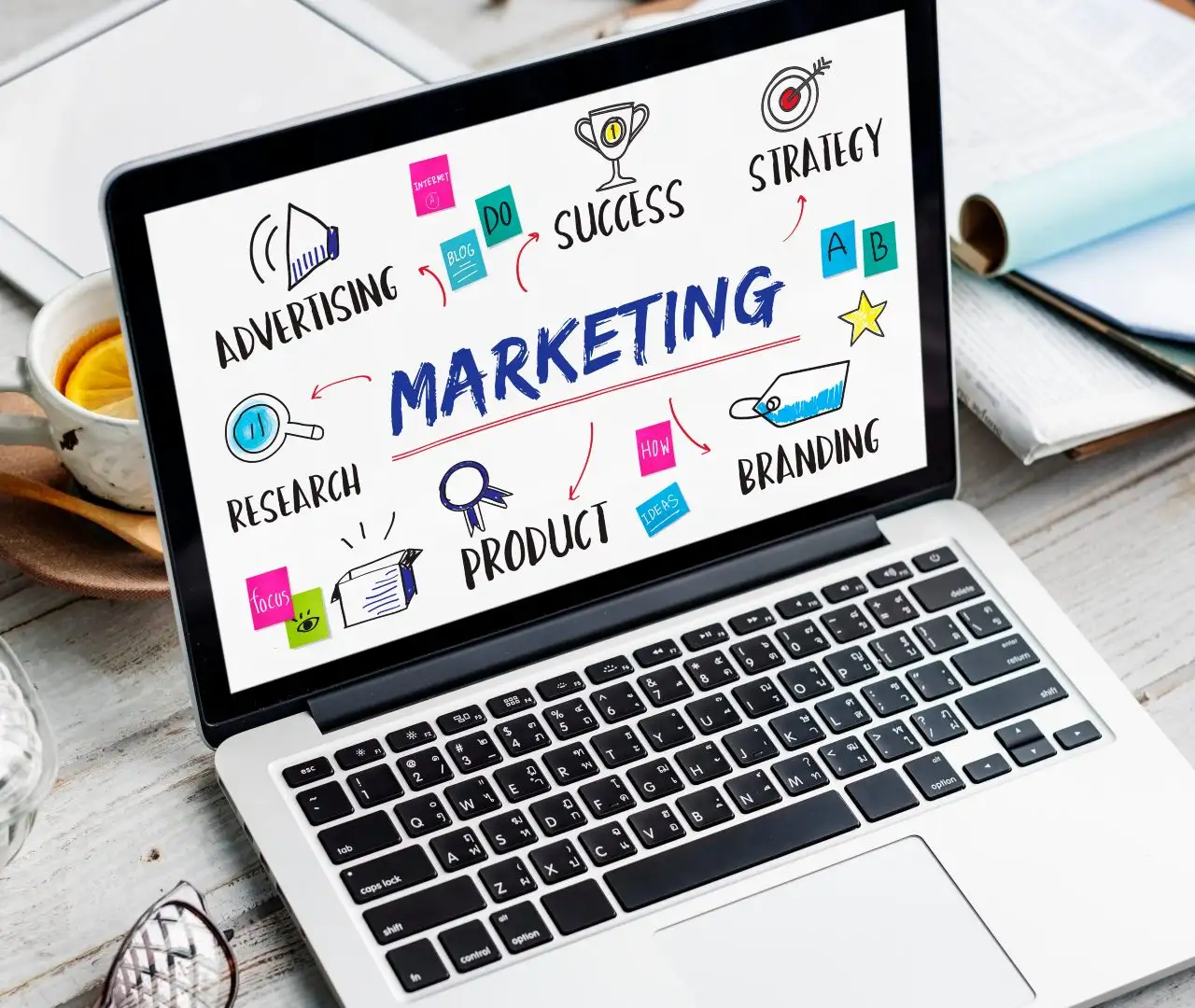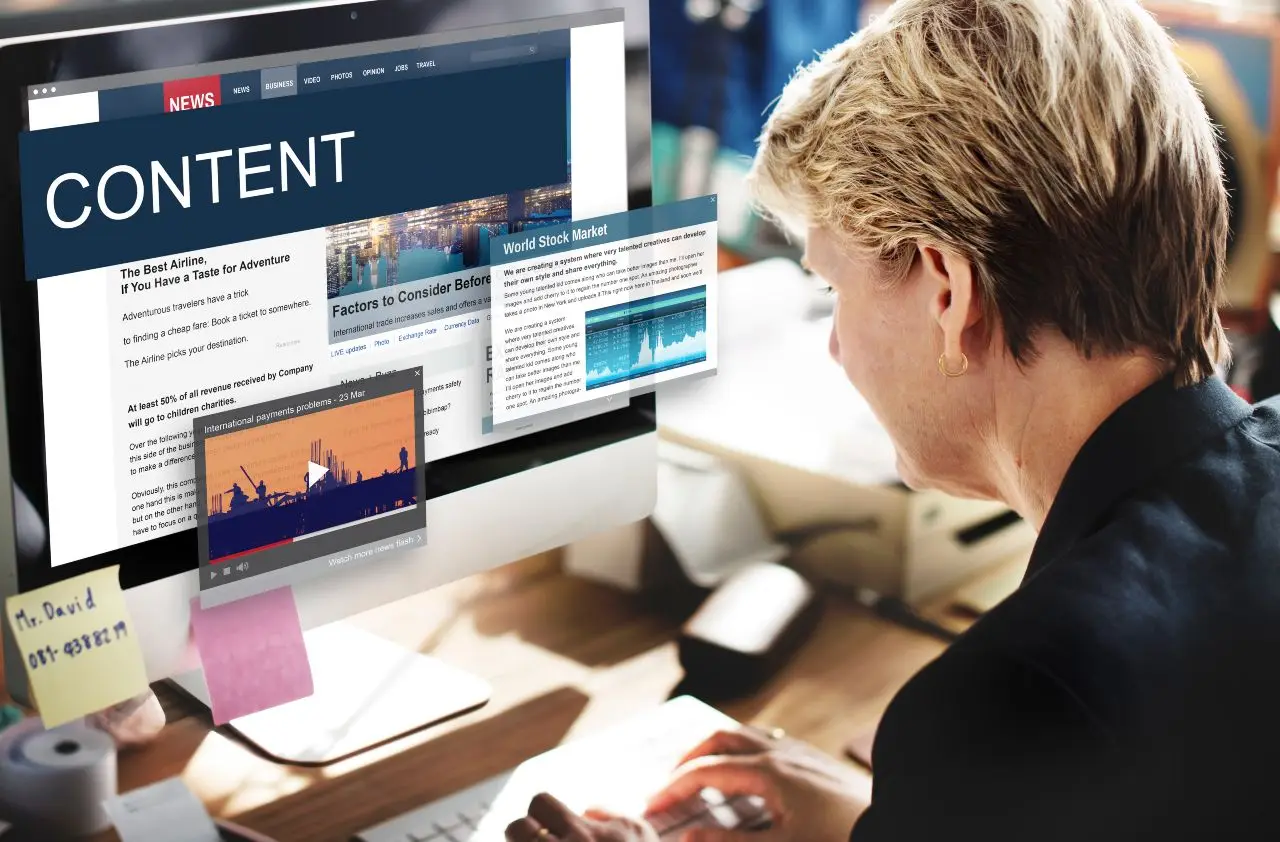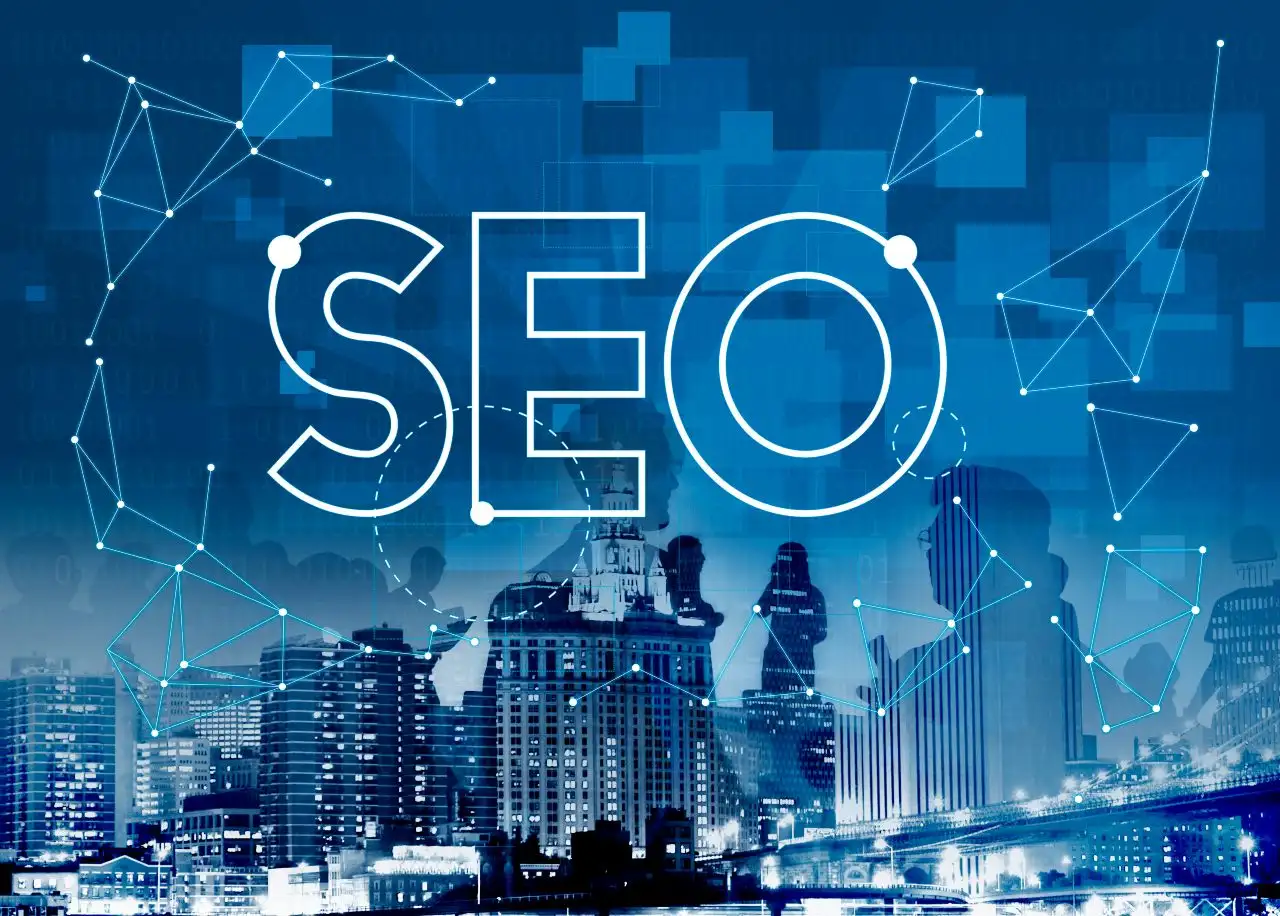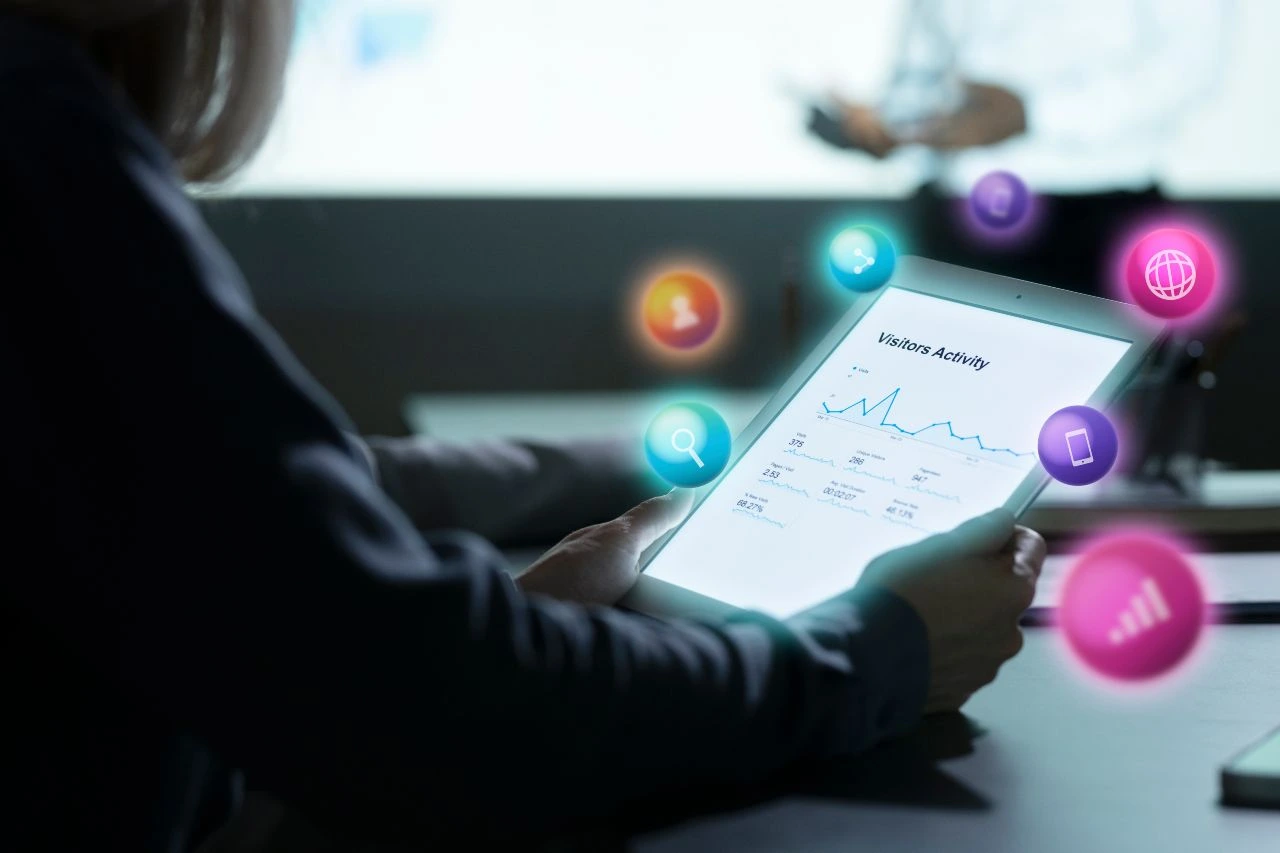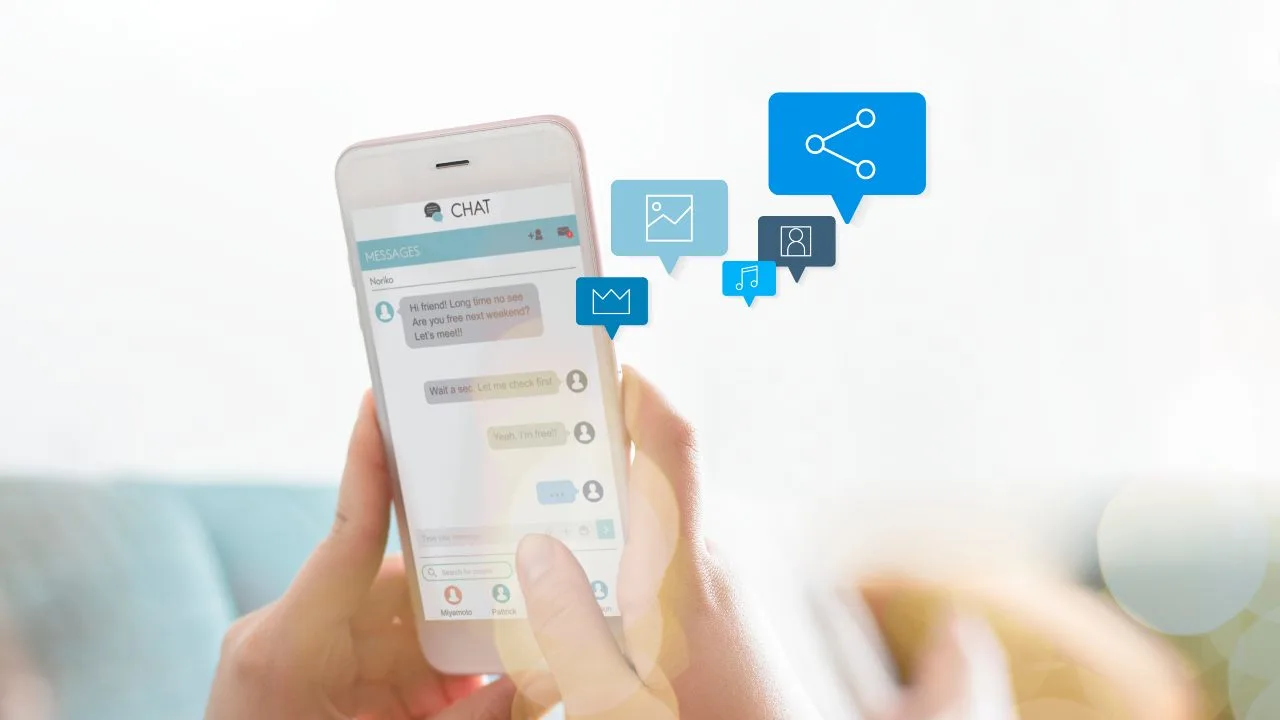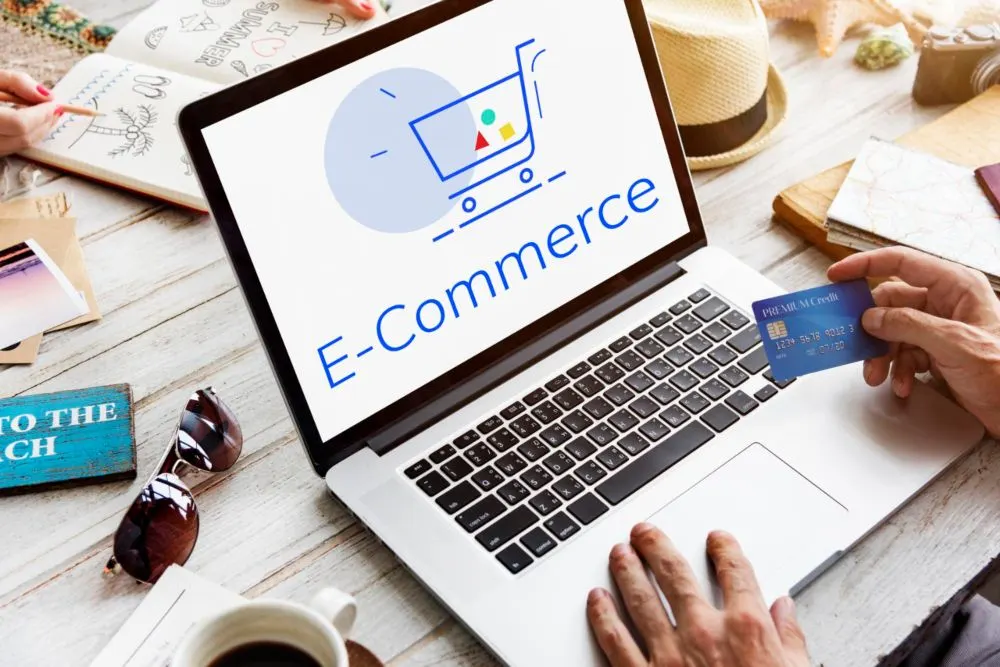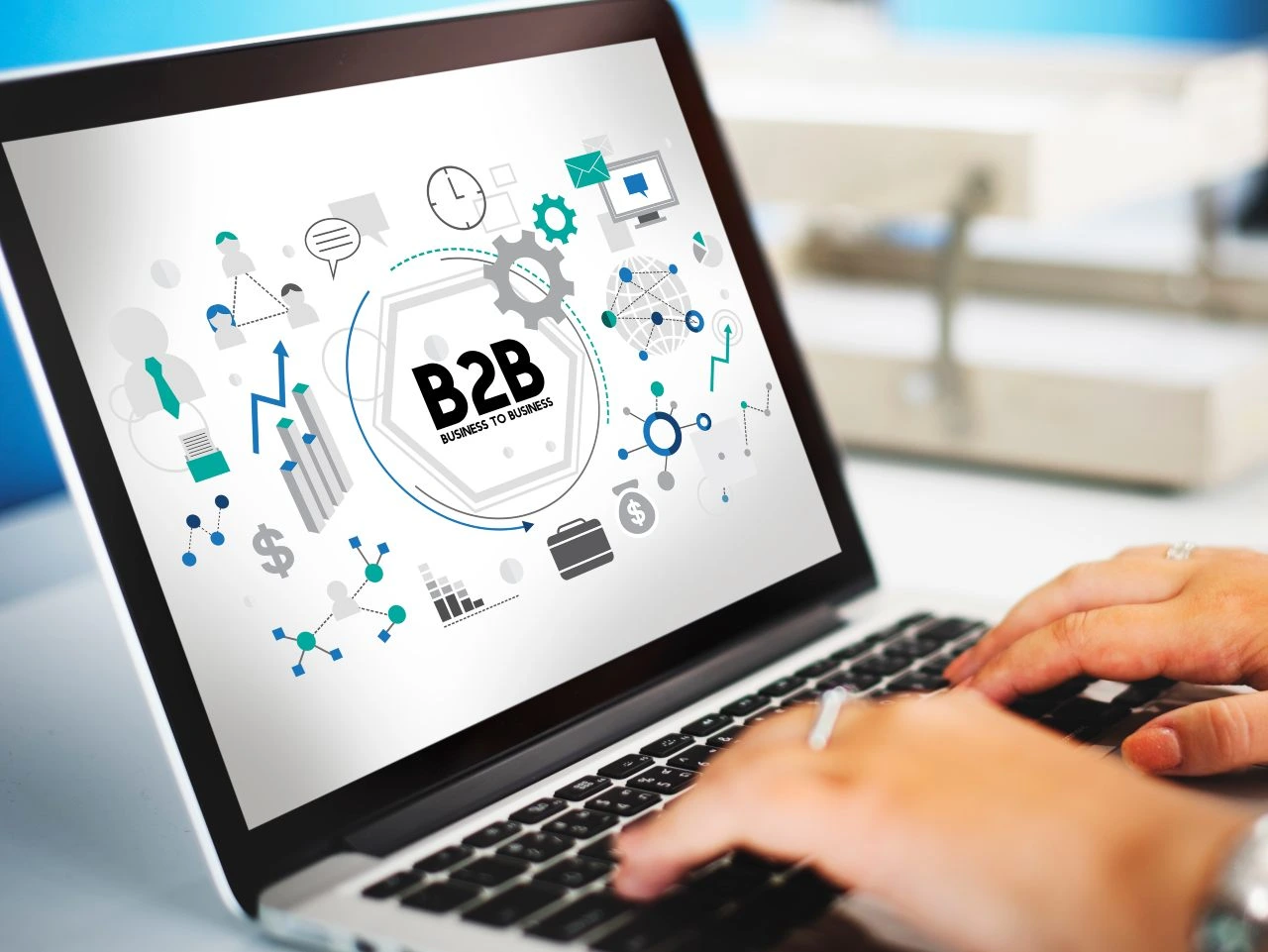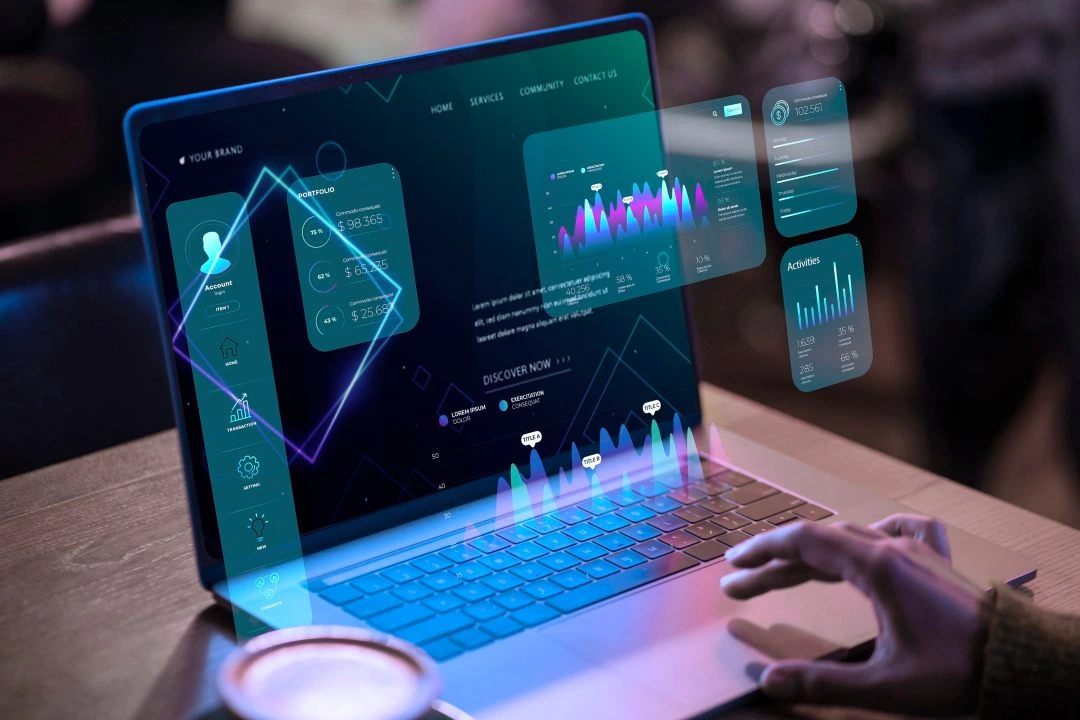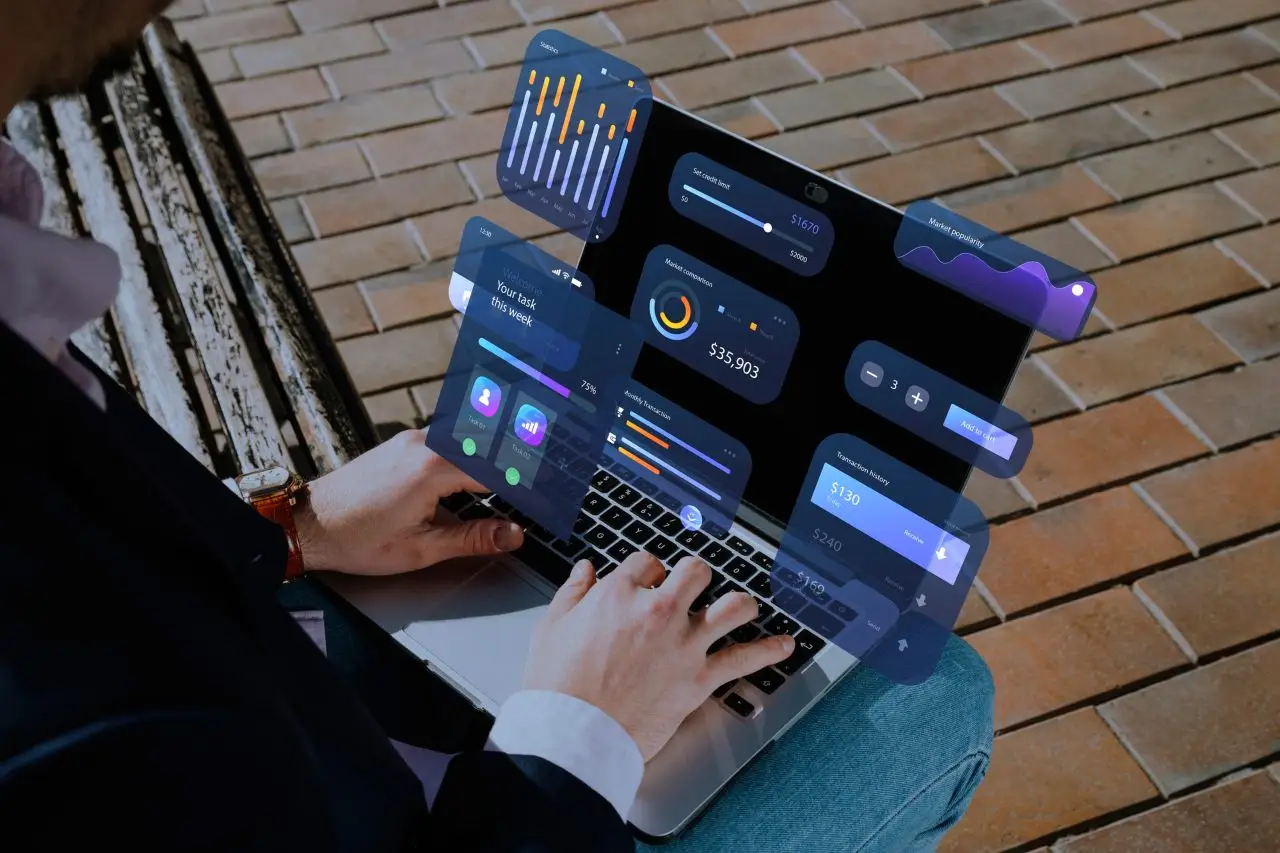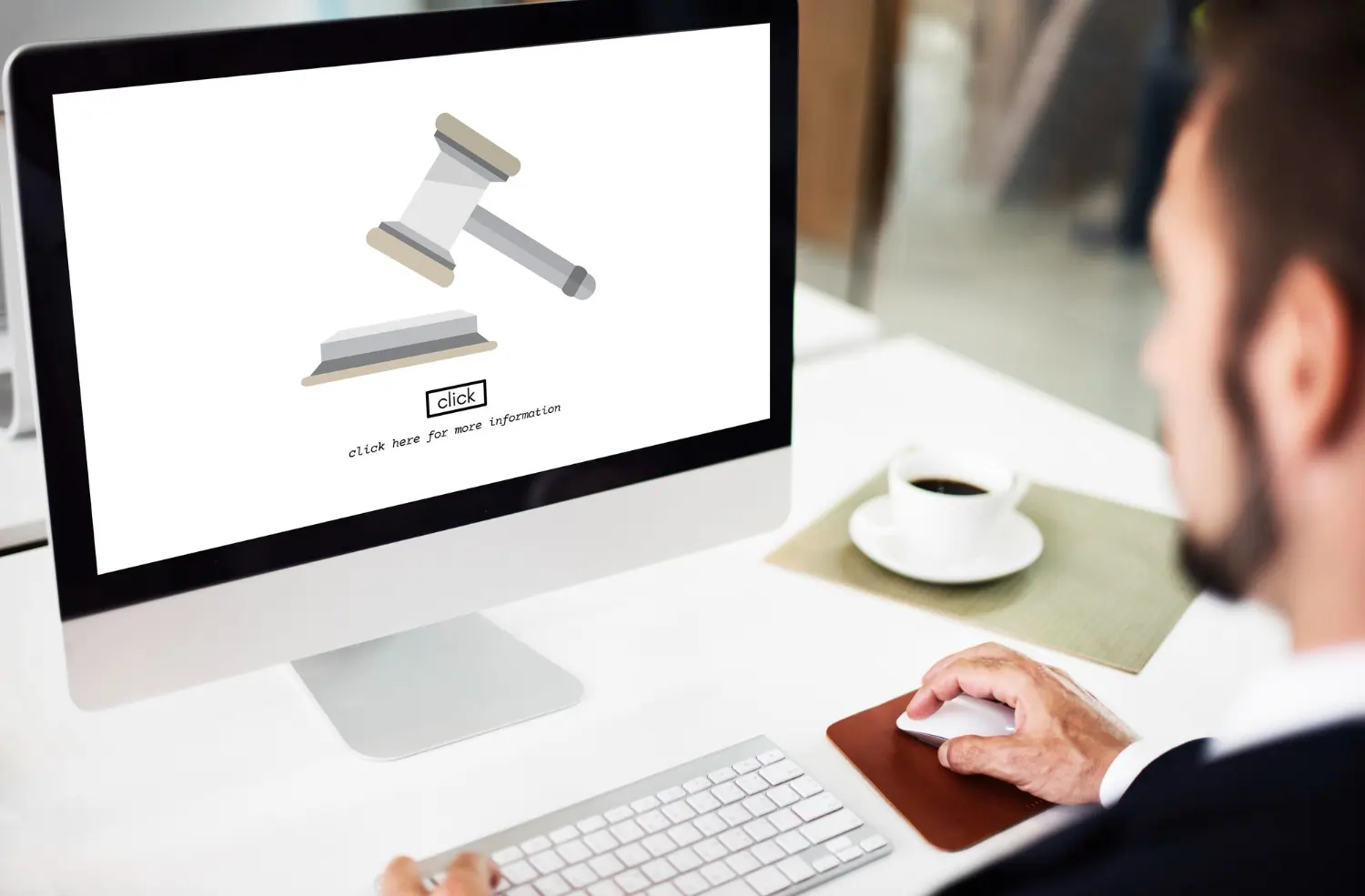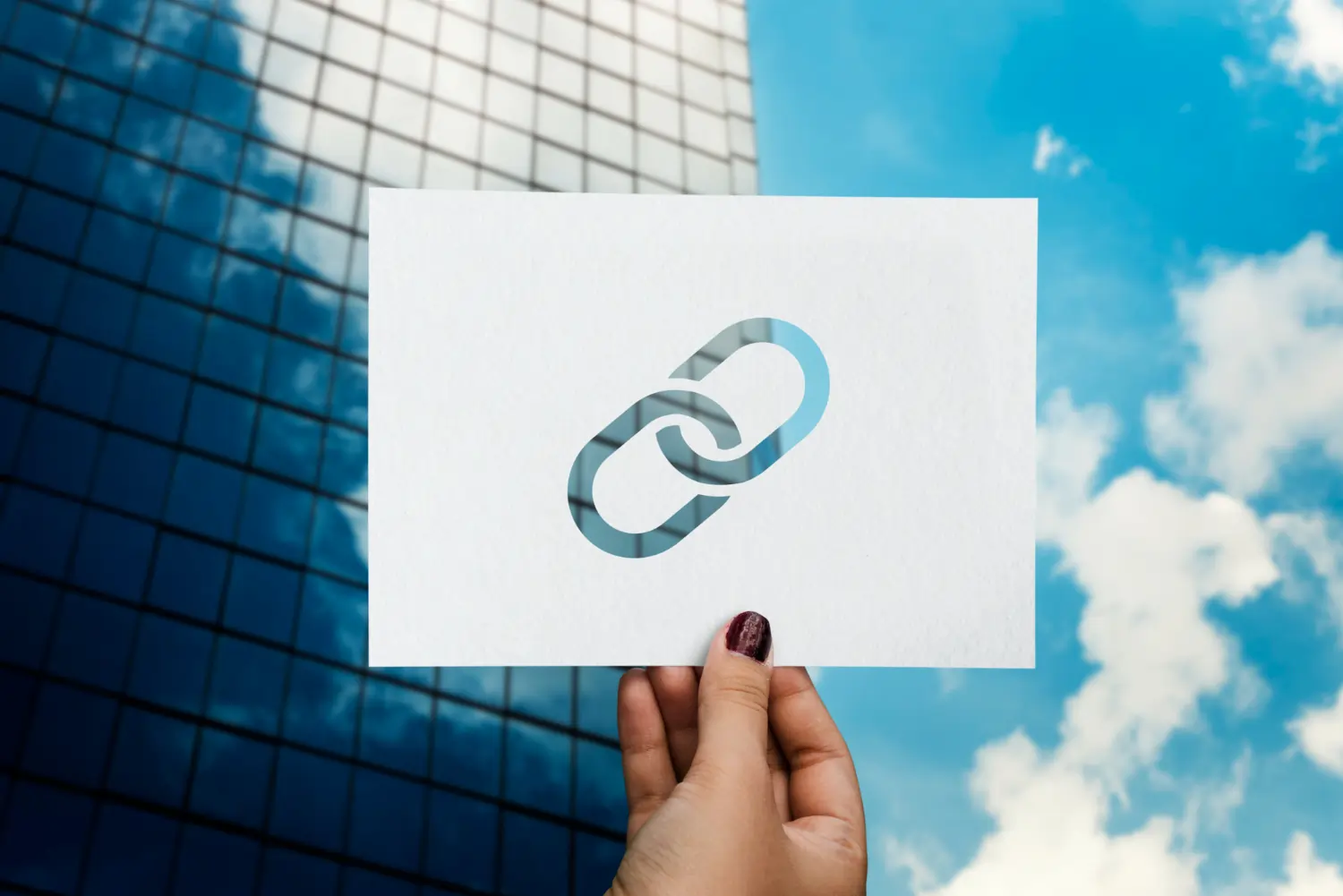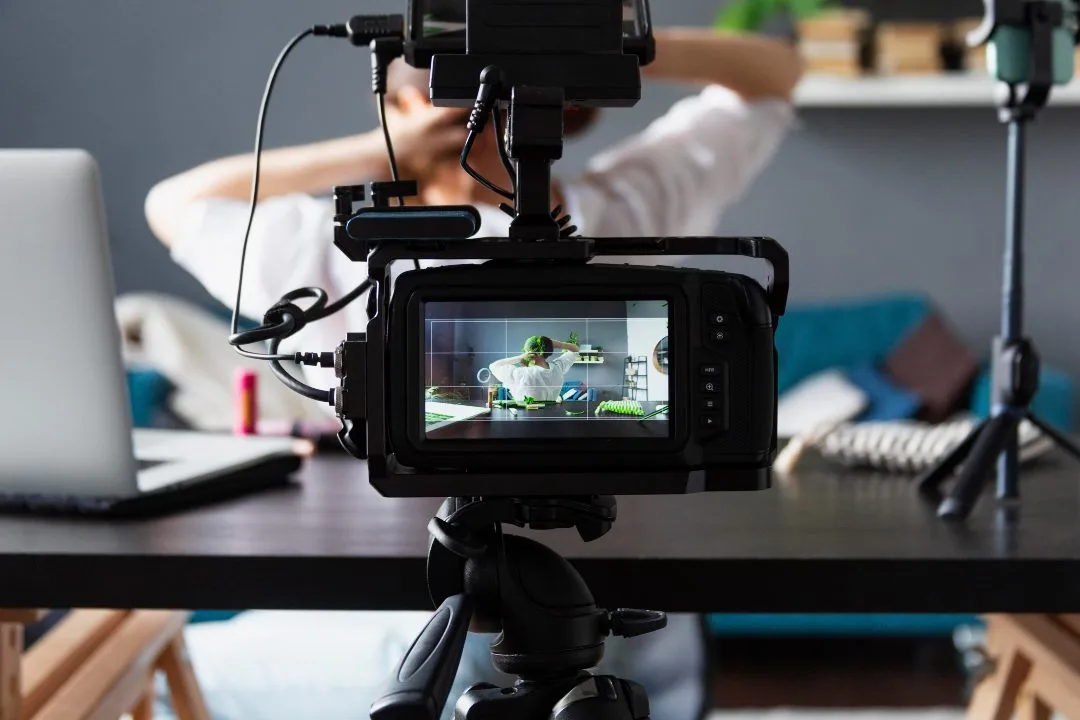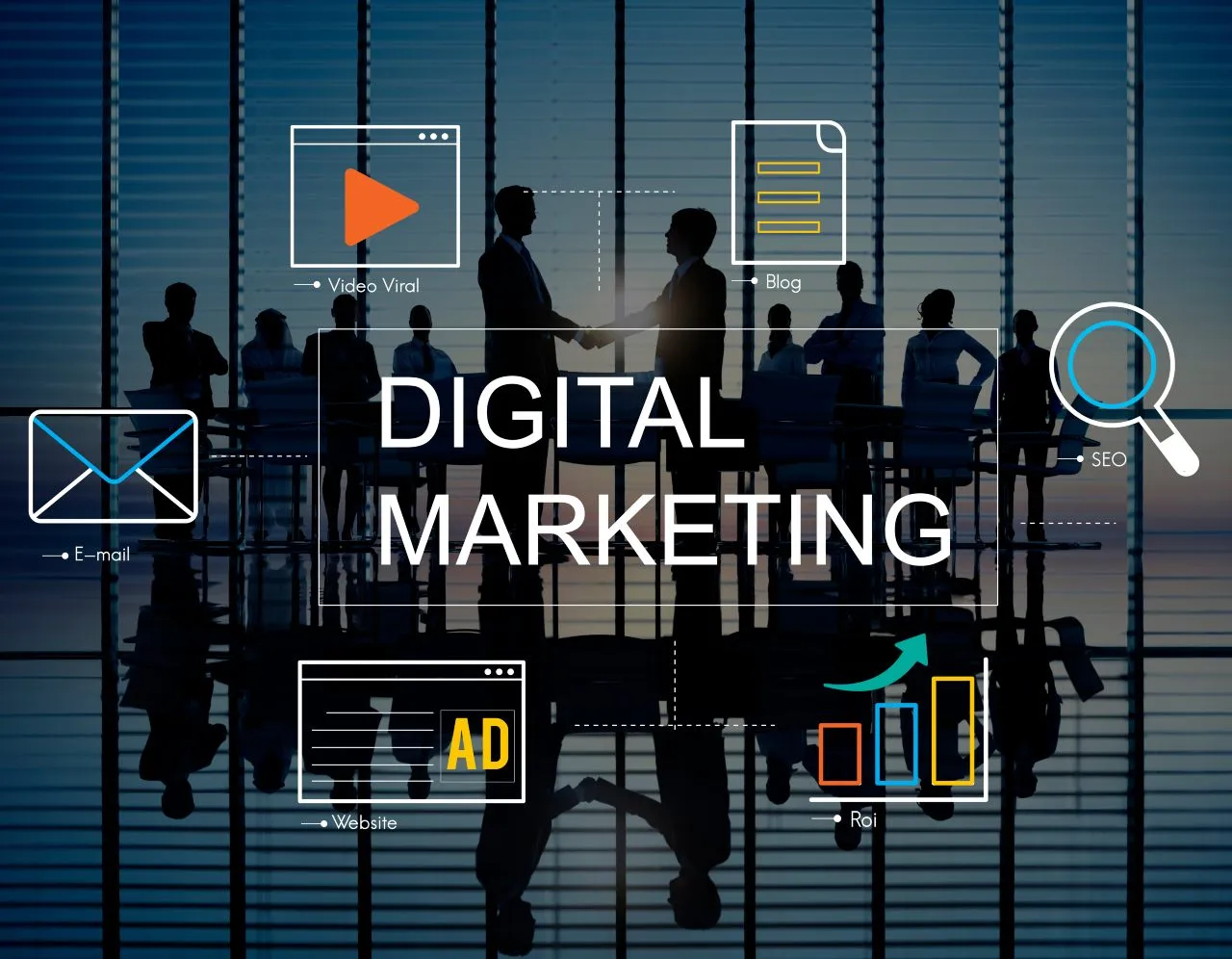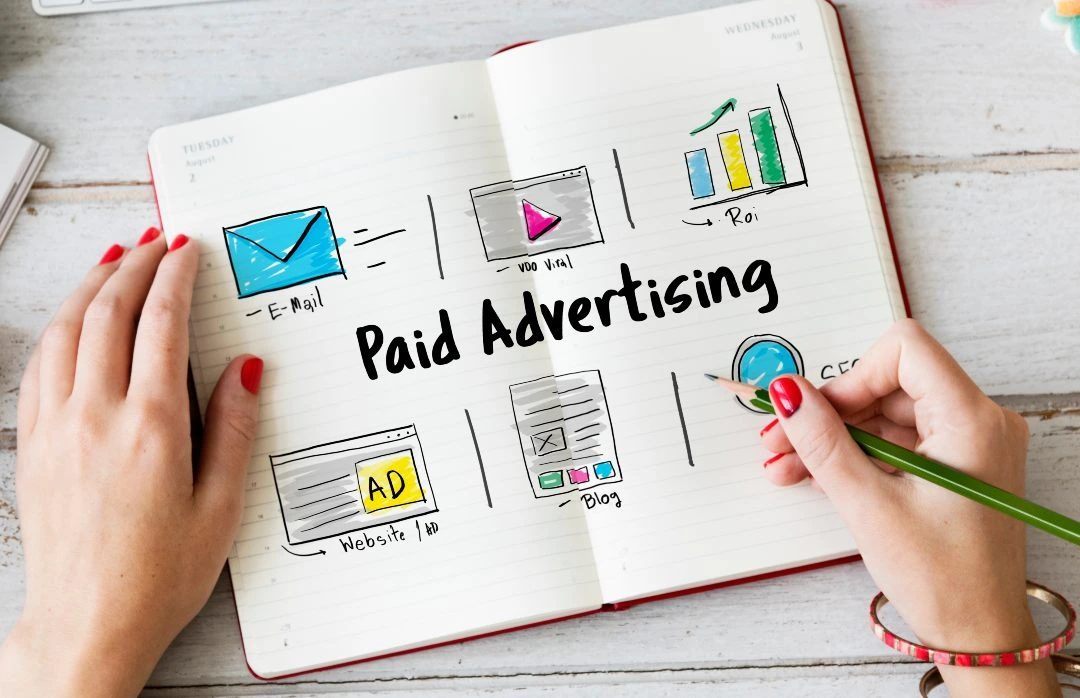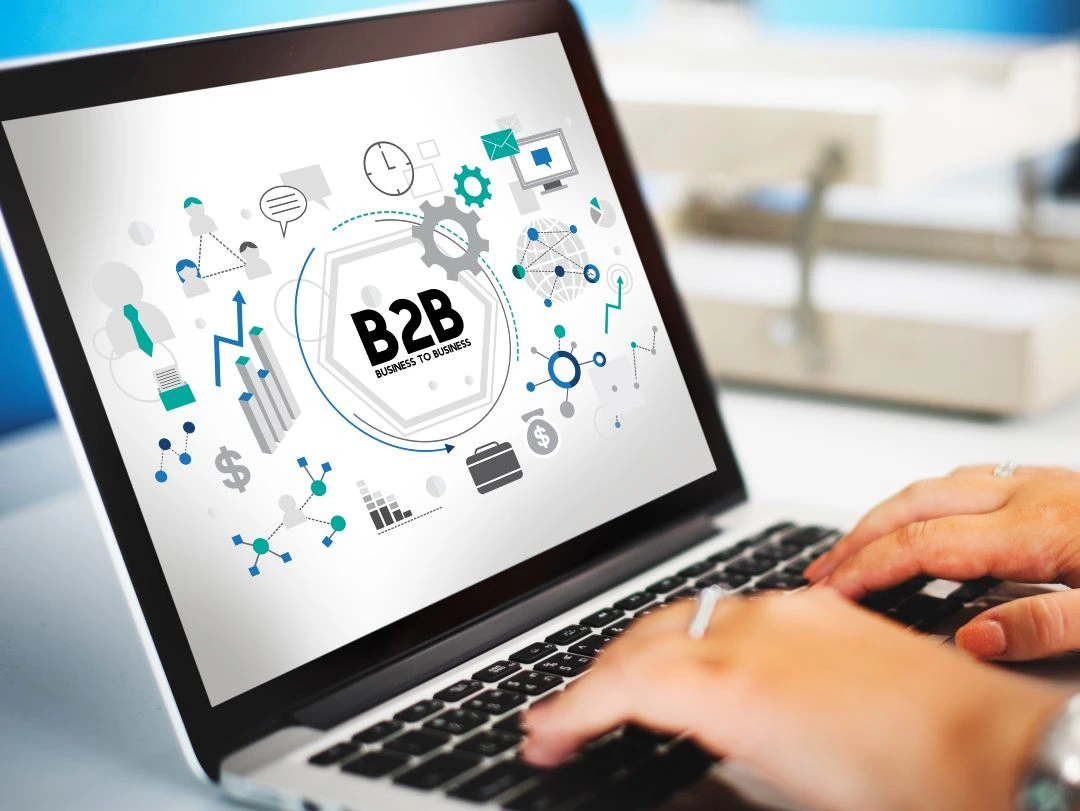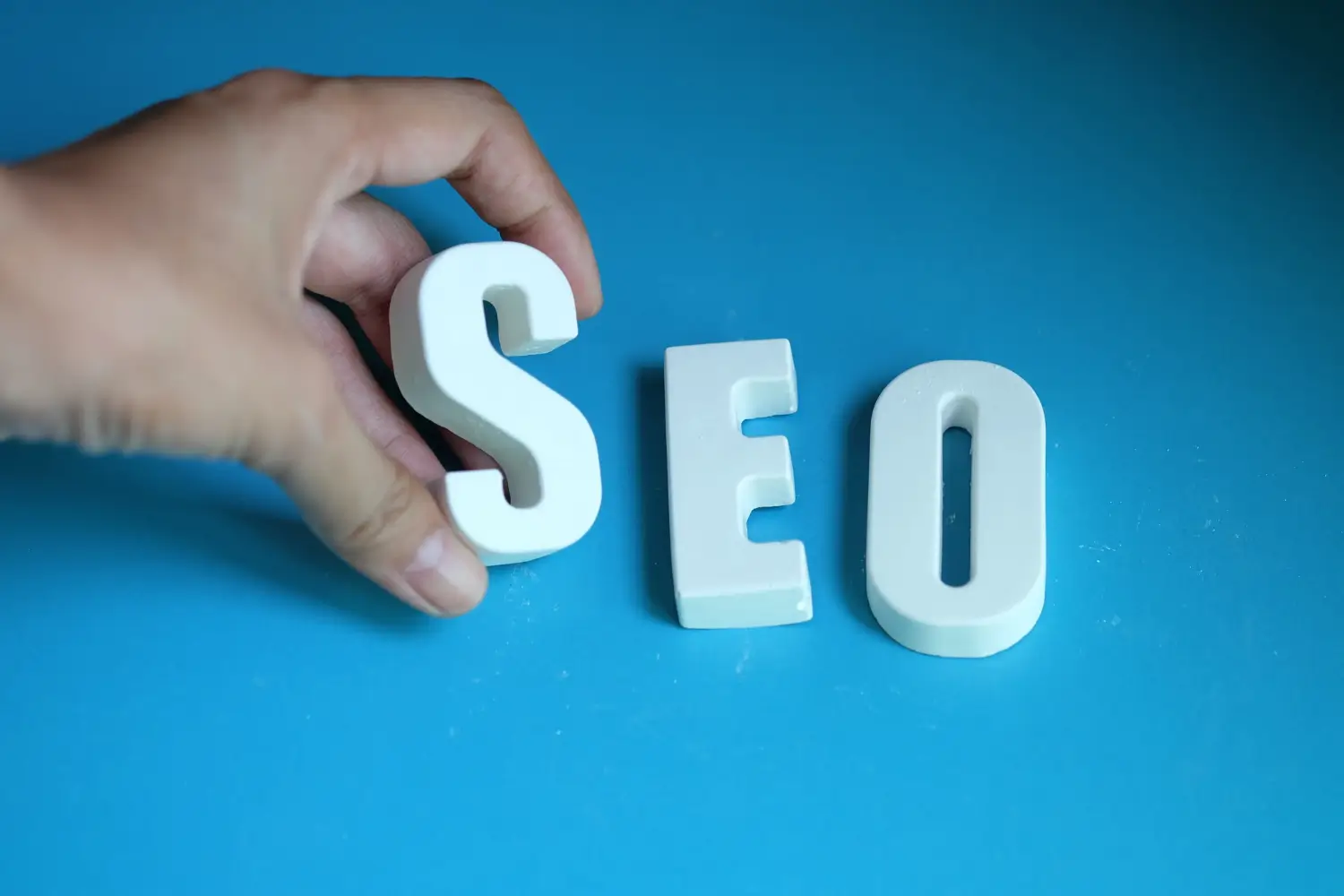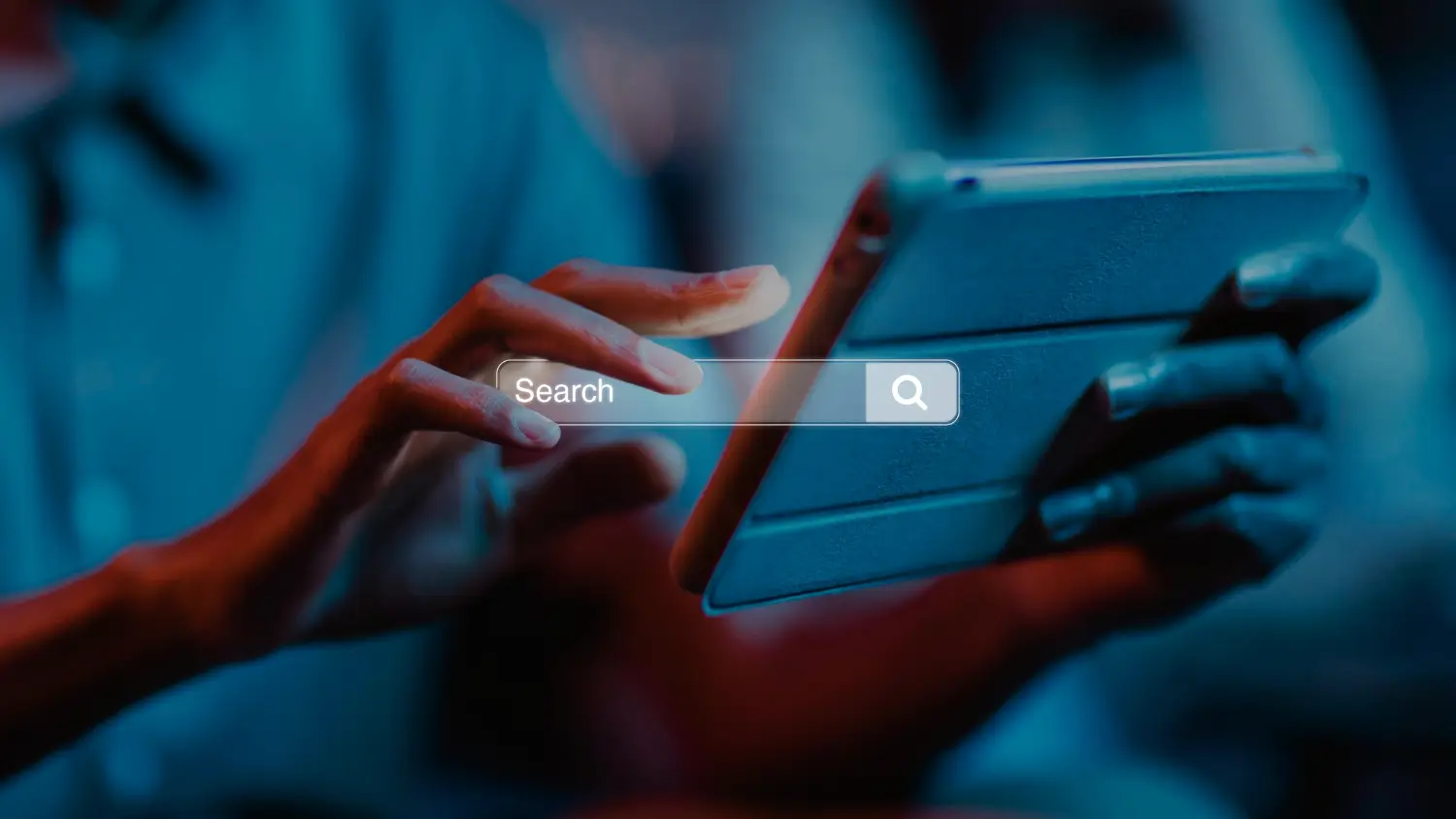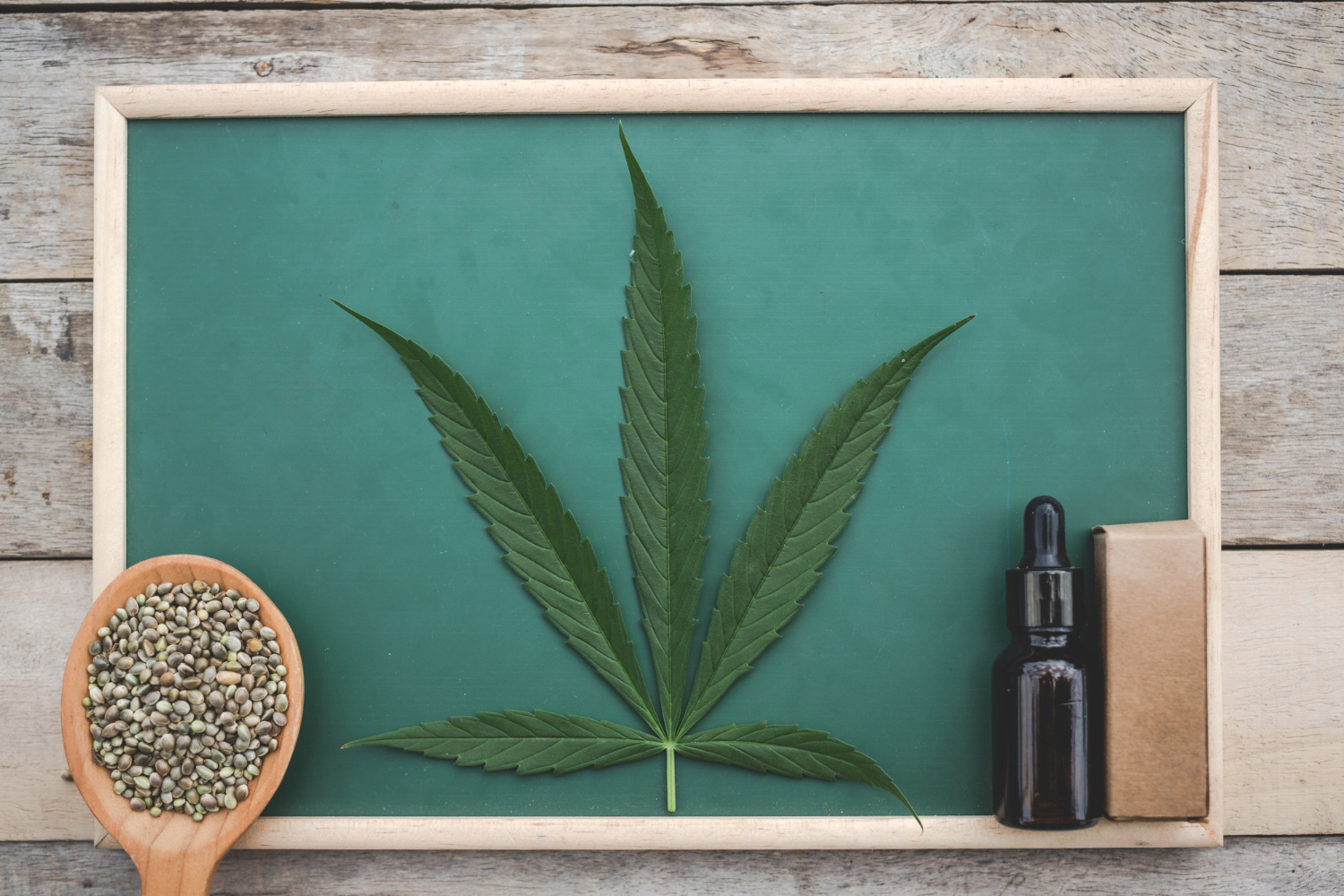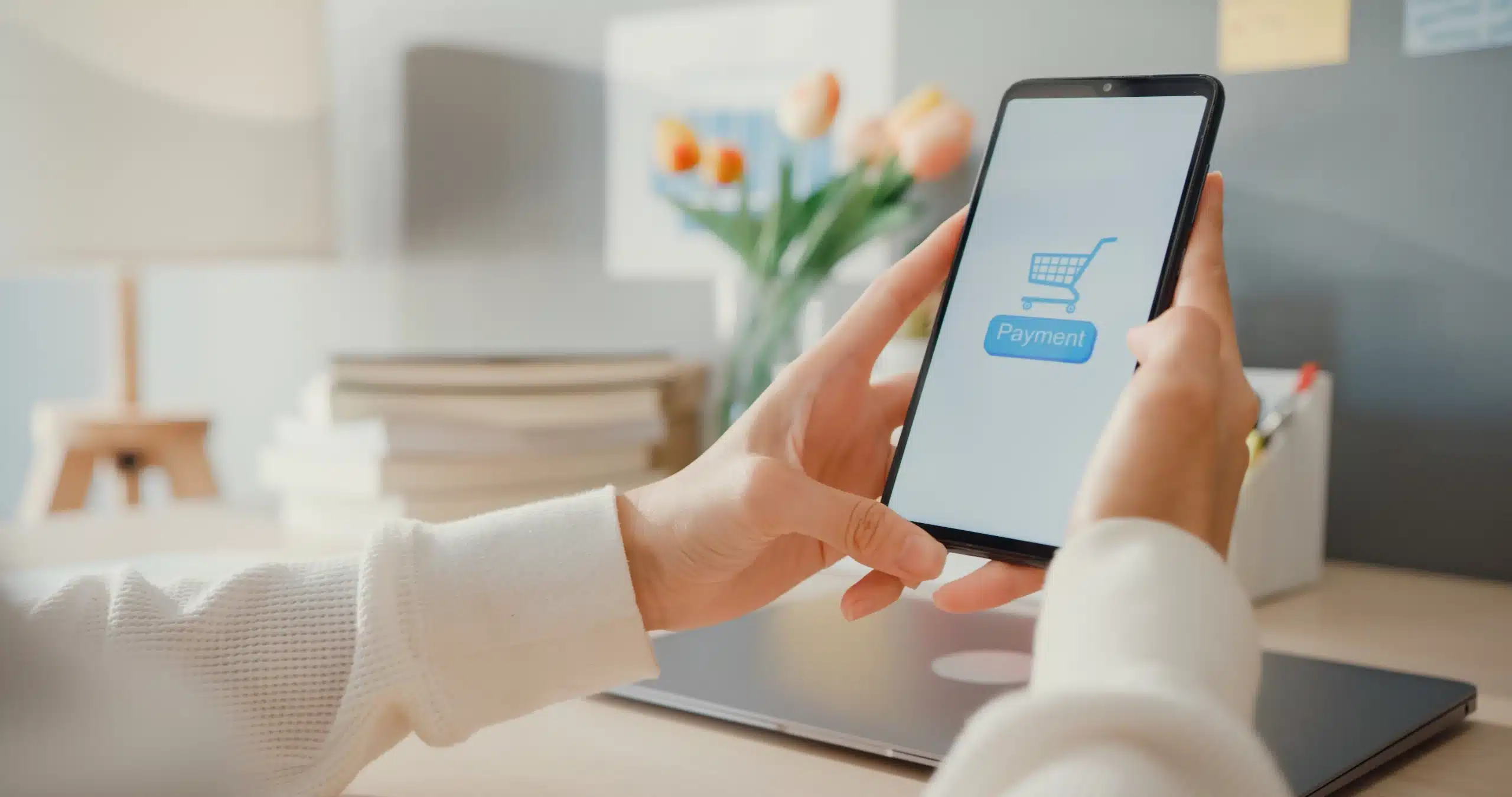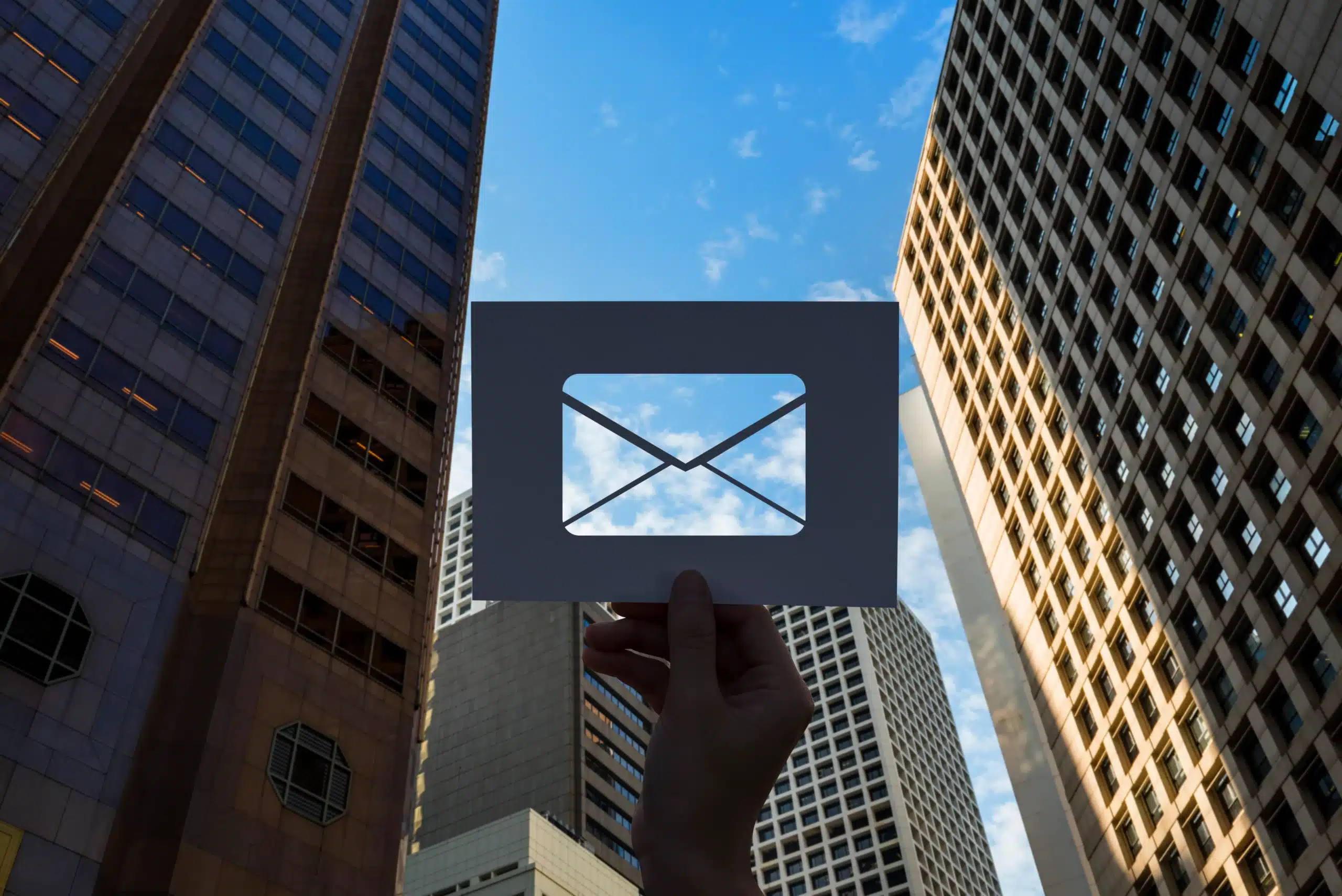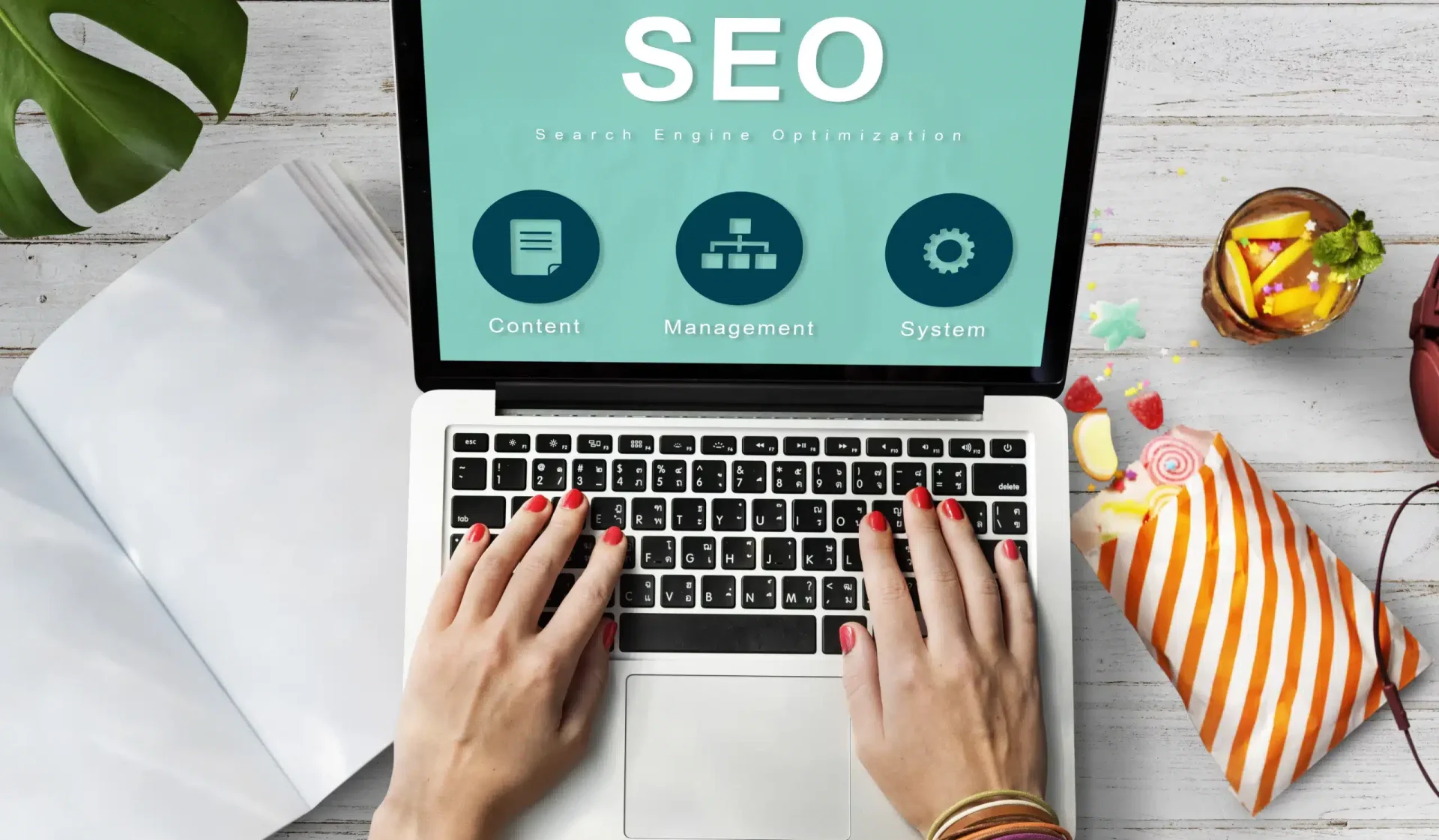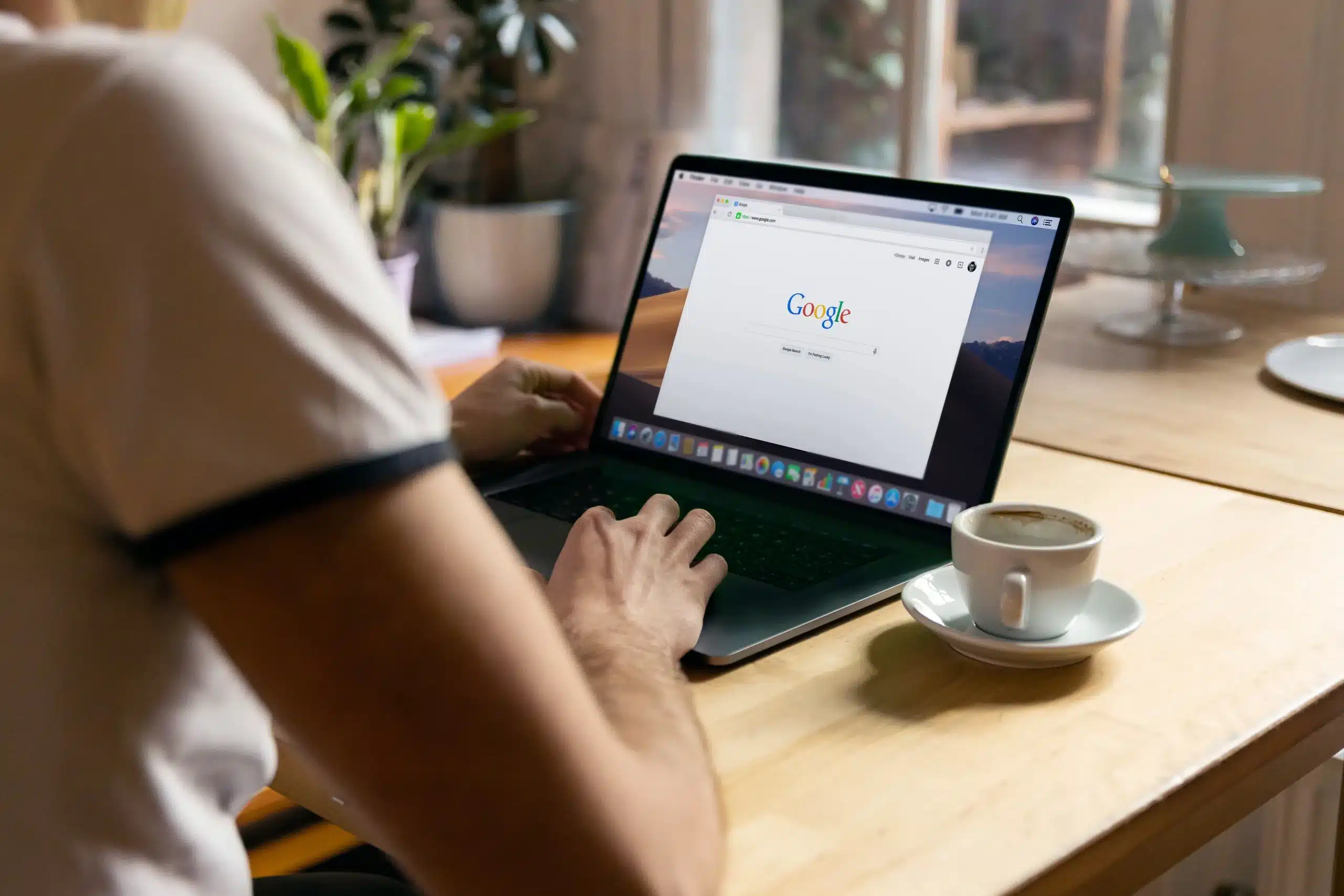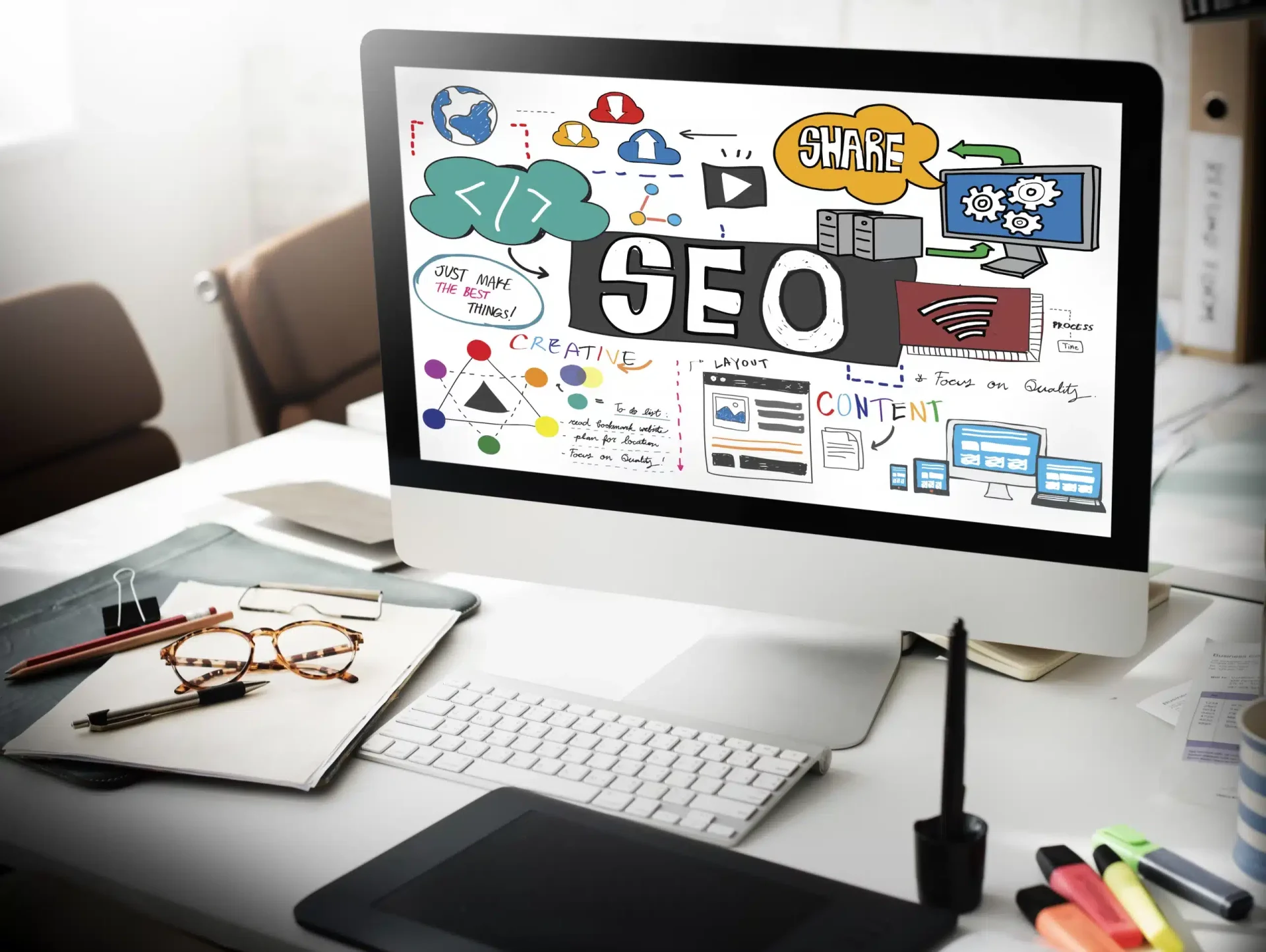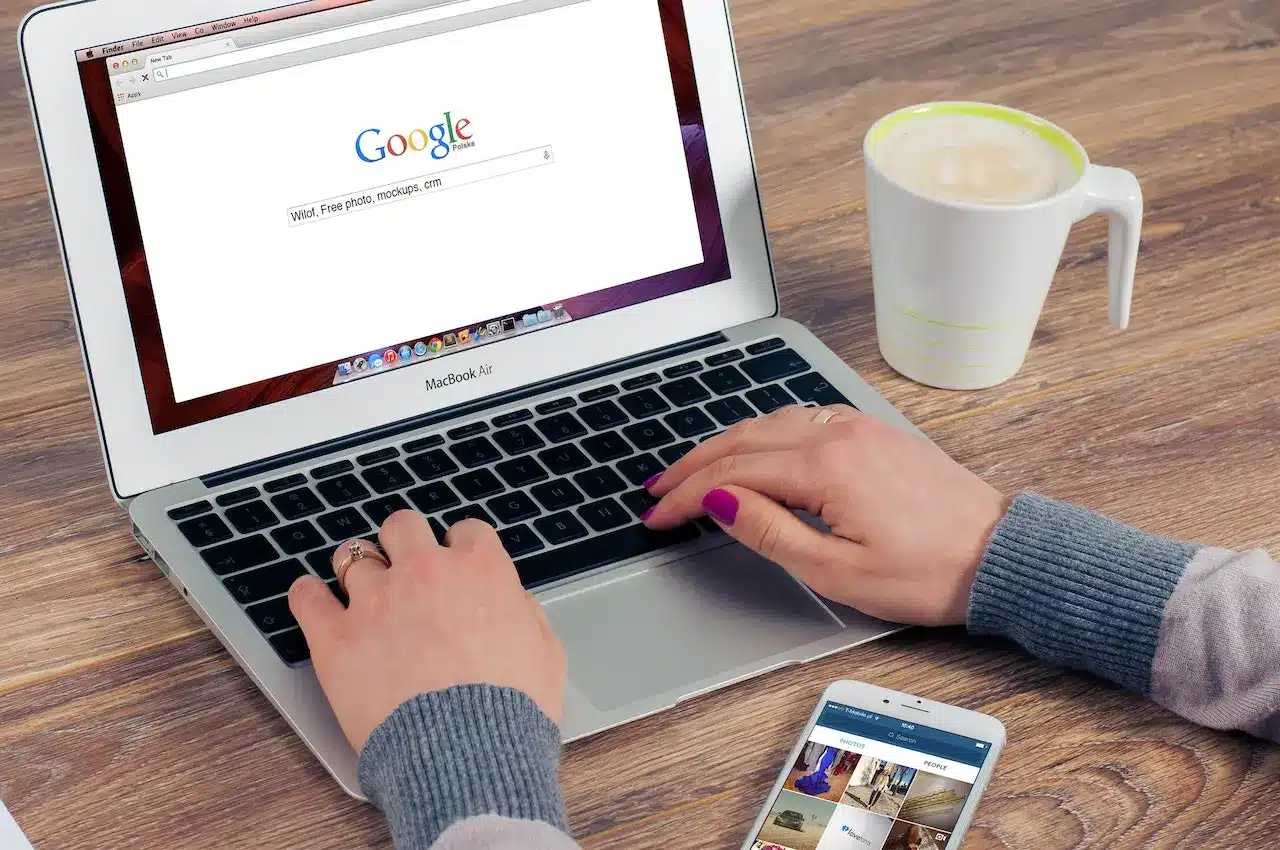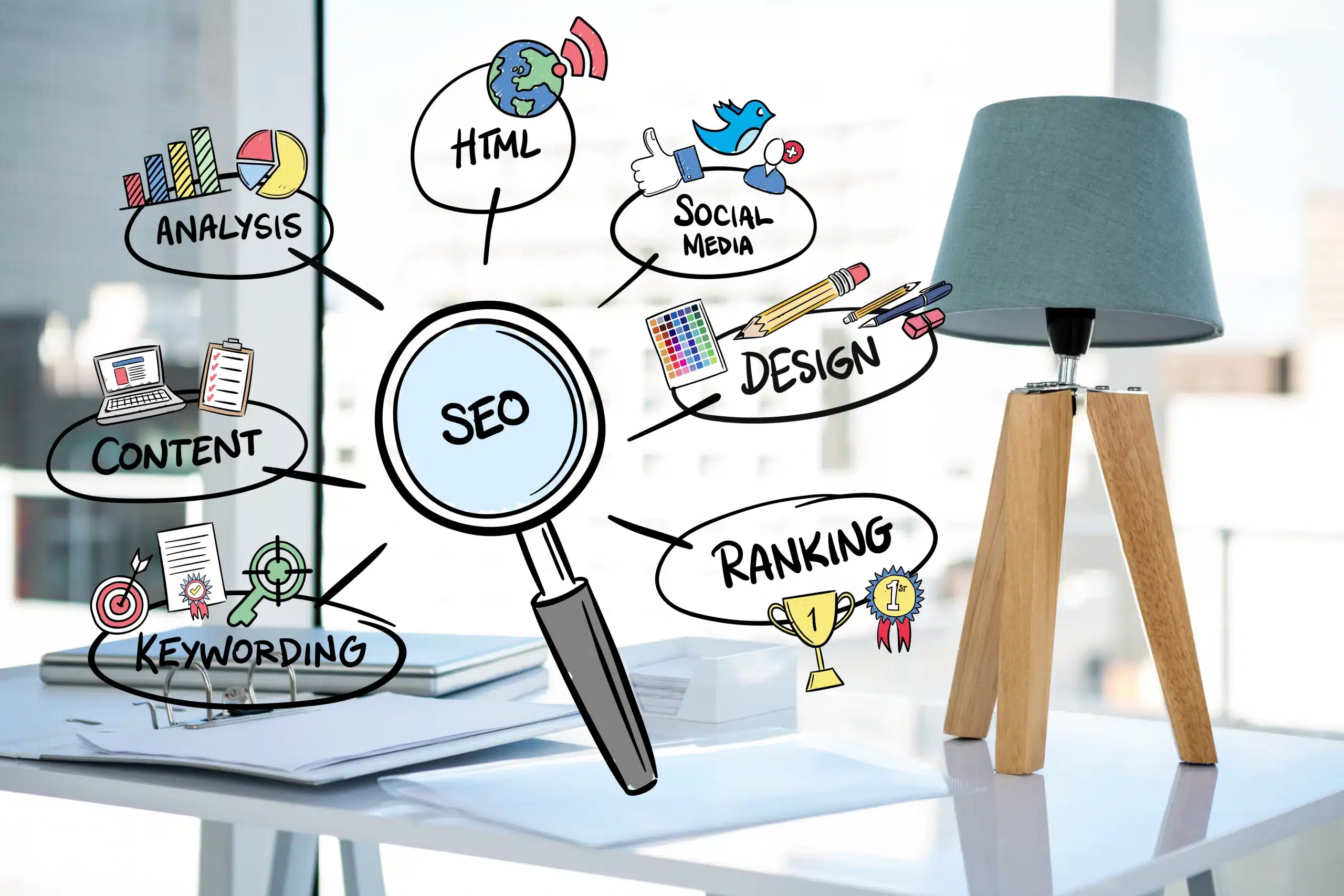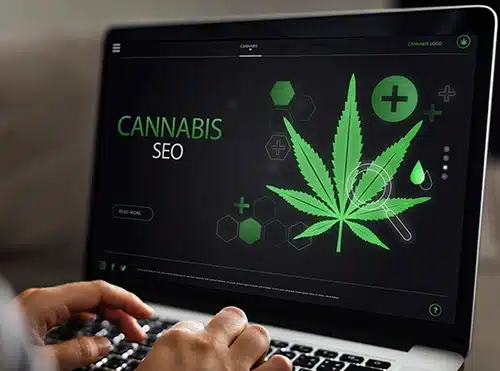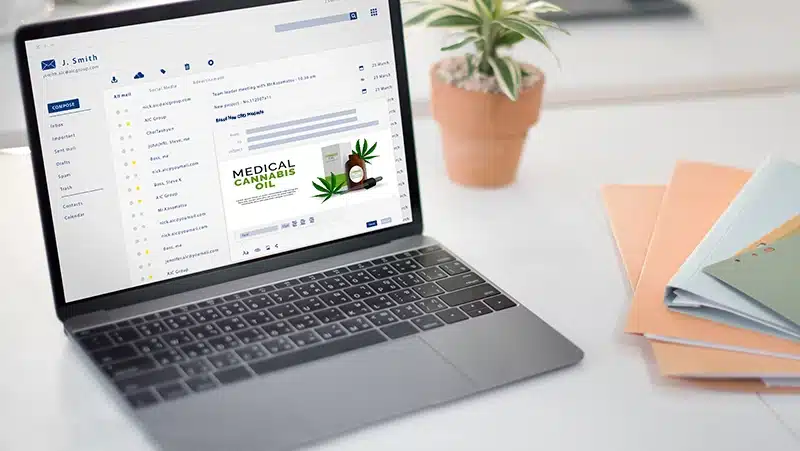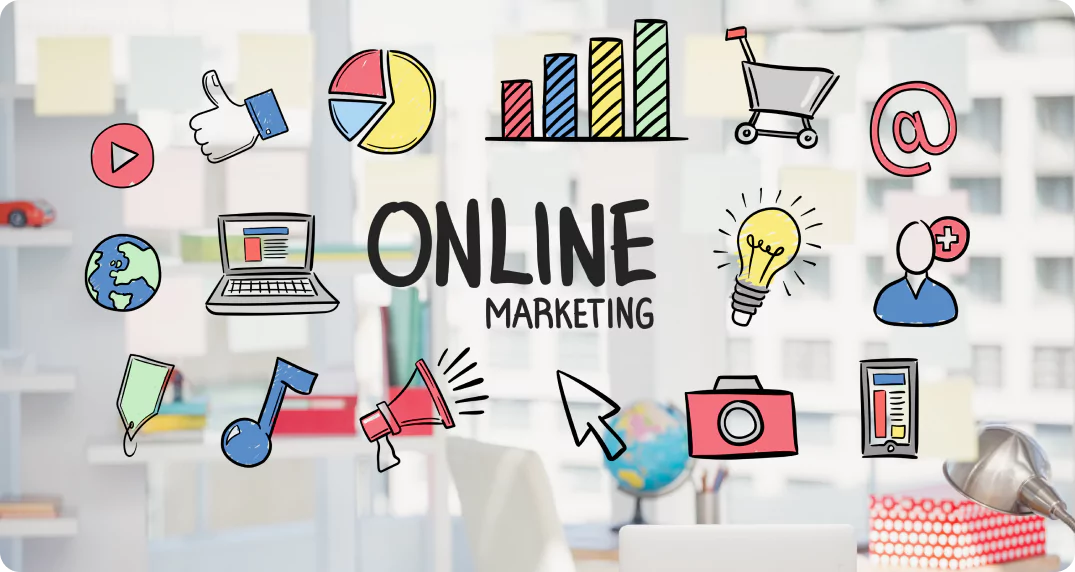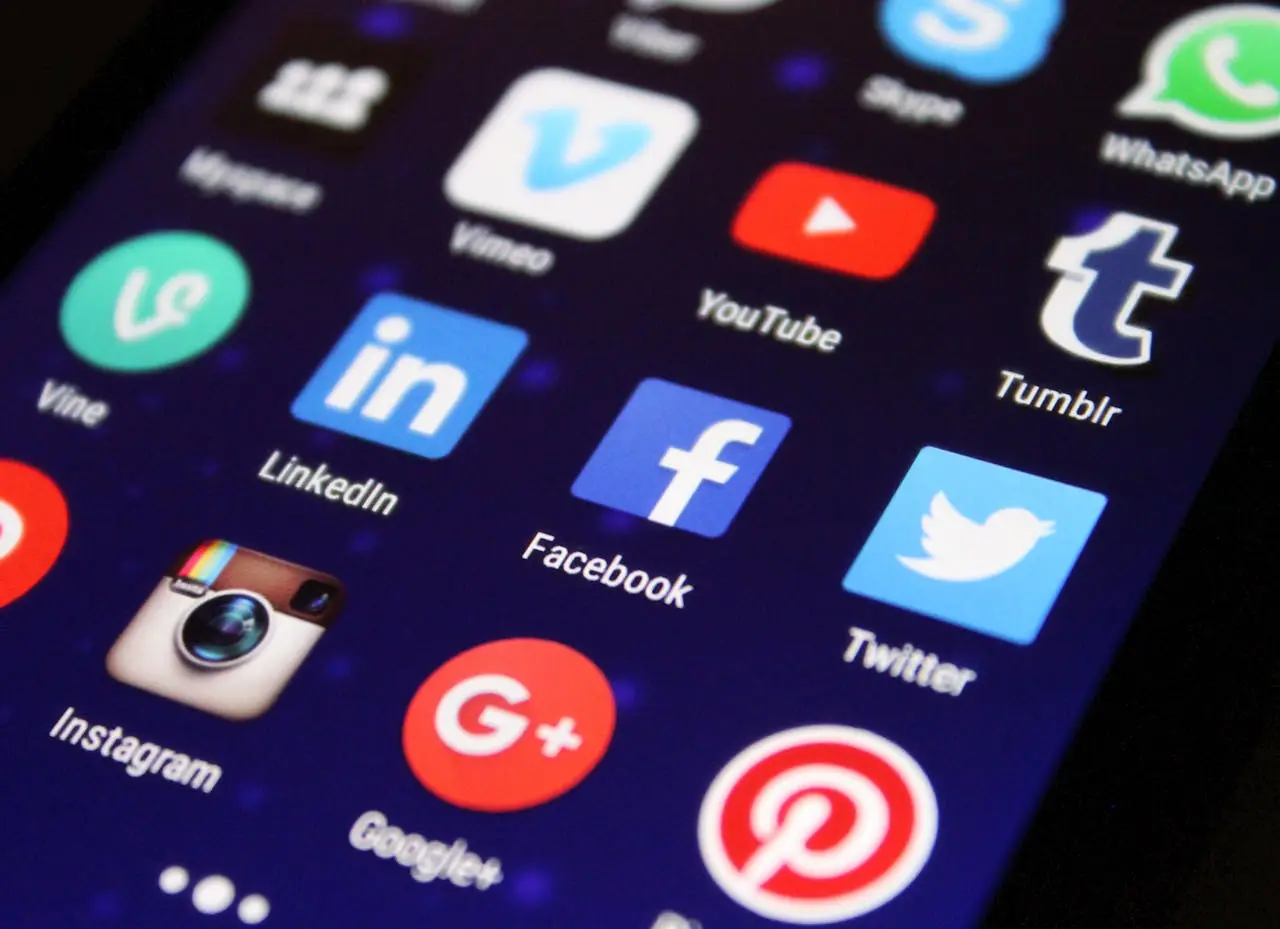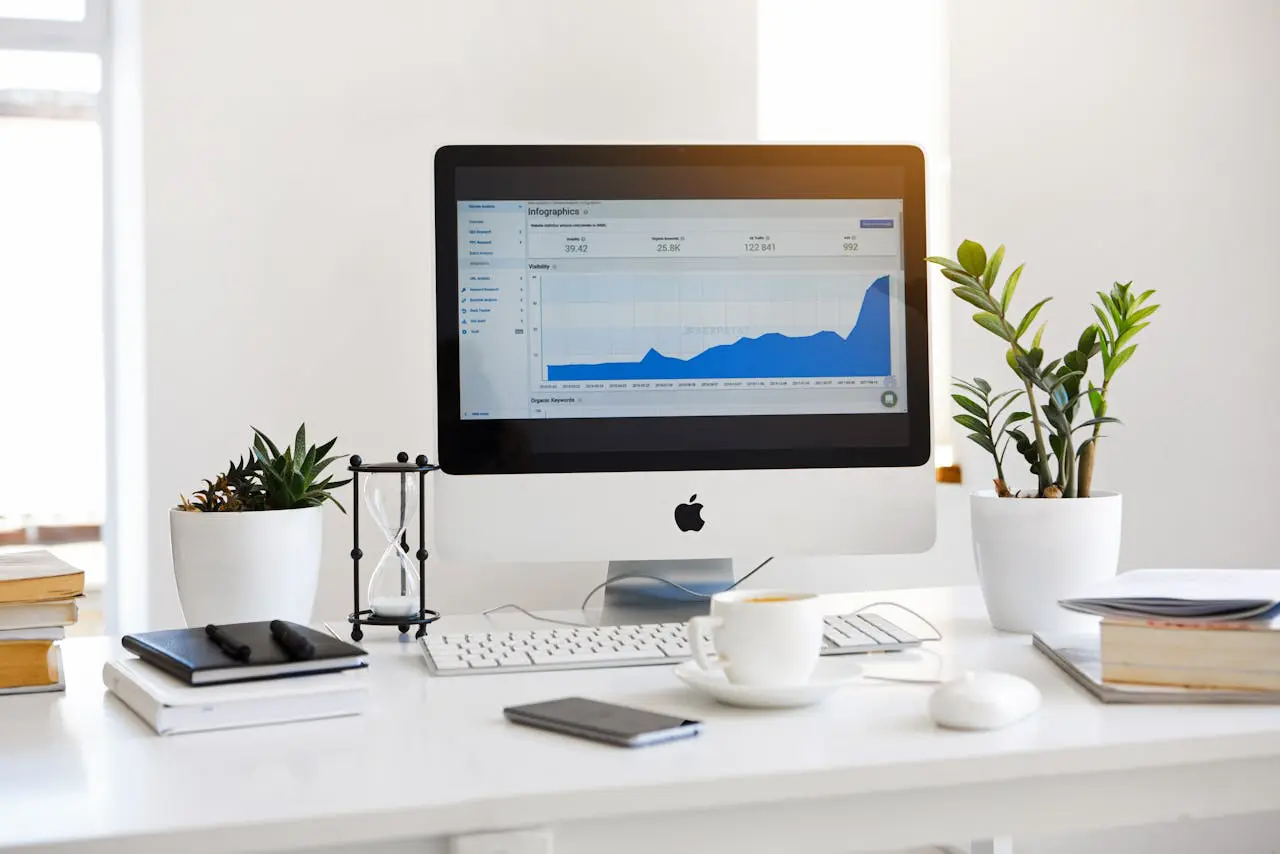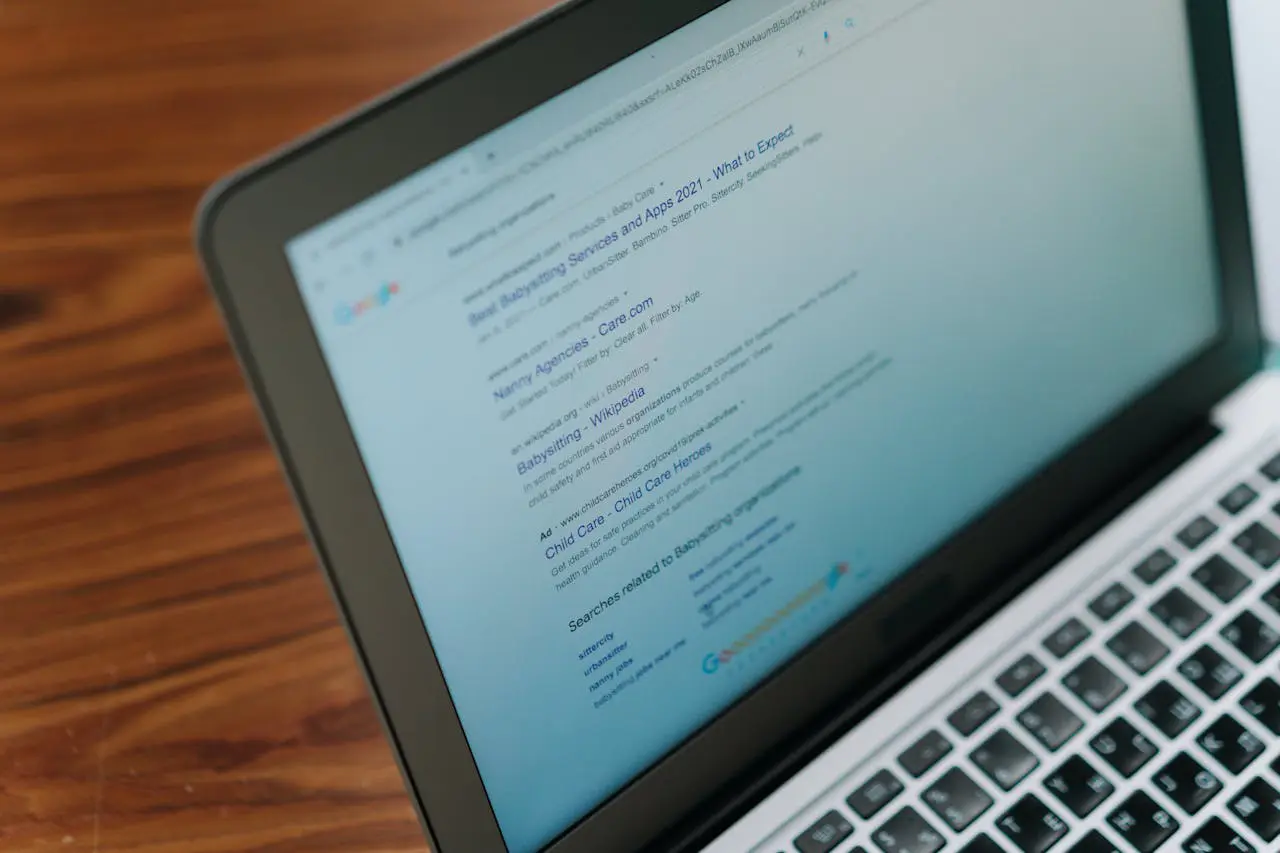Listen to article
Navigating the world of B2B marketing can often feel like trying to find your way through a maze, especially when you’re trying to keep your spending in check while maximizing results. If you are a B2B marketer, you’re probably always on the lookout for ways to improve your return on investment (ROI). One key metric that can make or break your marketing efforts is cost per lead (CPL)—the amount you pay to acquire a potential customer.
With advertising costs constantly changing, staying on top of the latest cost per lead benchmarks is crucial for making informed decisions. Whether it’s understanding the average cost per click on different platforms or leveraging AI to optimize your campaigns, this article breaks down the latest B2B cost per lead benchmarks in 2025.
How Much Are B2B Marketers Spending on Advertising in 2025?
Advertising isn’t just a line item in a B2B marketing budget—it’s the engine that drives visibility, leads, and ultimately, revenue. But with costs fluctuating across platforms like Facebook and Google Ads, understanding where and how to allocate your budget is more critical than ever. Staying informed about platform benchmarks not only ensures you stay competitive but also helps you spot opportunities to outperform your peers when it comes to cost per lead (CPL).
- Facebook ads have an average cost per click (CPC) of $1.86, while Google Ads come in higher at $2.69. Source
- Within Google Ads, the average CPC is broken down further: $2.69 for search ads and just $0.63 for display ads across all industries. Source
- Small to medium-sized B2B companies typically spend between $9,000 and $10,000 per month on pay-per-click (PPC) campaigns. Source
- In general, SMEs allocate between $100 and $10,000 monthly for advertising campaigns. Source
- Facebook ads also excel in delivering results, with an average conversion rate of 9.21% across all industries. Source
Takeaway: Strategic Spending is the Key to Lower CPLs
As businesses continue to pour significant budgets into PPC campaigns, the challenge isn’t just about spending—it’s about spending wisely. While platforms like Facebook and Google offer reliable returns, optimizing your CPL demands a data-driven approach. Experiment with ad formats, leverage A/B testing, and focus on high-intent audiences to stretch your ad dollars further. The real differentiator? Looking beyond clicks to prioritize conversions and revenue-generating actions.
Avoid setting it and forgetting it. Regularly analyze your campaigns for underperforming elements, such as low-converting keywords or irrelevant targeting. Tools like Google Analytics and Facebook Ads Manager can help you uncover actionable insights, enabling you to refine your strategy and maximize ROI.
Elevating B2B Lead Generation with AI and First-Party Data Strategies
In today’s hyper-competitive B2B landscape, reducing cost per lead (CPL) requires a more sophisticated approach than ever before. Marketers are shifting toward AI-powered tools and prioritizing first-party data to not only cut costs but also increase the quality of leads. The combination of AI’s automation capabilities and the precision of first-party data allows businesses to create hyper-targeted campaigns that resonate deeply with their audience. This shift isn’t just about efficiency—it’s about reshaping how we think about lead generation altogether.
Here’s how industry leaders are leveraging these tools to stay ahead:
- Google Ads harnesses AI to optimize bids, create smarter ad content, and uncover new converting search queries with its keywordless AI in Performance Max campaigns. This ensures ads align more effectively with user intent. Source, Source
- Microsoft Advertising pushes boundaries with generative AI solutions such as Conversational Ad experiences, Ads for Chat API, and Copilot, boosting engagement and ad performance in innovative ways. Source
- First-party data enhances lead targeting while improving ad performance. For example, Google’s enhanced conversions feature leverages first-party data to refine bidding with better-informed strategies. Source
- When integrated into Google’s Performance Max campaigns, first-party audience signals further refine bidding strategies, driving stronger ROI and more tailored campaign results. Source, Source
Takeaway: Smart Marketers Are Leaning into AI-Driven Precision
AI and first-party data are more than just tools—they are a gateway to smarter, more strategic marketing that delivers impactful results. By blending AI’s predictive capabilities with first-party data’s rich insights, businesses can craft campaigns that not only reduce CPL but also foster higher-quality leads that drive conversions. The implications are vast: marketers can pivot from reactive strategies to proactive, data-driven approaches that continuously evolve as customer behaviors shift.
For businesses looking to enhance their lead generation strategies even further, considering a broader B2B website strategy can provide a solid foundation. By aligning your website design, content, and SEO with your lead generation goals, you can create a seamless user experience that converts visitors into qualified leads.
Amplify your AI-powered campaigns by building a robust first-party data collection system. From website interactions to CRM integrations, regularly clean and enrich this data to ensure your AI tools operate on the most accurate, actionable insights possible.
How Increasing B2B PPC Budgets are Shaping Cost Per Lead
As digital advertising becomes increasingly integral to B2B marketing strategies, PPC budgets are seeing significant growth. This surge is not just about companies spending more—it’s a reflection of the competitive nature of gaining visibility and driving qualified leads in the crowded digital marketplace. By keeping an eye on these trends, marketers can better anticipate how cost per lead (CPL) evolves and adapt their strategies accordingly.
- 62% of marketing teams increased their PPC budgets in the past year. Source
The upward trend in PPC investment signals a clear acknowledgment of its ROI potential—but this also means the stakes are higher. With more businesses vying for ad placements, CPC (cost per click) inflation is inevitable, which can directly influence your overall CPL. Staying competitive requires not only boosting budgets but also refining ad targeting, testing creative variations, and leveraging analytics to identify high-performing campaigns. Regularly audit your PPC campaigns to ensure ad dollars are driving the best results. Focus on strategies like negative keyword optimization, A/B testing ad copy, and allocating higher budgets to your top-performing channels. This approach helps balance the rising competition without letting your CPL spiral out of control.
Leveraging Content and Video to Drive Down B2B CPL
The way B2B buyers engage with content has fundamentally shifted. Today’s decision-makers prioritize self-education, turning to content and video resources to inform purchasing decisions long before they interact with a salesperson. For marketers, this presents both a challenge and an opportunity: to provide the right type of content at the right stage of the buyer’s journey. By understanding consumption habits and strategically using video, you can transform your content marketing efforts into a cost-effective lead-generation engine.
- 47% of B2B buyers review three to five pieces of content before even considering talking to a salesperson. Source
- Content marketing costs 62% less than traditional marketing while generating three times as many leads. Source
- Companies publishing at least 16 articles per month generate leads 4.5 times faster while driving a 55% increase in organic search traffic. Source
- 69% of B2B marketers plan to increase investments in video marketing in 2024. Source, Source
- Businesses utilizing video see 49% faster revenue growth compared to those that don’t. Source
- 88% of B2B buyers have used video to research a company’s products or services in the past three months. Source
Takeaway: Mastering the Art of Content and Video Tailoring
The data is clear: B2B marketing success hinges on delivering valuable, consistent content and embracing video as a core component of your strategy. But effective content isn’t just about quantity—it’s about relevance and timing. Think beyond generic blog posts or product videos and focus on creating resources that address specific pain points at each stage of the buyer’s journey. From educational webinars to thought leadership articles to product demos, every piece of content serves a purpose in guiding your audience toward conversion.
Pro Tip:
Don’t overlook refinement. Use analytics tools to monitor performance and identify which topics, formats, and platforms drive the best engagement. Refine your video scripts with SEO keywords, experiment with calls-to-action (CTAs) in your content, and repurpose standout pieces across multiple channels to maximize ROI—without increasing production costs.
Powering B2B Lead Generation with Mobile and Location-Based Strategies
Mobile technology and location-based targeting are no longer just “nice-to-have” features in B2B marketing—they’re pivotal for staying competitive in a fast-moving digital landscape. With mobile usage dominating internet traffic and location-based ads driving unparalleled engagement, B2B marketers who neglect these strategies risk falling behind. By leveraging mobile-first approaches and hyper-local ad targeting, businesses can meet their audiences where they are—both digitally and geographically—and optimize their campaigns for a stronger ROI.
- Mobile devices are now the preferred way to shop and access products, so businesses need to develop mobile-specific marketing strategies to stay competitive. Source
- Global mobile ad spending is projected to reach nearly $399.6 billion by the end of 2024. Source
- By 2029, mobile is projected to account for 61% of all ad spending in the search advertising market. Source
- Mobile users account for 52% of PPC ad clicks. Source
- Location-specific digital ad campaigns are significantly more effective, being 20 times more successful than traditional banner ads that are not location-based. Source
Takeaway: Invest in Precision for Bigger Payoffs
For B2B marketers, the shift towards mobile-first and location-based strategies signals a clear opportunity to streamline cost per lead (CPL) while driving higher engagement. A mobile-optimized experience is no longer optional—it’s a baseline expectation for decision-makers. Pairing this with geographic targeting allows you to deliver more relevant and timely messages, creating a personalized touch that outperforms generic campaigns. As we head deeper into the mobile-first era, success will belong to marketers who adapt quickly, prioritize relevance, and invest in tools that enhance these strategies.
Pro Tip:
Don’t stop at location and device targeting. Level up by combining these tactics with audience segmentation based on behavioral data, such as browsing habits or purchase intent. This layered approach ensures your ads land in front of the right person, at the right time, and in the right place. To maximize efficiency, businesses may also consider outsourcing SEO services or other specialized marketing functions, enabling them to focus on strategy while leveraging expert support.
Harnessing the Power of High-Intent Searches for Smarter Lead Generation
When it comes to generating high-quality B2B leads at a lower cost, targeting high-intent searches is a strategy that delivers measurable results. These searches, made by users actively looking for specific solutions, represent a golden opportunity to connect with prospects who are already deep in their decision-making process. By aligning your campaigns with these queries, you’re not just driving traffic—you’re bringing in leads primed for conversion.
- 65% of all high-intent searches result in an ad click, proving their effectiveness in connecting businesses with engaged prospects. Source
Focusing on high-intent searches is akin to prioritizing quality over quantity—reaching fewer, but significantly more valuable prospects. This approach helps reduce wasted ad spend while maximizing your ROI. Take your efforts a step further by layering in advanced audience targeting. Combine intent-based keywords with demographic or firmographic data to ensure your ads are reaching decision-makers who are most likely to convert.
Conclusion
Navigating B2B cost per lead benchmarks in 2025 isn’t just about cutting spend — it’s about unlocking smarter growth. From refining ad targeting to embracing AI and first‑party data, every step you take can lower your CPL and amplify ROI.
At Scopic Studios, our PPC specialists know how to squeeze maximum results out of every dollar. We build high‑impact campaigns that reduce wasted spend, increase qualified leads, and keep your marketing future‑ready. Ready to cut your CPL and scale your campaigns? Partner with our PPC experts today and see measurable results faster.
About Creating Cost per Lead Benchmarks for B2B Marketing in 2025
This guide was written by the Scopic Studios team and reviewed by Araksya Hakobjanyan, SEO Lead at Scopic Studios.
Scopic Studios delivers exceptional and engaging content rooted in our expertise across marketing and creative services. Our team of talented writers and digital experts excel in transforming intricate concepts into captivating narratives tailored for diverse industries. We’re passionate about crafting content that not only resonates but also drives value across all digital platforms.
Note: This blog’s images are sourced from Freepik.

